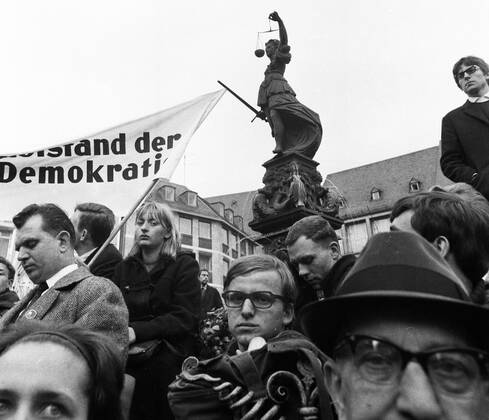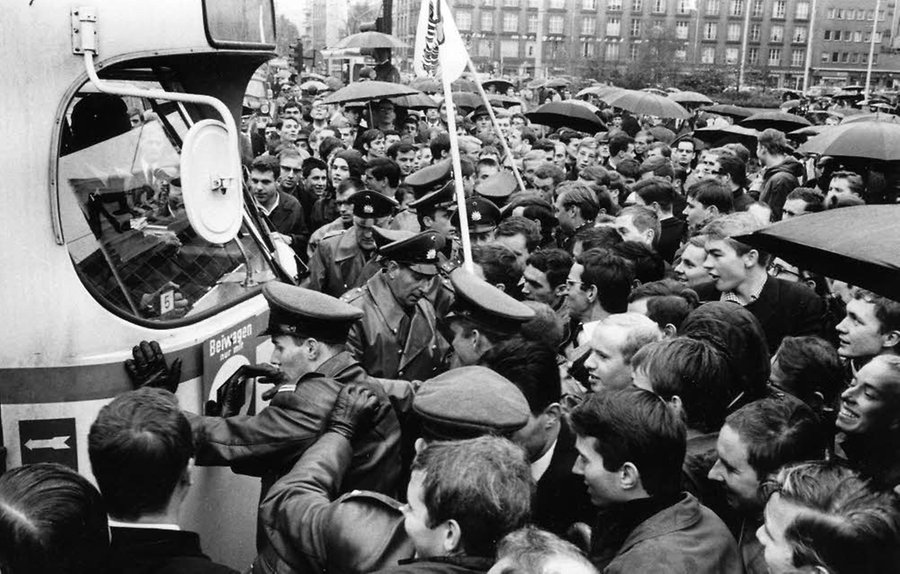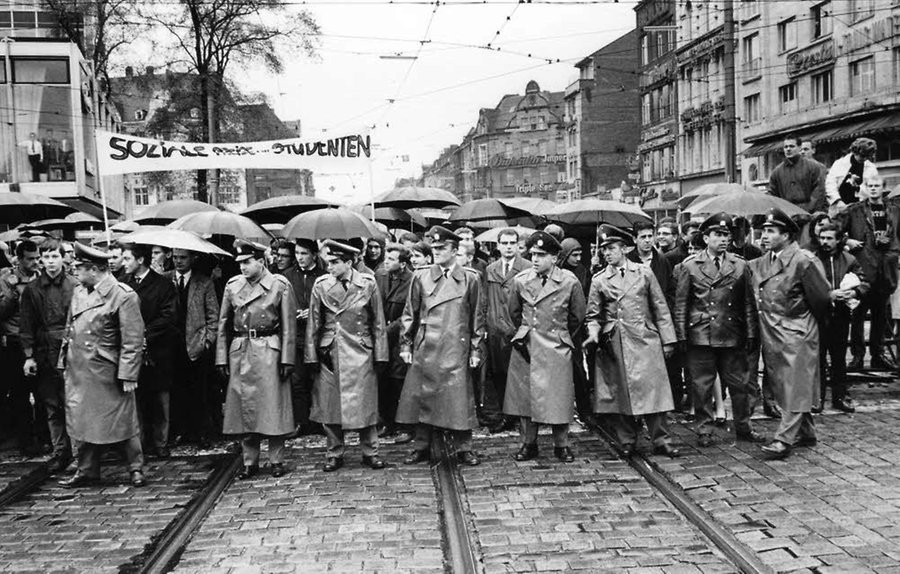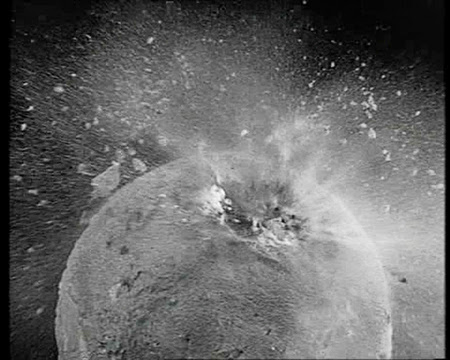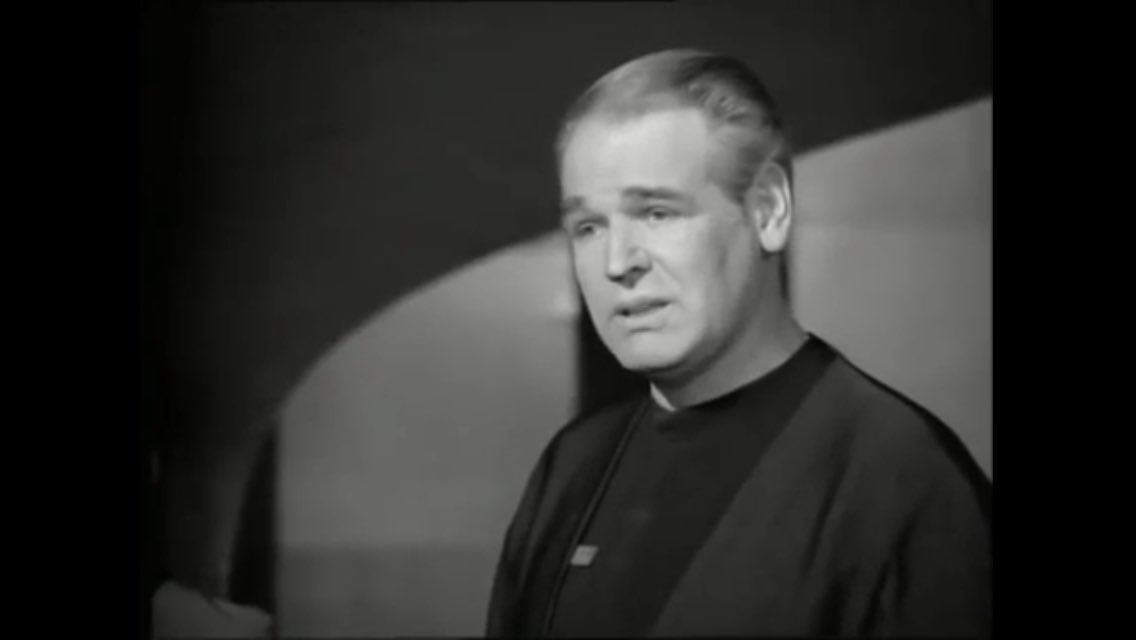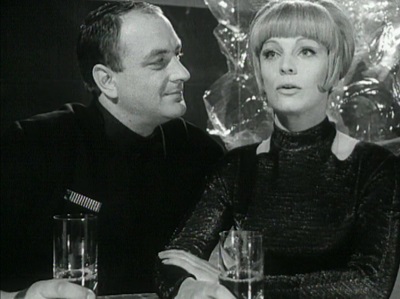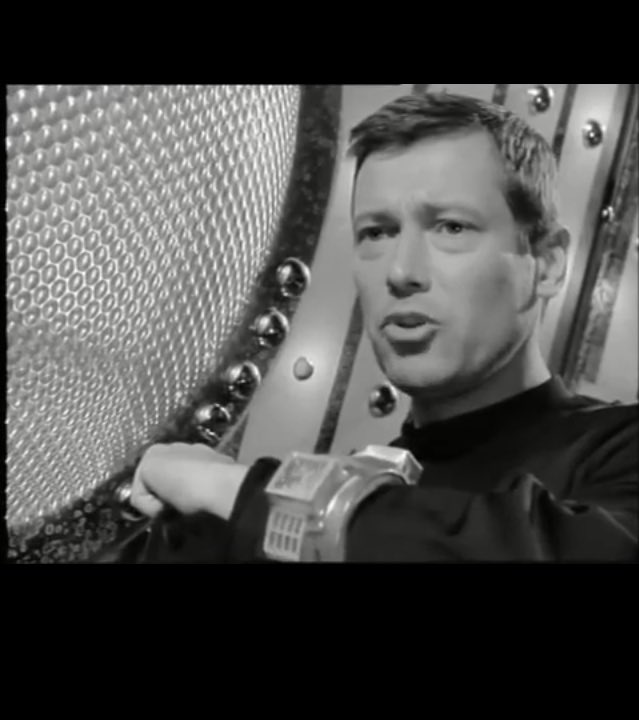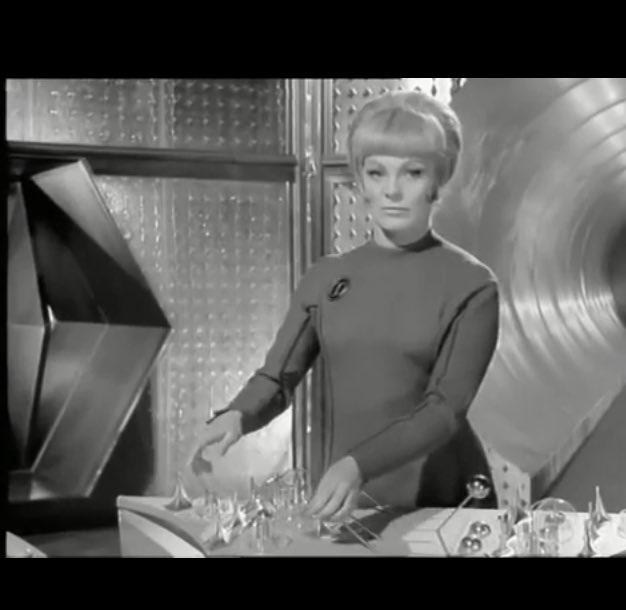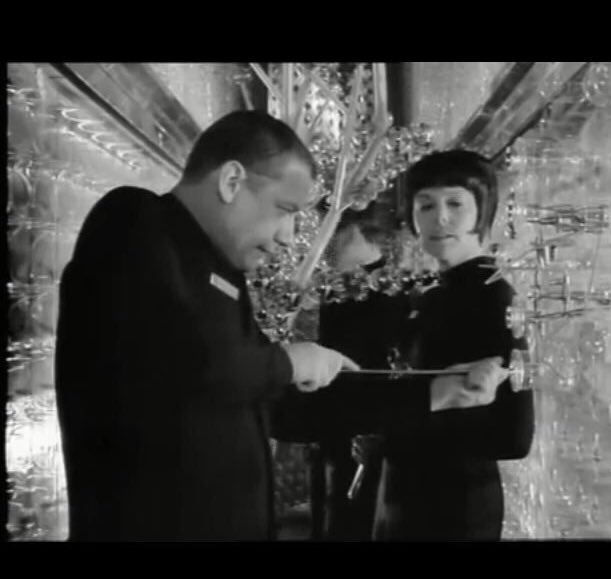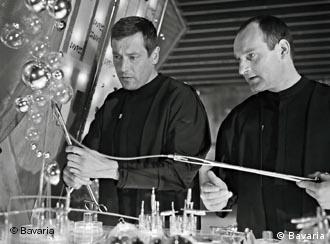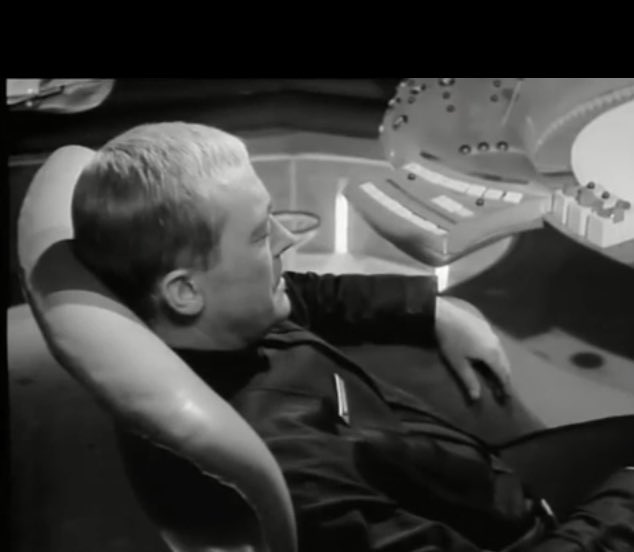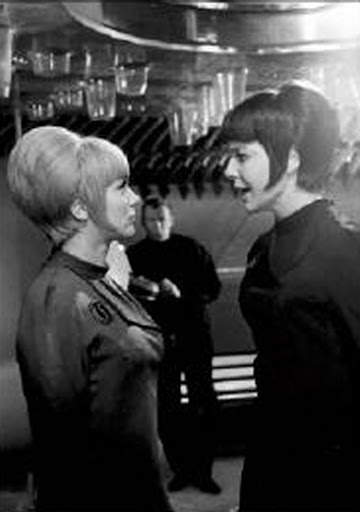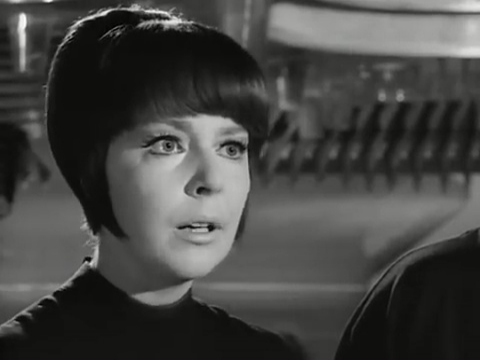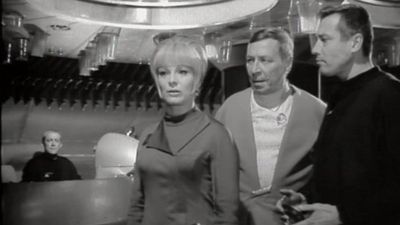
by Cora Buhlert
Contempt of Court
Do you remember the would-be revolutionaries, who committed arson attacks on two department stores in Frankfurt on Main earlier this year?

The four arsonists – Andreas Baader, Gudrun Ensslin, Thorwald Proll and Hans Söhnlein – just had their day in court and decided to make a spectacle out of it. And so the four refused to stand up when the judge addressed them, they wore sunglasses and smoked cigarettes in court and answered even basic questions with nonsense. Andreas Baader and Gudrun Ensslin, who are lovers even though they both have children with other people, even made out in court. As a result, Andreas Baader and Hans Söhnlein found themselves jailed for contempt of court on the first day of the trial.

Nor were the four in any way remorseful, but claimed that the attempted arson was a revolutionary act against capitalist consumption which is designed to destroy wealth by persuading people to buy things they don't need. Unsurprisingly, that defence did not stand up in court.
The trial ended as was to be expected, with the four young arsonists sentenced to three years in prison each, which prompted Thorwald Proll to threaten to burn down the courthouse, once again demonstrating his utter lack of remorse.
A Hail of Cobblestones
Only four days after the end of the arson trial, one of the lawyers involved, 32-year-old Horst Mahler, found himself on trial in West Berlin, about to have his licence revoked for taking part in the violent protests after the shooting of student activist Rudi Dutschke.

Horst Mahler has represented many leftwing activists in court and so about one thousand young people gathered outside the courthouse in the Charlottenburg neighbourhood of West Berlin to protest Mahler's treatment by the legal system. Sadly, as has happened with so many protests in recent times, the situation quickly escalated into violence.
But while in most cases, the violence was instigated by the police, this time around the police were the victims. For a truck transporting cobblestones happened to end up directly in the middle of the protest – ironically after the police refused to let him take an alternate route according to truck driver Egon H. The protesters quickly availed themselves of the truck's cargo and began pelting the police officers with cobblestones. As a result, 130 police officers were injured, ten of them were hospitalised.

A Satisfying Slap
One of Horst Mahler's clients is Beate Klarsfeld, a 29-year-old French-German journalist and political activist. In 1960, Beate Klarsfeld spent a year as an au-pair in Paris, where she met Holocaust survivor Serge Klarsfeld, fell in love and eventually got married.

Her marriage to a Holocaust survivor turned Beate Klarsfeld into an activist against former Nazis holding political offices in West Germany. Sadly, there are many of those, including the current chancellor Kurt Georg Kiesinger.
When Kiesinger visited Paris in January 1967, Beate Klarsfeld wrote several articles for the French magazine Combat, detailing Kiesinger's actions during the Third Reich. Those articles cost Beate Klarsfeld her job, so she started agitating even more against Kiesinger.

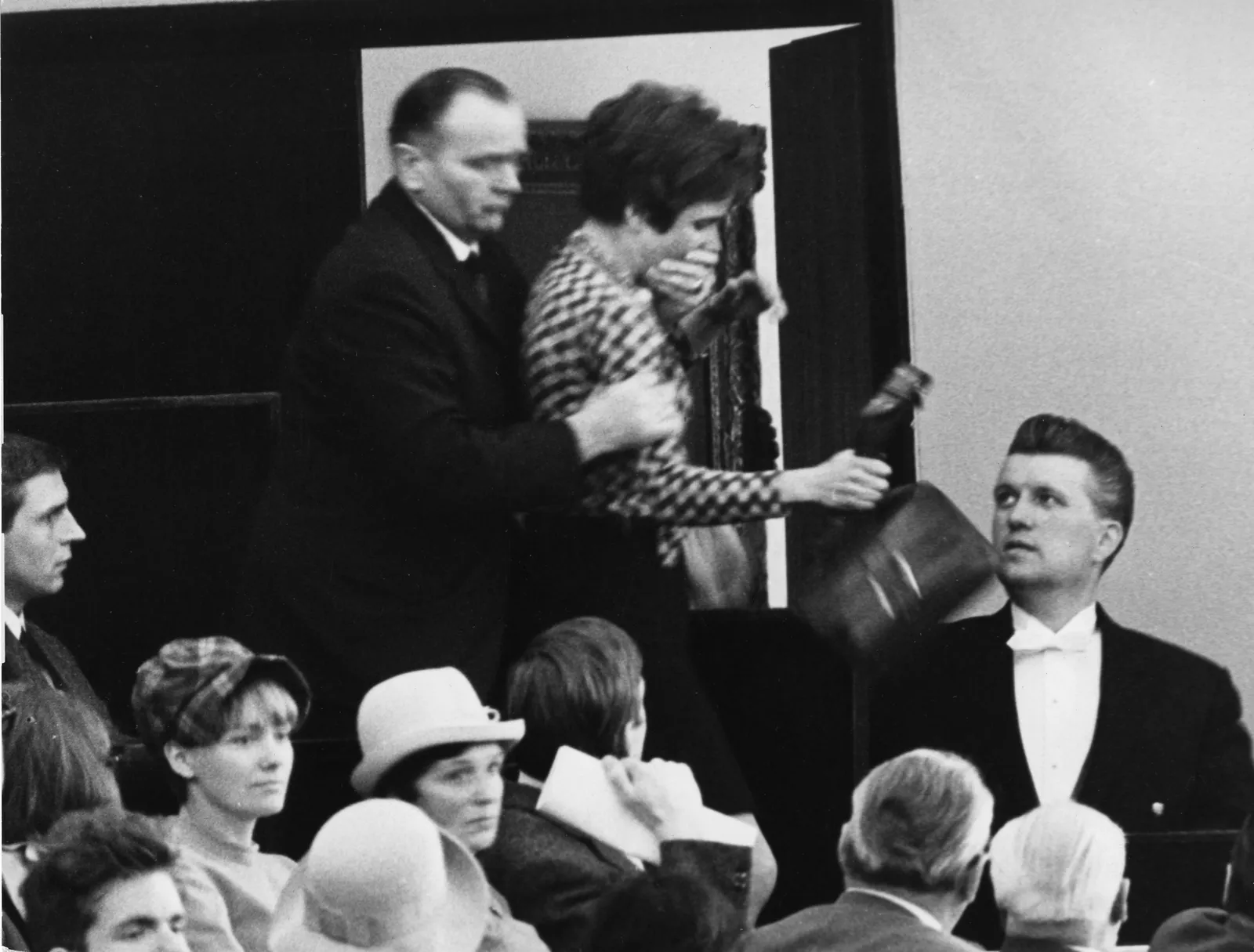
In April, Beate Klarsfeld yelled "Resign, Nazi" at Kiesinger from the public gallery of the West German parliament and was promptly arrested. Then, five days ago, Beate Klarsfeld stormed the stage during a party convention in West Berlin, yelled "Nazi, Nazi" and slapped Kiesinger. Kurt Georg Kiesinger suffered a black eye, while Beate Klarsfeld was arrested and sentenced to one year in prison on the very same day. However, because Mrs. Klarsfeld is a French citizen ever since her marriage, she is currently free.
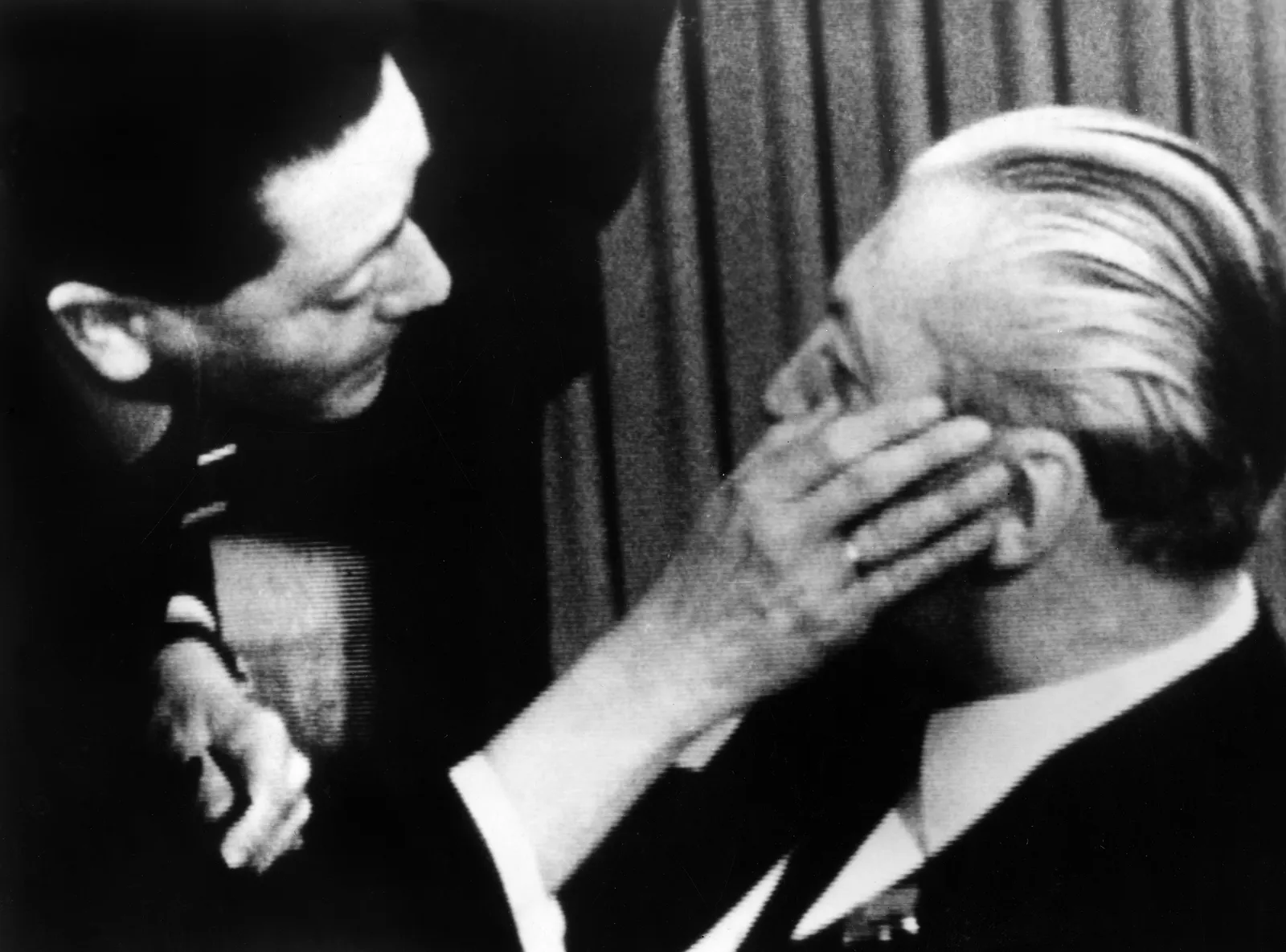
As someone who intensely dislikes Kurt Georg Kiesinger and considers him unfit for one of the highest offices in the land, because he is not just very stupid, but a former Nazi besides, I have to admit that I was inwardly cheering when I heard about the slap. Normally, I am not in favour political violence, but the many articles Beate Klarsfeld wrote about Kiesinger's Nazi past failed to have an impact, so she resorted to a more physical form of protest and I for one cannot fault her.
The Barbarian King
Besides, Kiesinger got off lightly with only a black eye, compared to Numidides, the tyrannical ruler of the prehistoric kingdom of Aquilonia, who was slain by his former general Conan the Cimmerian, whereupon Conan crowned himself king.
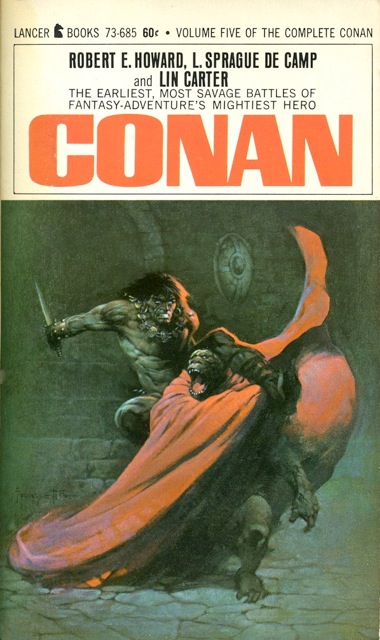
Lancer is truly doing Crom's work in reprinting Robert E. Howard's classic tales of Conan the Cimmerian, which were previously only available in the yellowing pages of more than thirty year old issues of Weird Tales or in the equally hard to find Gnome Press editions of the 1950s, in paperback form with striking covers by Frank Frazetta and John Duillo.
The Lancer Conan series also includes four complete stories that were never published in Howard's lifetime. Furthermore, series editor L. Sprague De Camp and the indefatigable Lin Carter have taken it upon themselves to complete several fragmentary Conan stories in a process they call "posthumous collaboration".
The results are a mixed bag. Even the weaker of the original Robert E. Howard tales from Weird Tales are highly entertaining, while the best are absolutely stellar. Of the Conan stories that were never published in Howard's lifetime, three are good – my favourite is "The God in the Bowl", a traditional locked room murder mystery featuring Conan as one of the suspects – but one story, "The Vale of Lost Women" is weak and shows that sometimes, stories remain unpublished for a reason. Similarly, the posthumous collaborations based on unfinished fragments once again includes some very good stories – "The Things in the Crypt", in which Conan hides in an ancient tomb and finds himself battling its mummified occupant, stands out – and some which remind us that sometimes, stories remain unfinished for a reason.
Last year, I reviewed the first two Conan volumes published by Lancer. Since then, seven more volumes have come out, assembling Howard's stories into chronological order, following Conan's life from teenaged thief to middle-aged King of Aquilonia. Howard himself wrote the stories out of order, as if recounting stories told in a bar by an old adventurer of dubious veracity. And so "The Phoenix of the Sword", the first Conan story to be published in the December 1932 issue of Weird Tales, is actually set fairly late in Conan's career, when he has just become King of Aquilonia.
The correct chronological order of the Conan stories has been debated for more than thirty years now. Even Howard himself weighed in towards the end of his too short life, in response to a fan letter by P. Schuyler Miller and John D. Clark, which was reprinted in the first of Lancer's Conan collections. But while fans might debate the correct order of the stories, it is generally agreed that the only novel-length Conan tale, The Hour of the Dragon, republished as Conan the Conqueror, is chronologically the last of the original Howard stories. And what a story it is.
A Ravaged Land
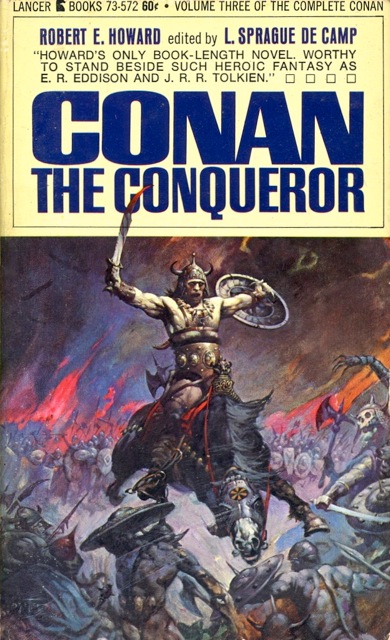
The Hour of the Dragon opens with four conspirators resurrecting the ancient sorcerer Xaltotun to enlist his aid in overthrowing Conan, King of Aquilonia. Not long thereafter, the armies of Aquilonia and its eastern neighbour Nemedia meet on the battlefield. Conan is planning to lead the charge, but just before the battle, he is struck down by Xaltotun's sorcery and taken prisoner, while his forces are vanquished. If the opening feels a little familiar, maybe that's because it is, for something very similar happened to Conan in "The Scarlet Citadel", which was reprinted in the previous volume Conan the Usurper.
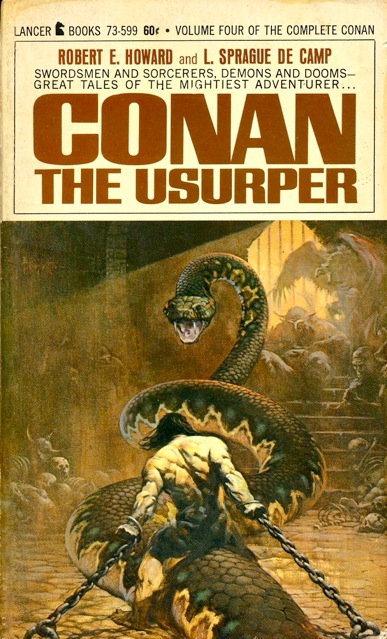
Conan is thrown into a monster-infested dungeon in Nemedia, but manages to escape with the help of a slave girl named Zenobia. He is forced to leave Zenobia behind, but promises to come back for her. It's a promise he will keep.
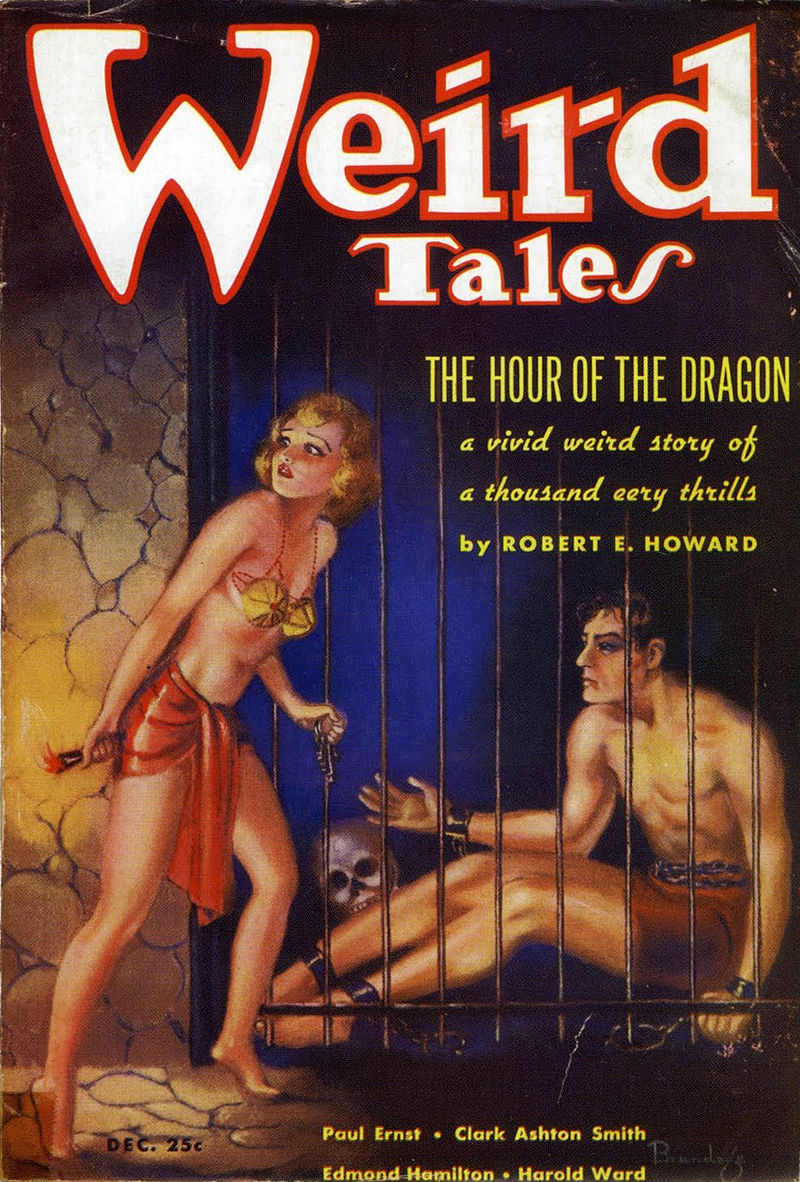
But first Conan returns to Aquilonia, only to find that Nemedian soldiers are ransacking the land and that Valerius, a descendant of Numidides, has taken the throne and is abusing the populace.
The scenes of Conan racing through the ravaged Aquilonia to return to his capital and his people are some of the best in the novel. The visceral descriptions of burned fields and pillaged villages will feel eerily familiar to anybody who has seen the devastation of World War II in Europe, even though The Hour of the Dragon predates the beginning of the war by almost four years. The sense of doom and despair and also sheer anger Conan feels at seeing the people he considers 'his' hurt are palpable.
It would be wise for Conan to keep a low profile, but standing by as his people are abused is not Conan's style. And so he saves an elderly witch from being lynched by Nemedian soldiers and later rescues the Countess Albiona, an Aquilonian noblewoman about to be executed for her continued loyalty to Conan, from the headsman's block… while disguised as the executioner.

Conan the Anti-Imperialist
Conan and Albiona make it to Poitain, the one Aquilonian province that is still free and resisting the onslaught of Valerius and the Nemedian soldiers. Count Trocero, ruler of Poitain and Conan's friend, suggests that Conan forget about the rest of Aquilonia, proclaim himself King of Poitain and carve out a new kingdom for himself from the neighbouring lands. However, this is a moment where Conan says something remarkable.
"Let others dream imperial dreams. I but wish to hold what is mine. I have no desire to rule an empire welded together by blood and fire. It's one thing to seize a throne with the aid of its subjects and rule them with their consent. It's another to subjugate a foreign realm and rule it by fear. I don't wish to be another Valerius. No, Trocero, I'll rule all Aquilonia and no more, or I'll rule nothing."
This clear repudiation of any imperialist ambitions also means that Conan the Conqueror, the title De Camp and Lancer bestowed on the novel, is a misnomer, because Conan is clearly not interested in conquering anything, he just wants his kingdom back.
Conan's Greatest Hits
However, in order to regain his kingdom, Conan first needs to find a magical gem called the Heart of Ahriman that was stolen by his enemies. So Conan sets off in pursuit and revisits the stations of his previous career as thief, mercenary soldier and pirate. While highly entertaining, these sections also feel very episodic, probably because The Hour of the Dragon was originally serialised over five issues of Weird Tales.
However, in the end Conan regains both the jewel and his throne. As for the slave girl Zenobia who helped him escape from the Nemedian dungeon, Conan has not forgotten about her, but vows to make her his queen.
All of Robert E. Howard's original Conan stories are good, but The Hour of the Dragon a.k.a. Conan the Conqueror stands a cut above the rest, probably because it revisits and combines elements and ideas from many of the previous stories.
Five stars.
The Further Adventures of Conan
Stirring as The Hour of the Dragon might be, fans have nonetheless wondered for more thirty years now what happened afterwards. Did Conan and his Queen Zenobia enjoy a long and peaceful reign, only to finally die of old age in bed? Cause that doesn't sound like the Cimmerian Barbarian we all know and love at all.
The first person who attempted to answer that question was a Swedish fan named Björn Nyberg who wrote a novel called The Return of Conan in 1957. It was republished as part of the Lancer line as Conan the Avenger.

The Return of Conan begins shortly after the events of The Hour of the Dragon. As promised, Conan returns the captured King Tarascus to Nemedia and fetches the slave girl Zenobia to make her his queen. The royal couple enjoy a few months of love and peace, until disaster strikes in the form of a winged demon who snatches Zenobia from the royal palace.
Of course, Conan sets off in pursuit which leads him to Khitai, the Hyborian age equivalent of China, whence the evil sorcerer Yah Chieng has abducted Zenobia. Along the way, Conan has many adventures, meets old and new friends and also reconnects (in the most physical sense of the word) with his old flame Yasmina, Queen of Vendya, from "People of the Black Circle". However, Conan is no longer a free Barbarian but a married man now. And so he travels onwards to Khitai and rescues Zenobia in the nick of time, just as she is about to be sacrificed to some Lovecraftian horror, a scene Frank Frazetta illustrates on the cover in his inimitable way.
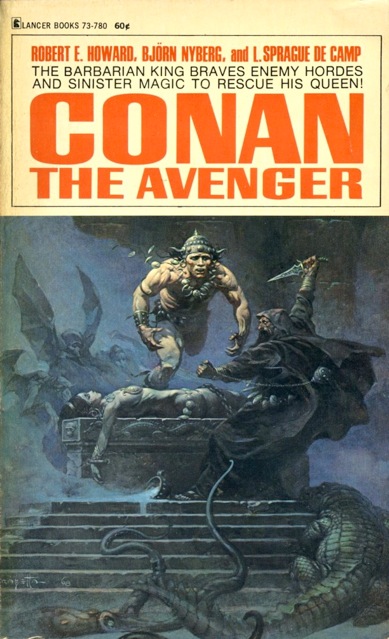
The Return of Conan is a perfectly serviceable sword and sorcery adventure, but it is only a pale imitation of the real thing. Particularly grating is that the Cimmerian deity Crom, who has previously been portrayed as an absent god who does not respond to prayers, directly aids Conan in the finale via some divine intervention.
Three stars.
Conan Goes West
For eleven years, it seemed as if The Return of Conan would be the final adventure of the Cimmerian Barbarian. This year, however, L. Sprague de Camp and Lin Carter decided to give Conan one last adventure in Conan of the Isles.
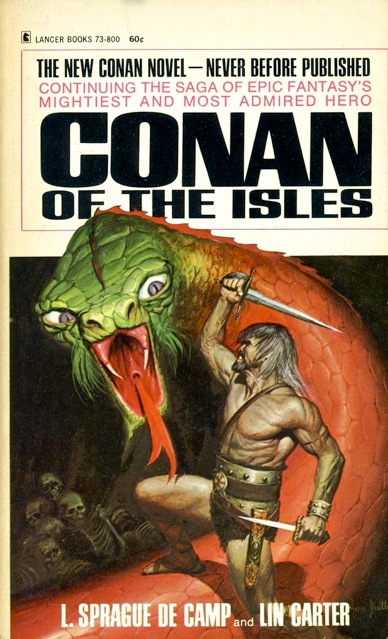
Conan of the Isles is set roughly twenty years after the events of The Hour of the Dragon and The Return of Conan. Conan is in his mid sixties by now and feeling his age. He is still King of Aquilonia, but these days there are not many challenges for a man like Conan, since he has long since dealt with any would-be usurper or aggressive neighbour. Peace reigns in Aquilonia, but while this is good for the realm, it's not good for one as restless as Conan.
What is more, Conan's Queen Zenobia died, while giving birth to his daughter. I understand why De Camp and Carter chose to write out Zenobia – death in childbirth was depressingly common even fifty years ago and Conan would never have abandoned his wife for further adventures – but killing her off-page nonetheless grates. Furthermore, there is Conan's daughter, who must still be quite young at this point. And I cannot imagine Conan abandoning his children either.
For this unnamed daughter (and couldn't Carter and De Camp at least come up with a name?) is not Conan's only child. He and Zenobia also had a son, Prince Conn, who is about twenty at the beginning of Conan of the Isles and clearly old enough to take over.
Things come to a head, when ghostly beings called the Red Shadows begin abducting Aquilonian citizens and even snatch Conan's old friend Count Trocero of Poitain directly from the royal palace in front of Conan's eyes.
Once again, it takes the abduction of one of Conan's close associates to propel him into action and leave Aquilonia. And so Conan abdicates the throne in favour of his son Conn, hires a pirate crew and sails westwards across the great uncharted ocean that we know as the Atlantic in pursuit of the red shadows and their master, the evil wizard Xotli, a descendant of the people of sunken Atlantis.
On the way, Conan has many adventures, fights off sharks and giant octopuses and goes scuba-diving in a suit made of seashells (yes, really). He finally lands on an island archipelago which might be the Azores or also the Caribbean islands and defeats Xotli, though he fails to find Trocero and the other missing Aquilonians.
In theory, Conan could now return to Aquilonia and spend the rest of his years with his children. Alas, the old adventurer's blood is still stirring and so Conan and his crew set out on their ship The Winged Serpent to the land of Mayapan even further to the west, where Conan and his ship will be known as "quetzalcoatl".
Yes, De Camp and Carter end the Conan saga by having Conan "discover" America. This would seem very preposterous, if Robert E. Howard himself hadn't mentioned in that letter to P. Schuyler Miller and John D. Clark that he envisioned Conan travelling to the American continent.
Though some scenes come close to defying my suspension of disbelief (scuba-diving, really?), Conan of the Isles is a thoroughly entertaining adventure. L. Sprague De Camp and Lin Carter are not as good as Howard, but then who is?
Three and a half stars.
Whither Conan?
Is Conan of the Isles truly the end of Conan's saga? According to L. Sprague De Camp, the answer is yes.
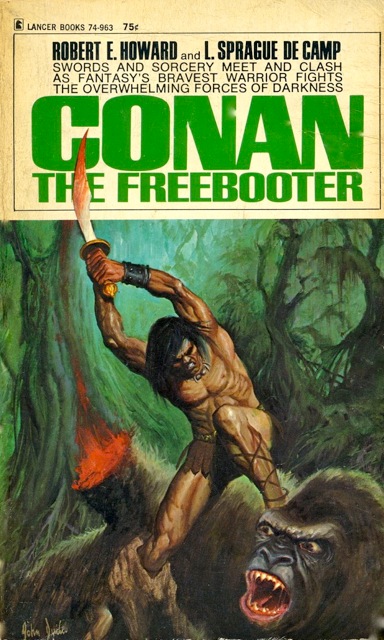
That said, there still are many blank spaces in the saga of Conan's adventures. For example, we have never seen the Battle of Venarium, where Conan first proved his mettle at the age of only fifteen. Nor have we seen how Conan actually took the throne of Aquilonia. And of course we have not seen much of Conan as a king and particularly as a husband and father either. As a matter of fact, my desire to see more of King Conan is what inspired my Kurval sword and sorcery series, while wondering what Conan would be like as a father inspired my short story "A Cry on the Battlefield".
All of these blank spaces are just begging to be filled, if not by De Camp and Carter, then by someone else. And I for one am looking forward to it.


![[November 12, 1968] The Further Adventures of the Cimmerian: <i>Conan of the Isles</i> by Lin Carter and L. Sprague De Camp and the <i>Lancer Conan</i> Series in General](https://galacticjourney.org/wp-content/uploads/2023/11/CNNFTHSLSB1968-388x372.jpg)
![[September 6, 1968] Adventures for a Dime: Science Fiction and Horror Dime Novels in West Germany](https://galacticjourney.org/wp-content/uploads/2023/09/UTOPIA_SF_568-349x372.jpg)
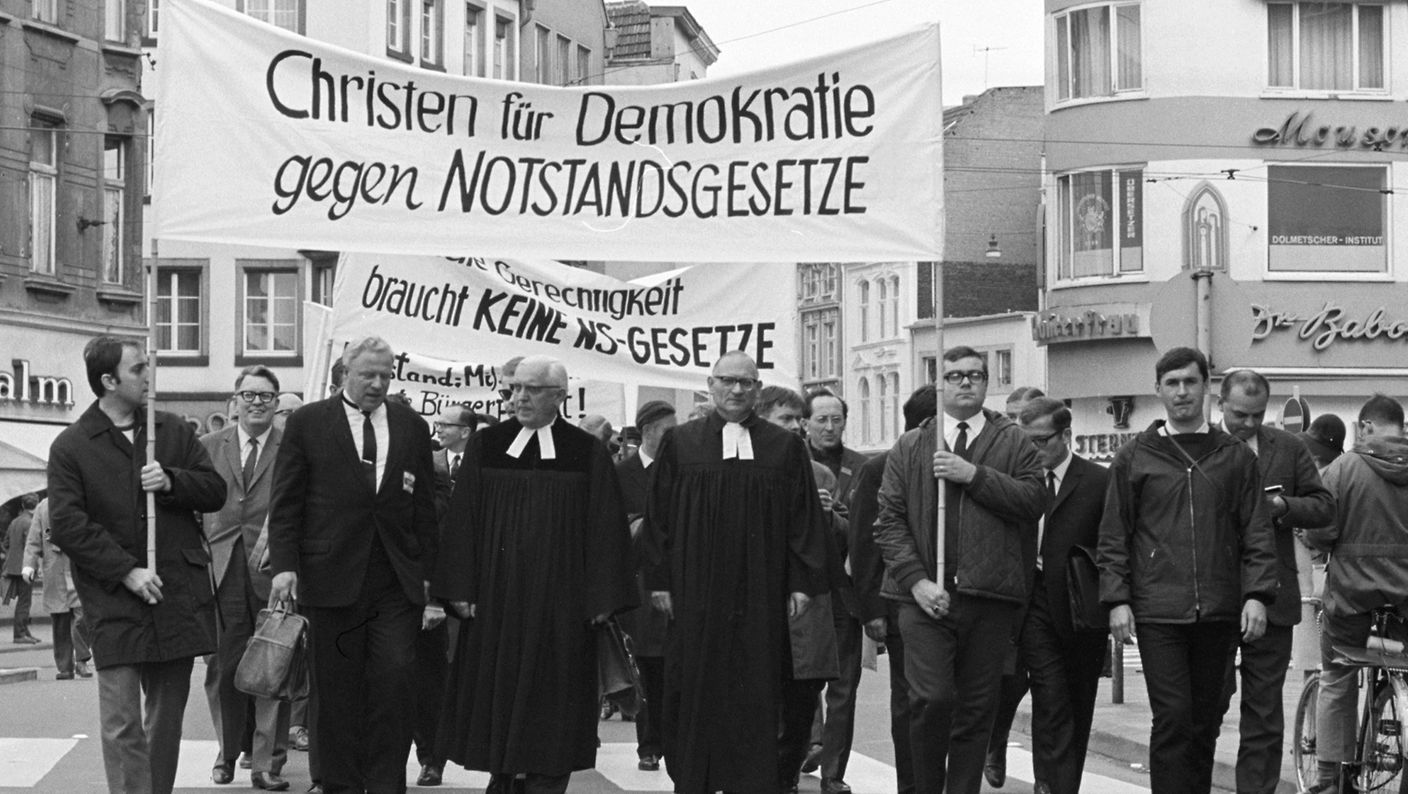
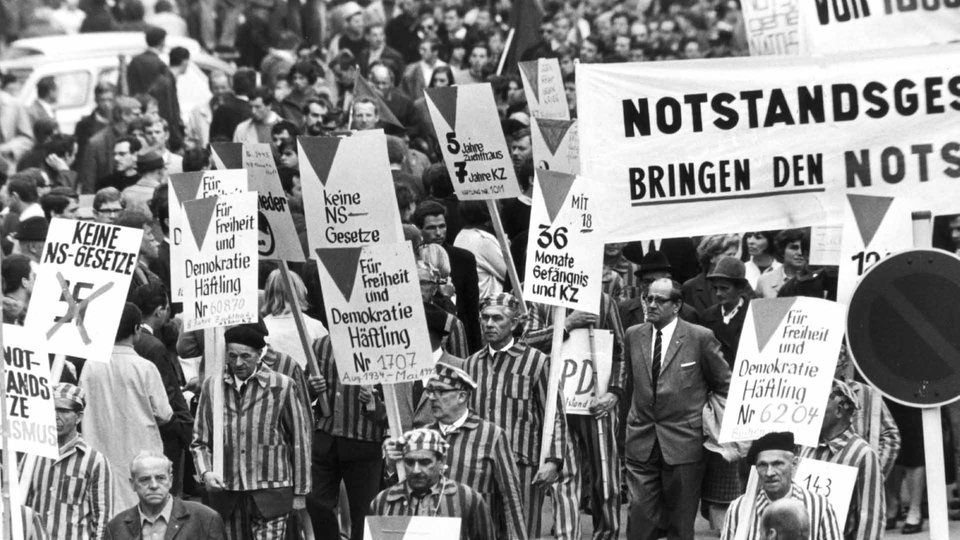
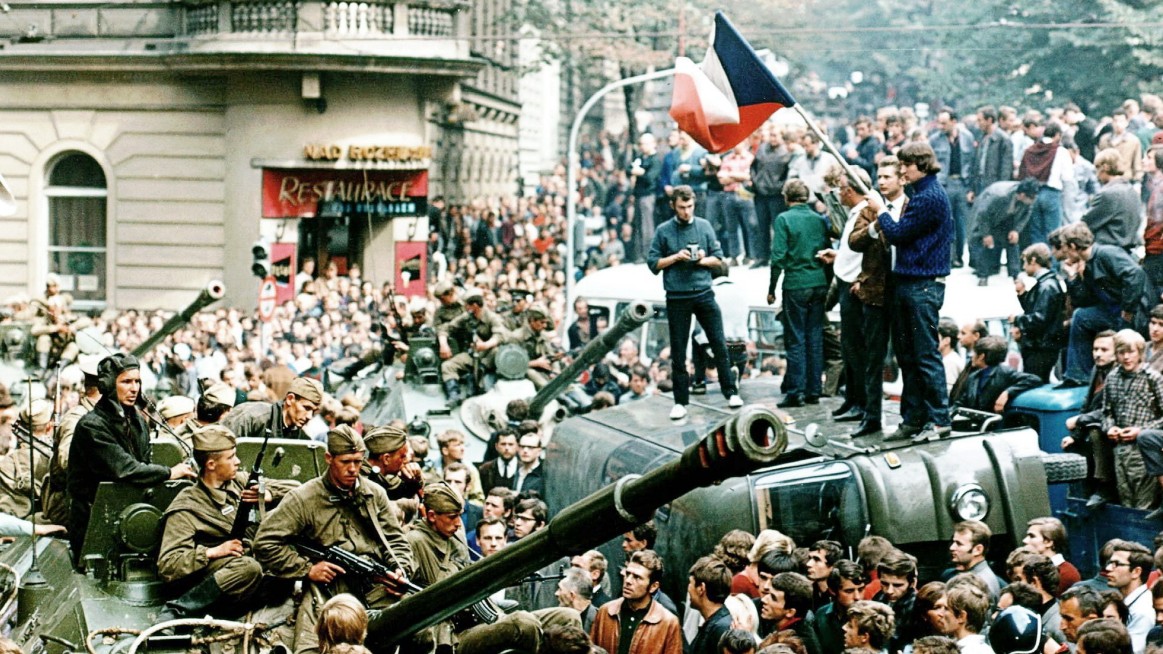

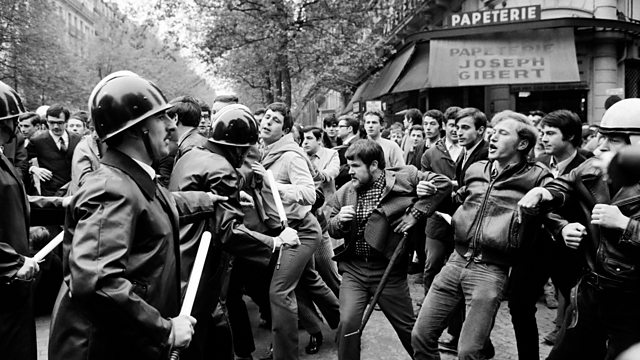
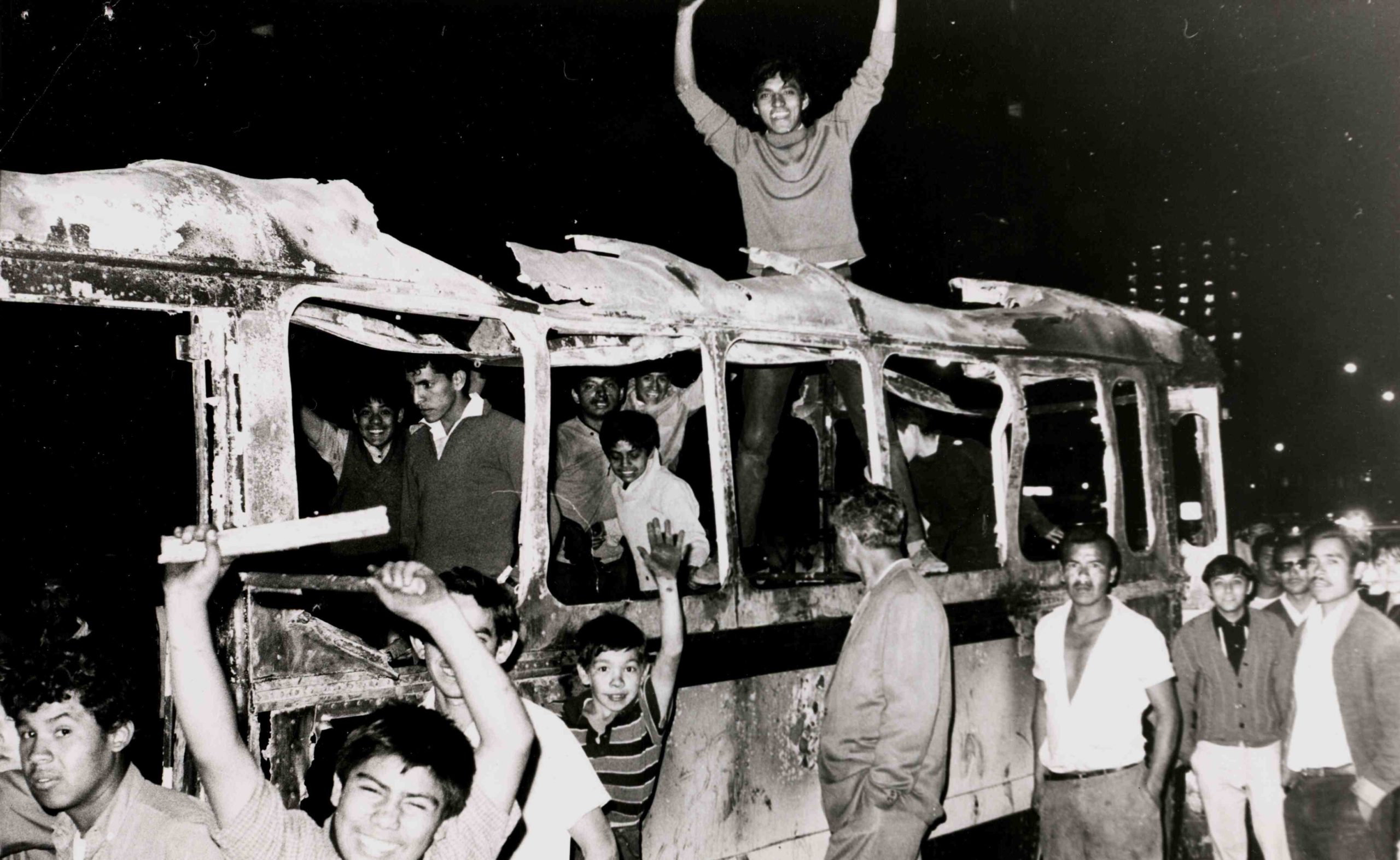
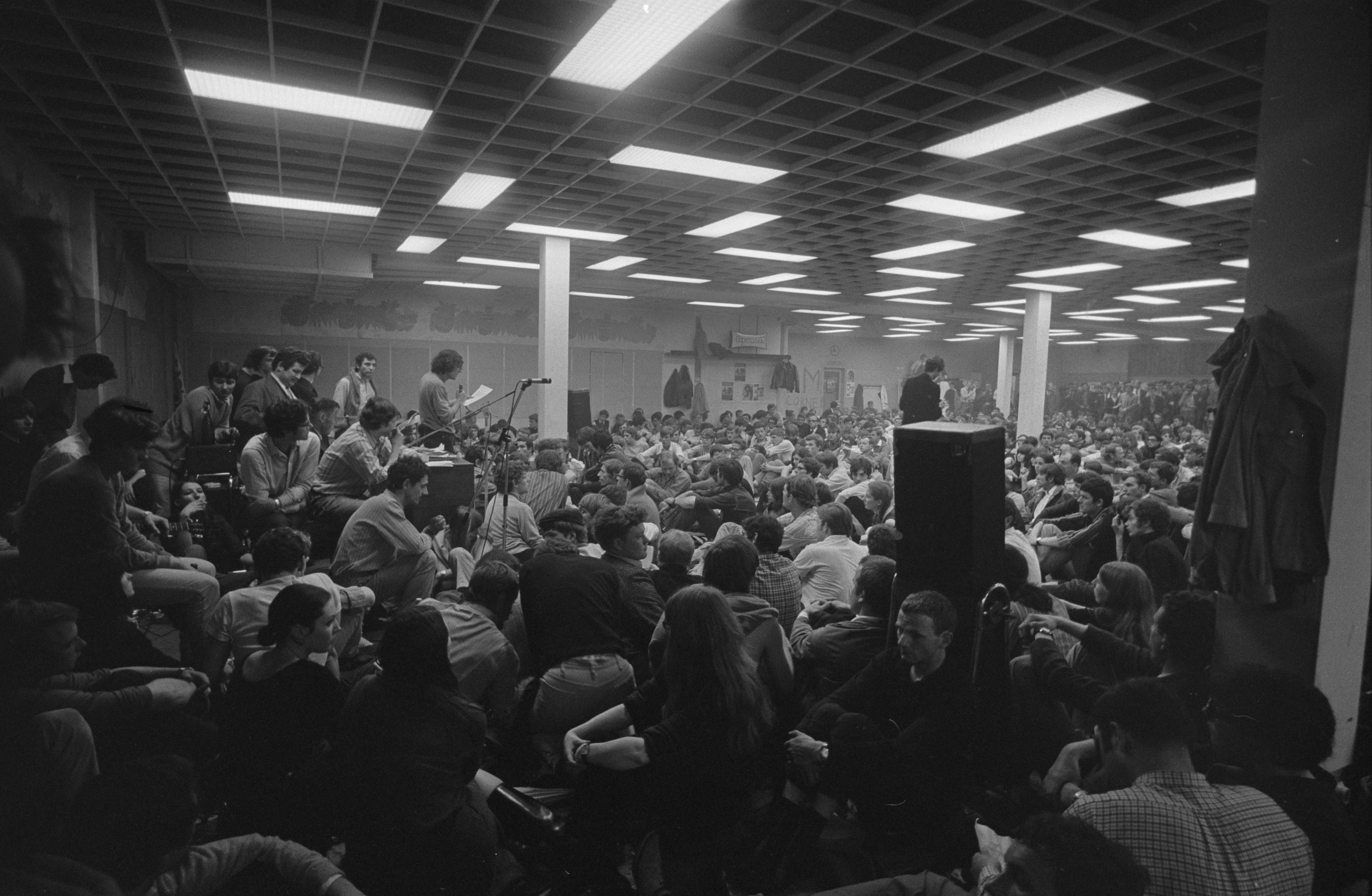






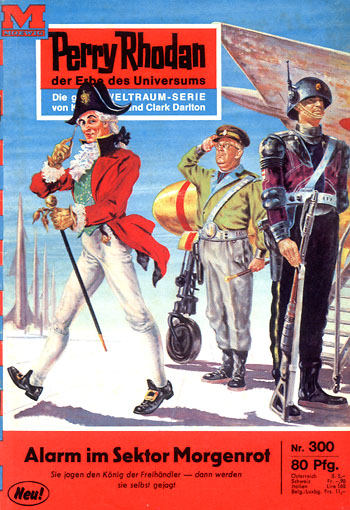
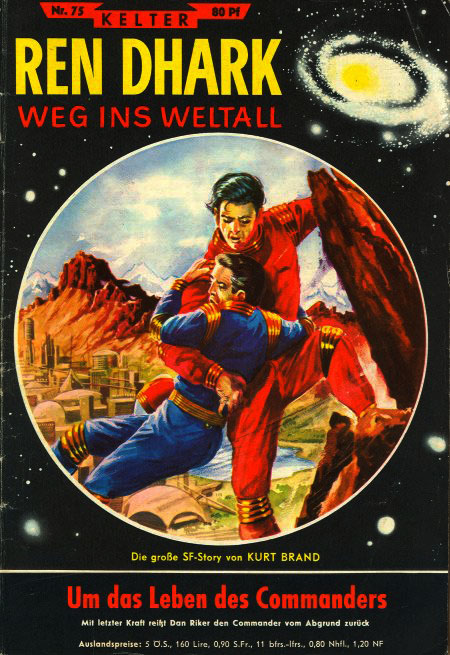

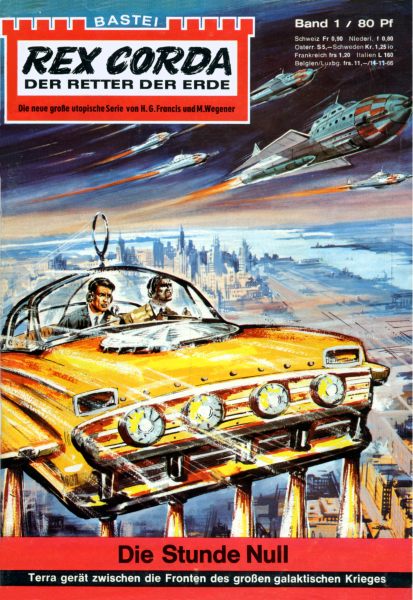
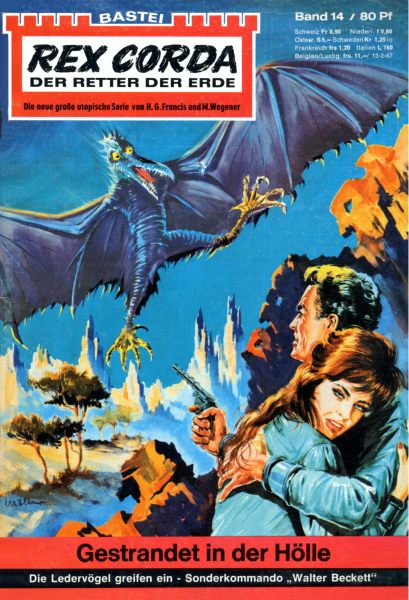
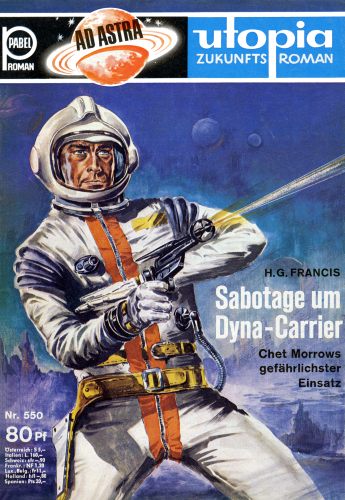
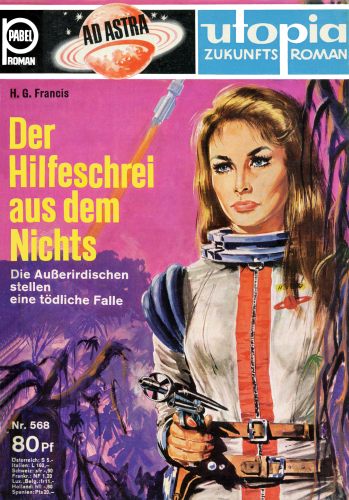
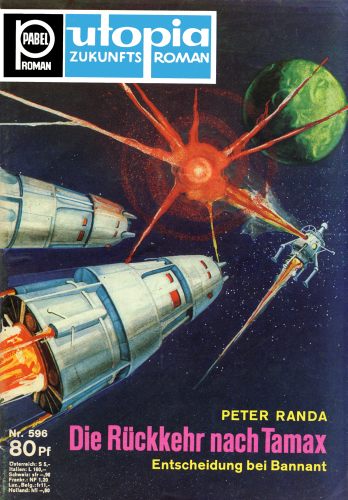

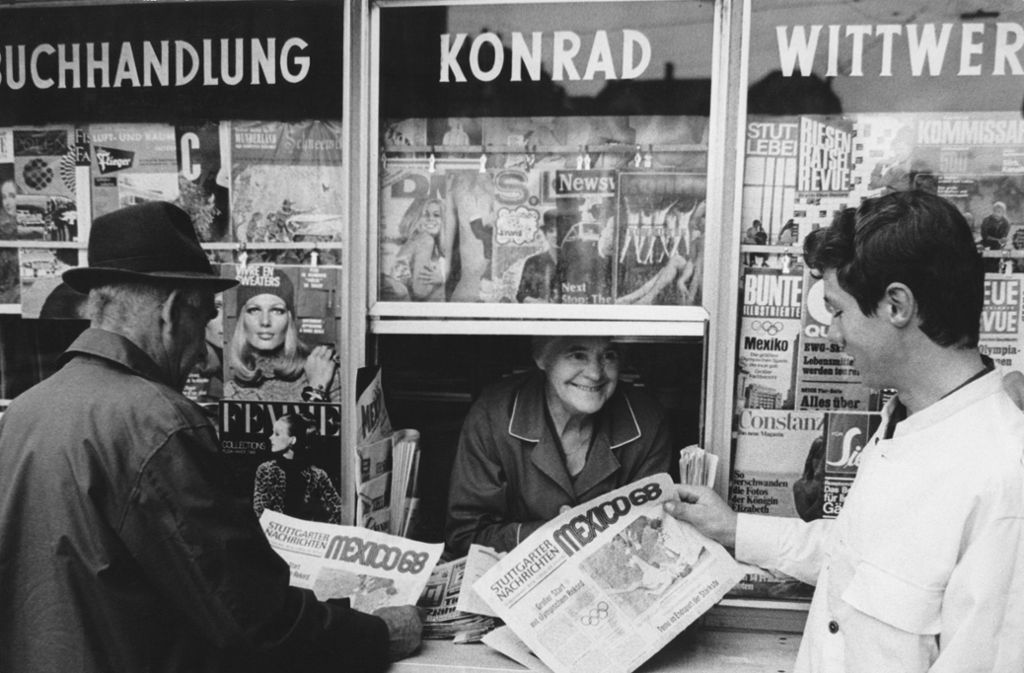

![[April 14, 1968] In Unquiet Times: The Frankfurt Arson Attacks, the Shooting of Rudi Dutschke and <i>Electronic Labyrinth THX-1138 4EB</i>](https://galacticjourney.org/wp-content/uploads/2023/04/THX_1138_01-672x372.jpg)



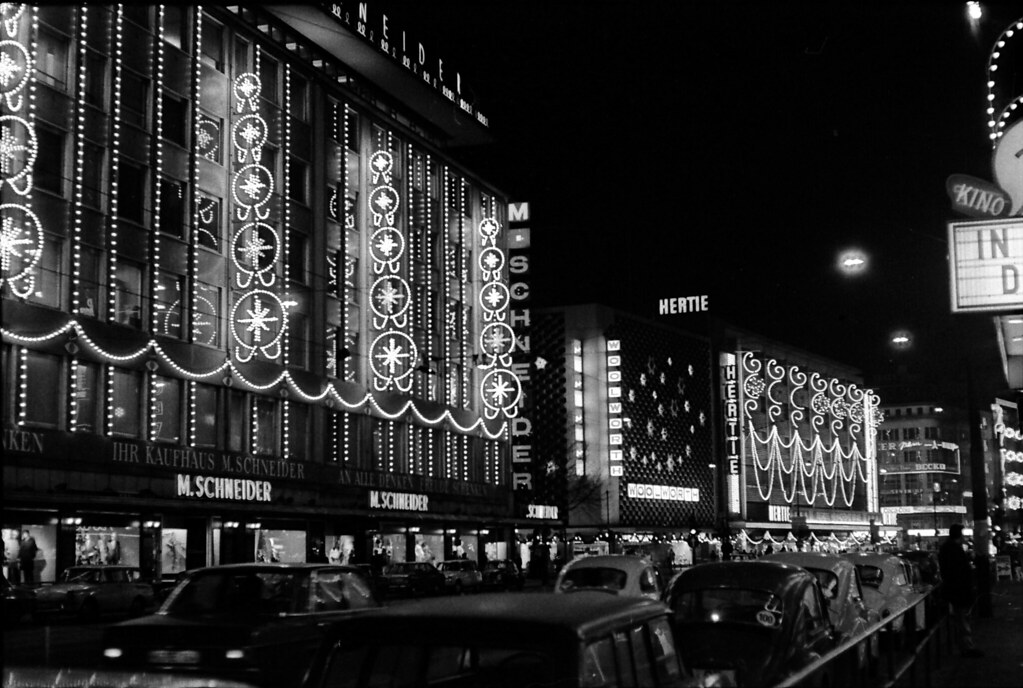
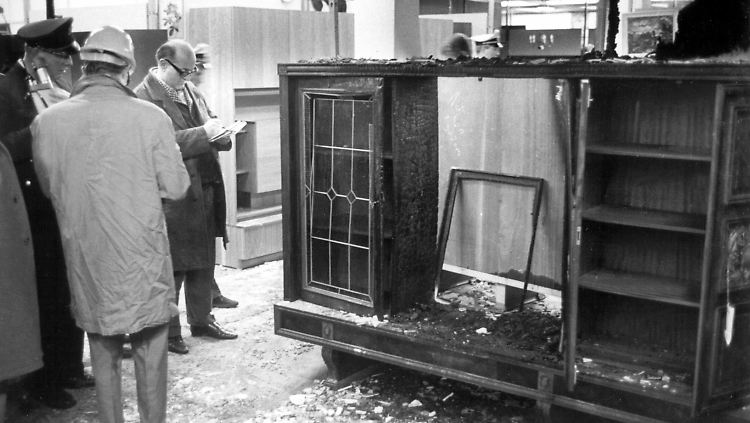





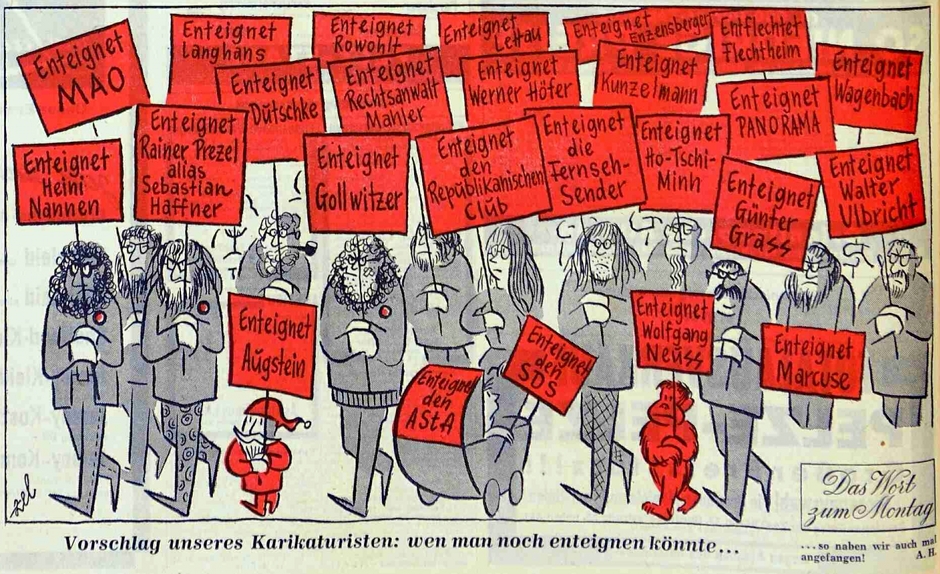




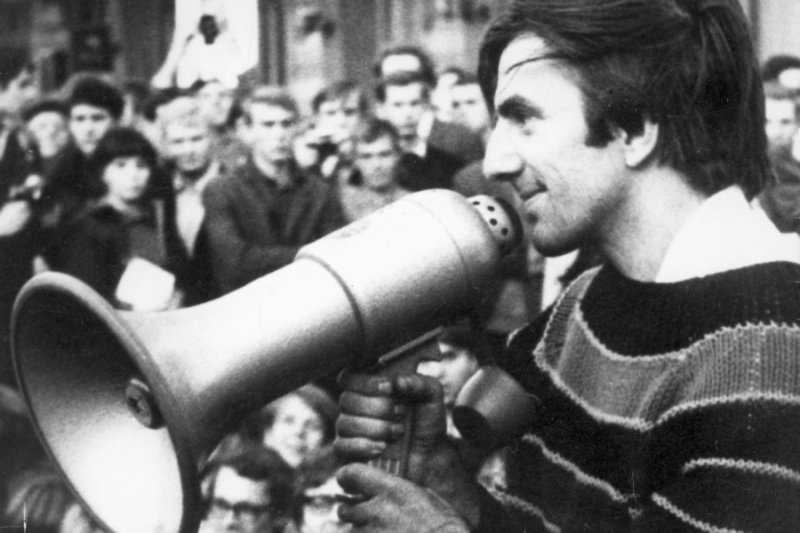
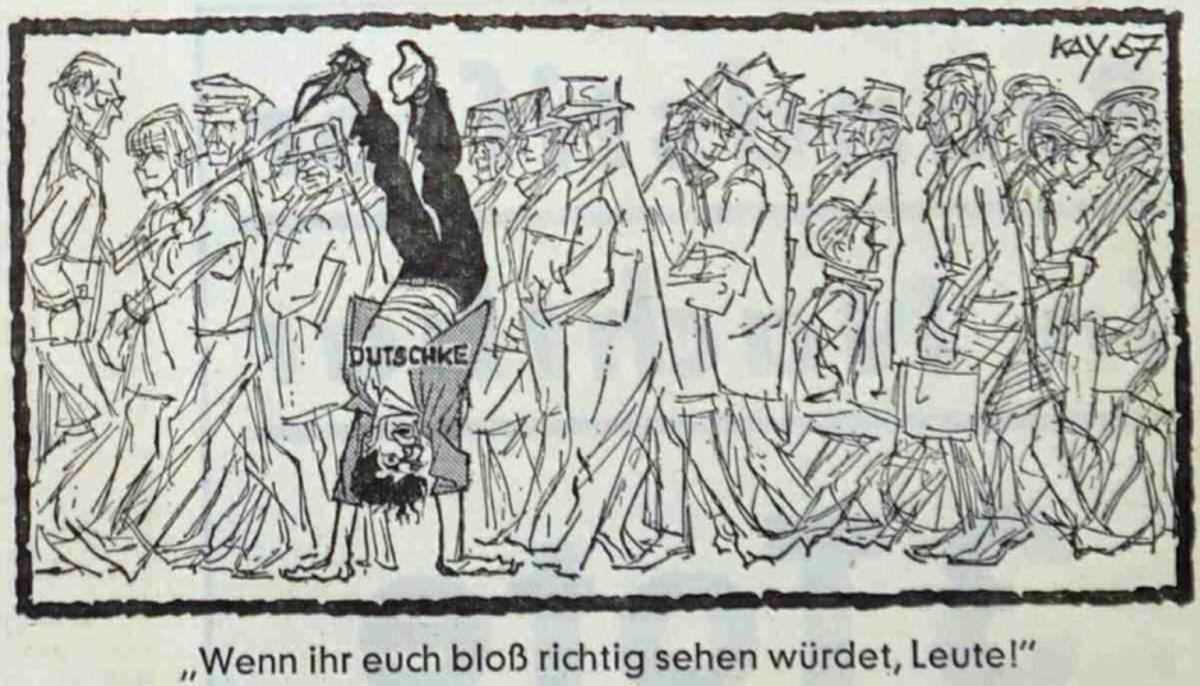
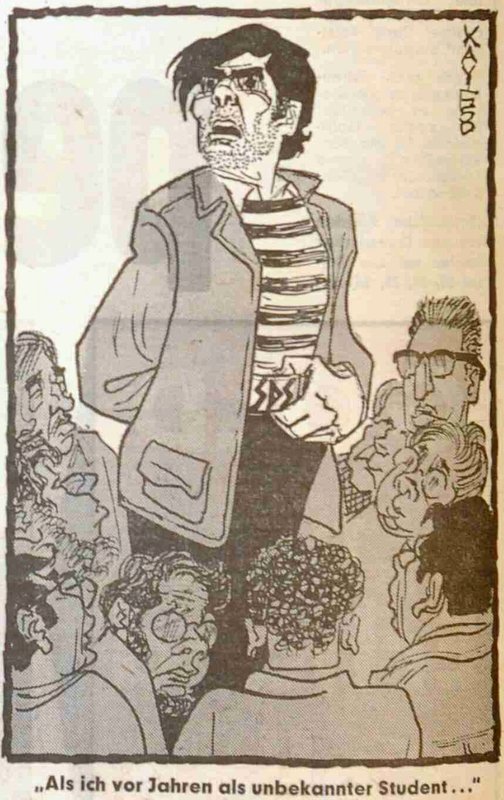
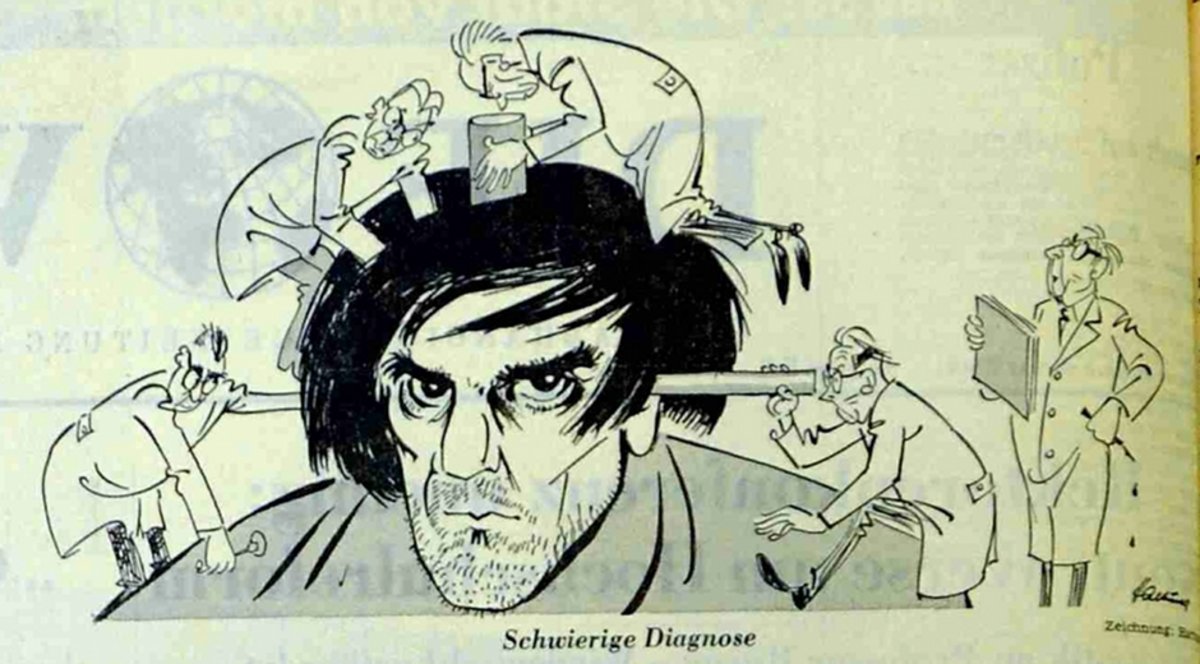

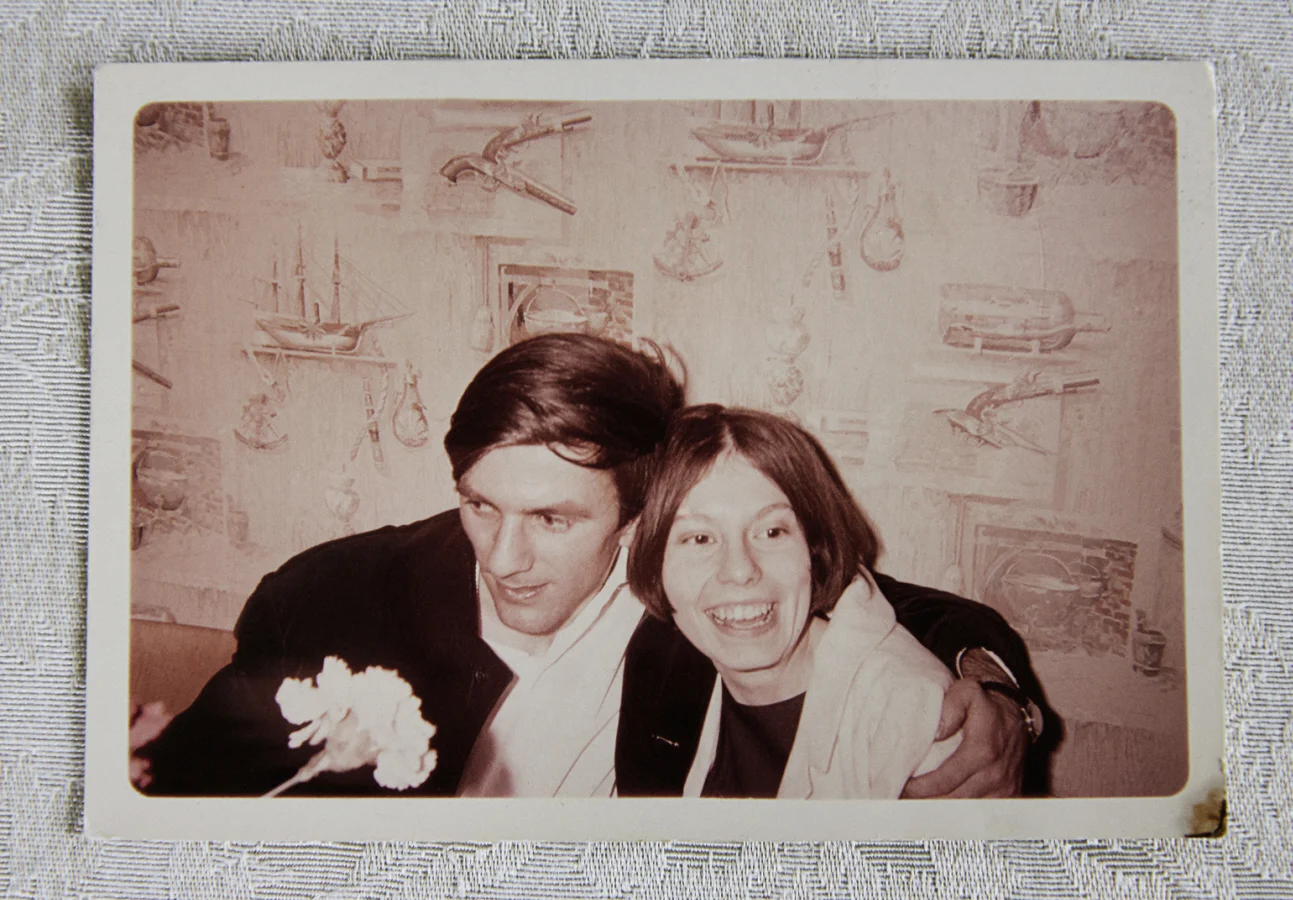

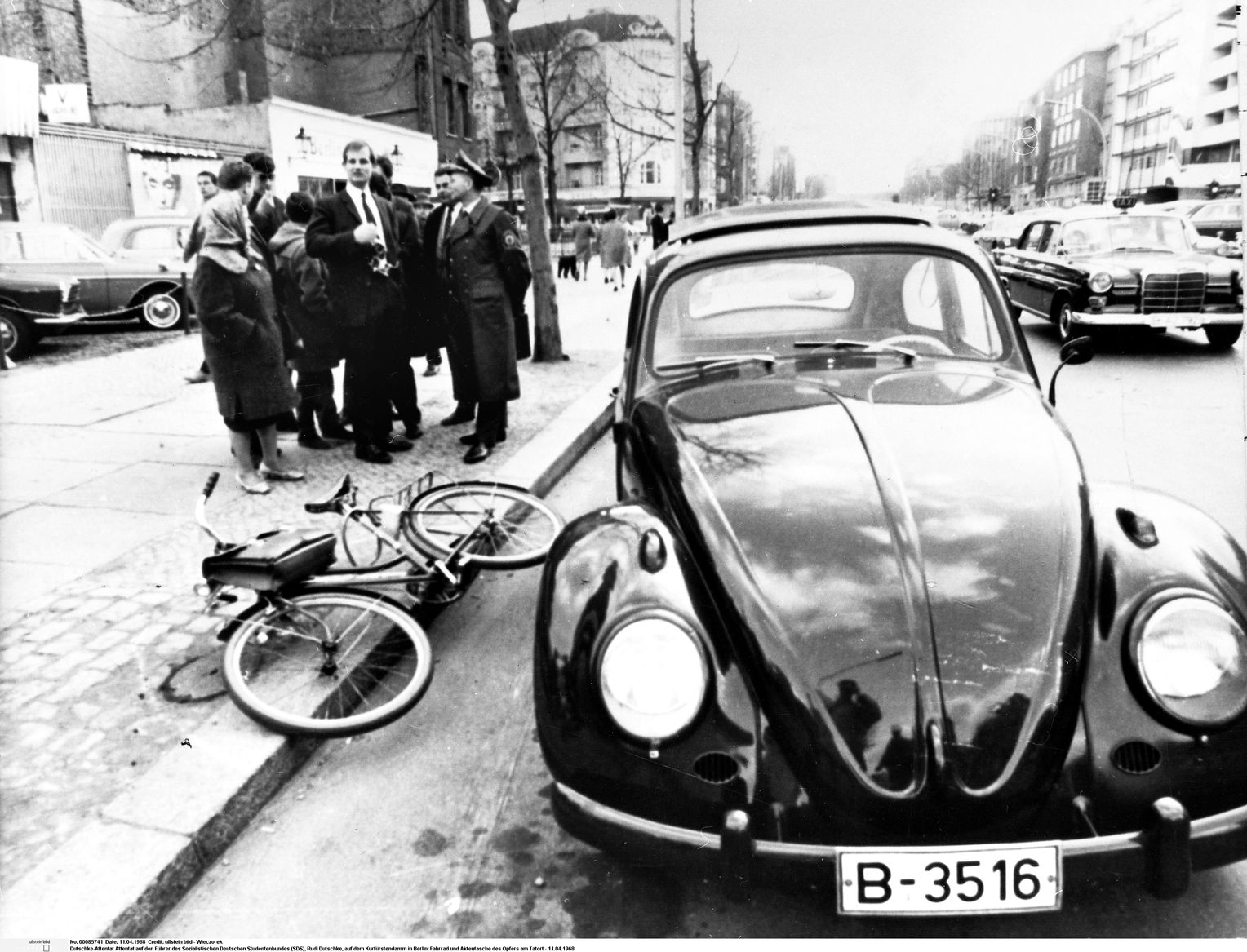

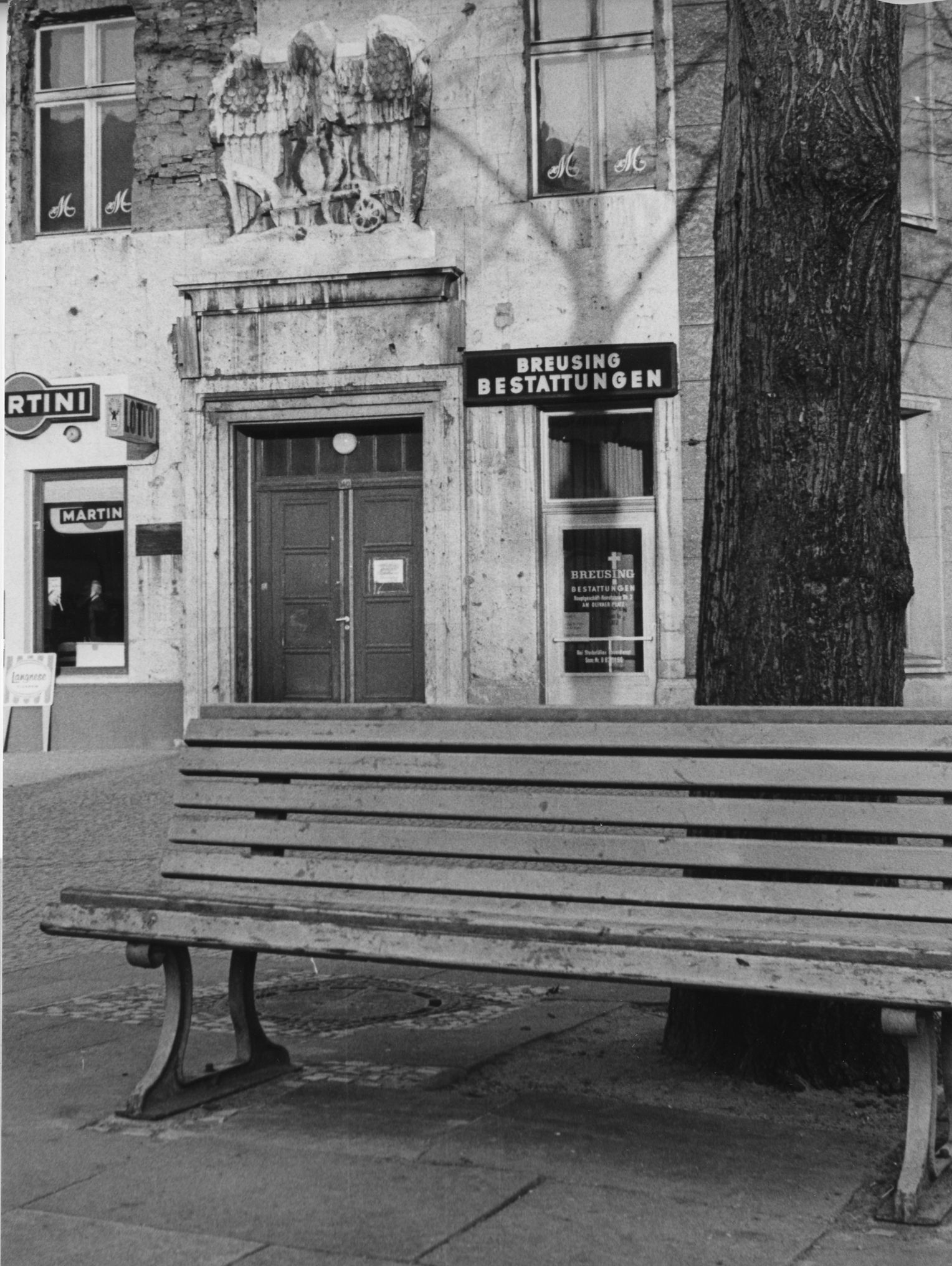
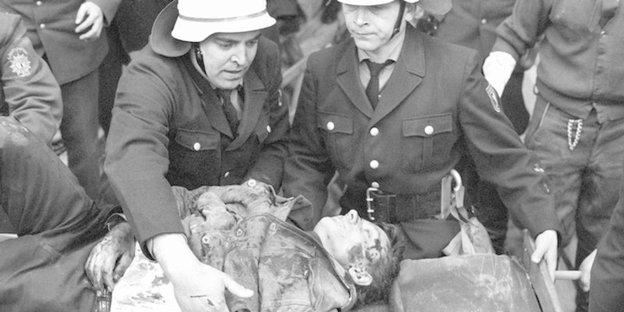
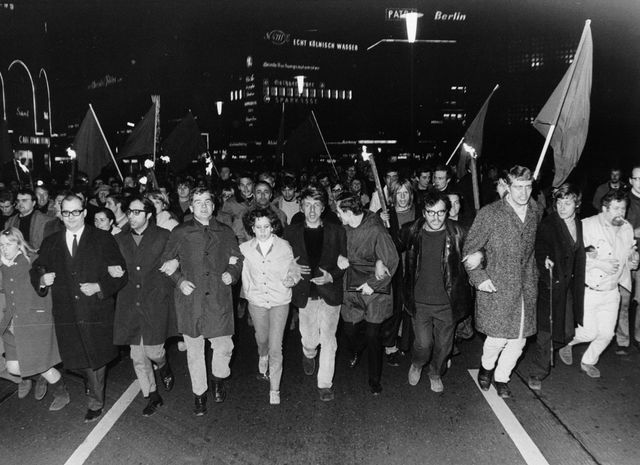

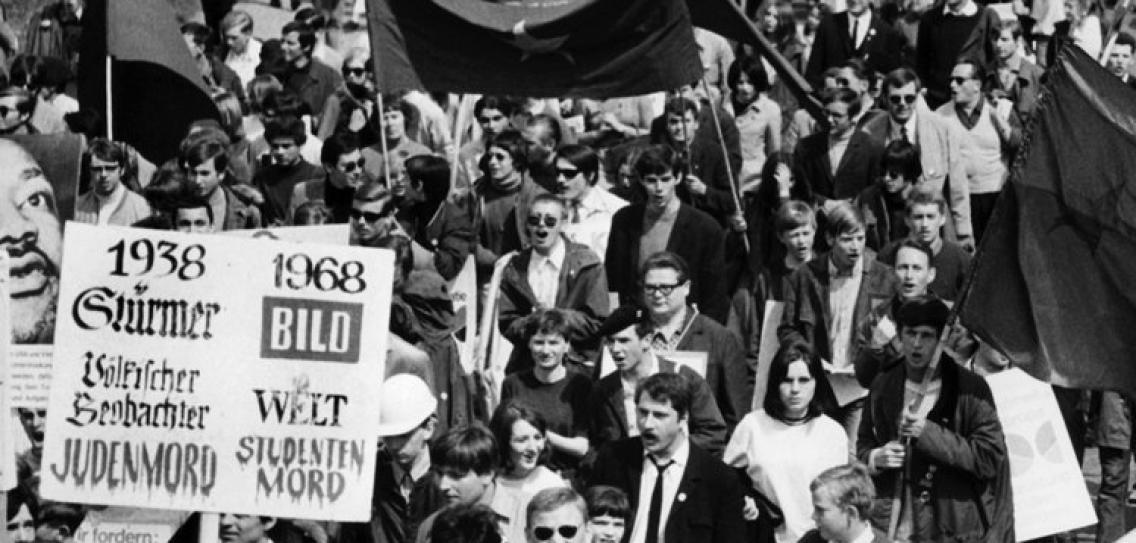
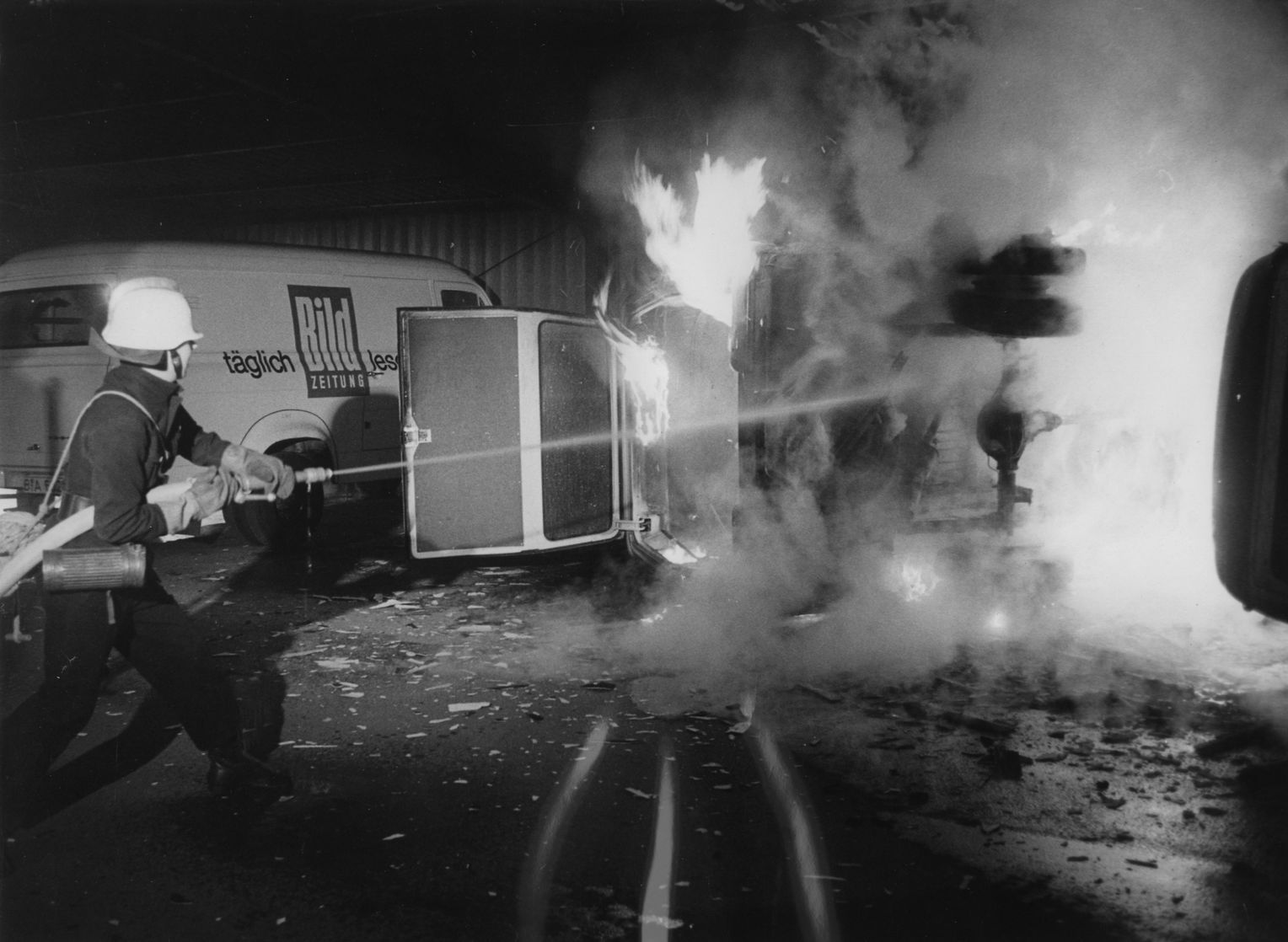
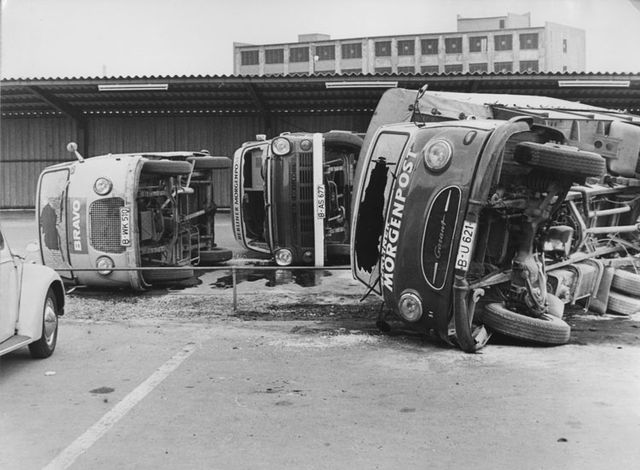
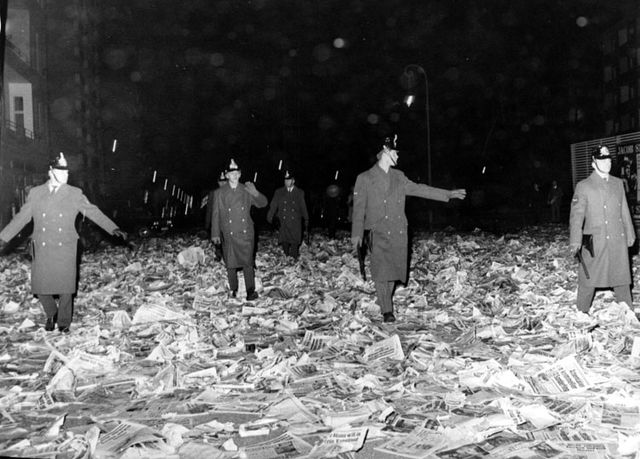


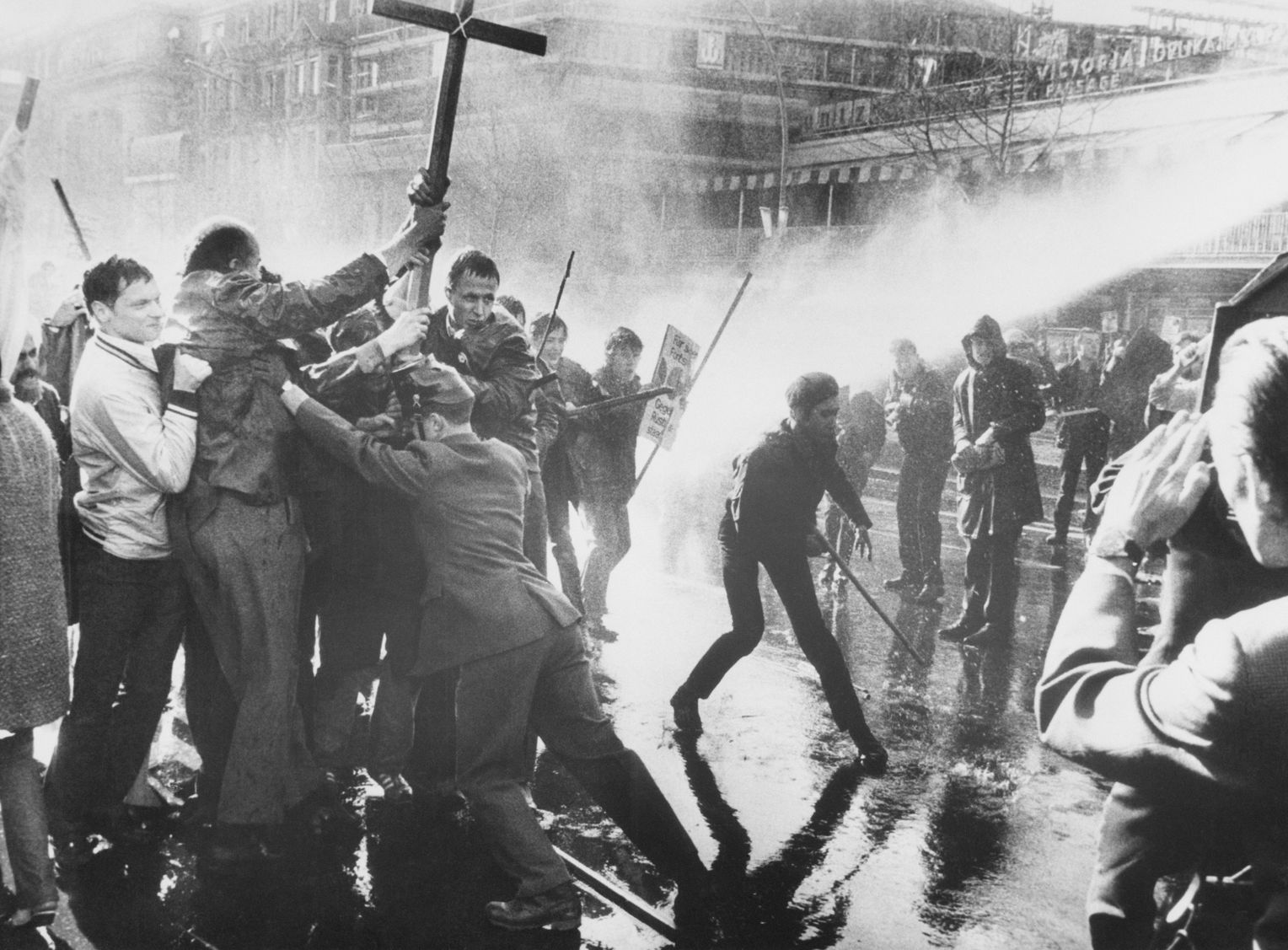




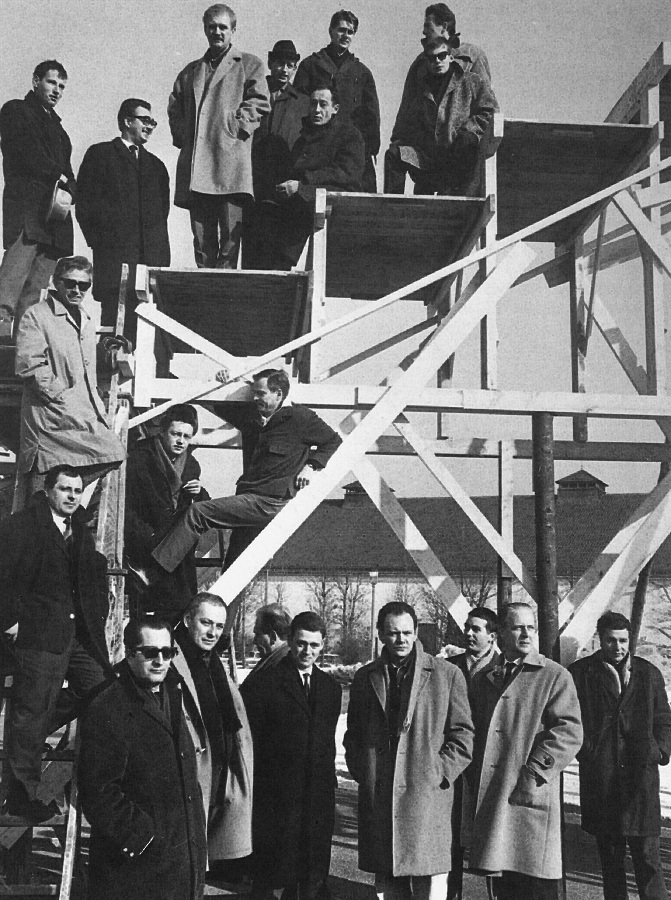
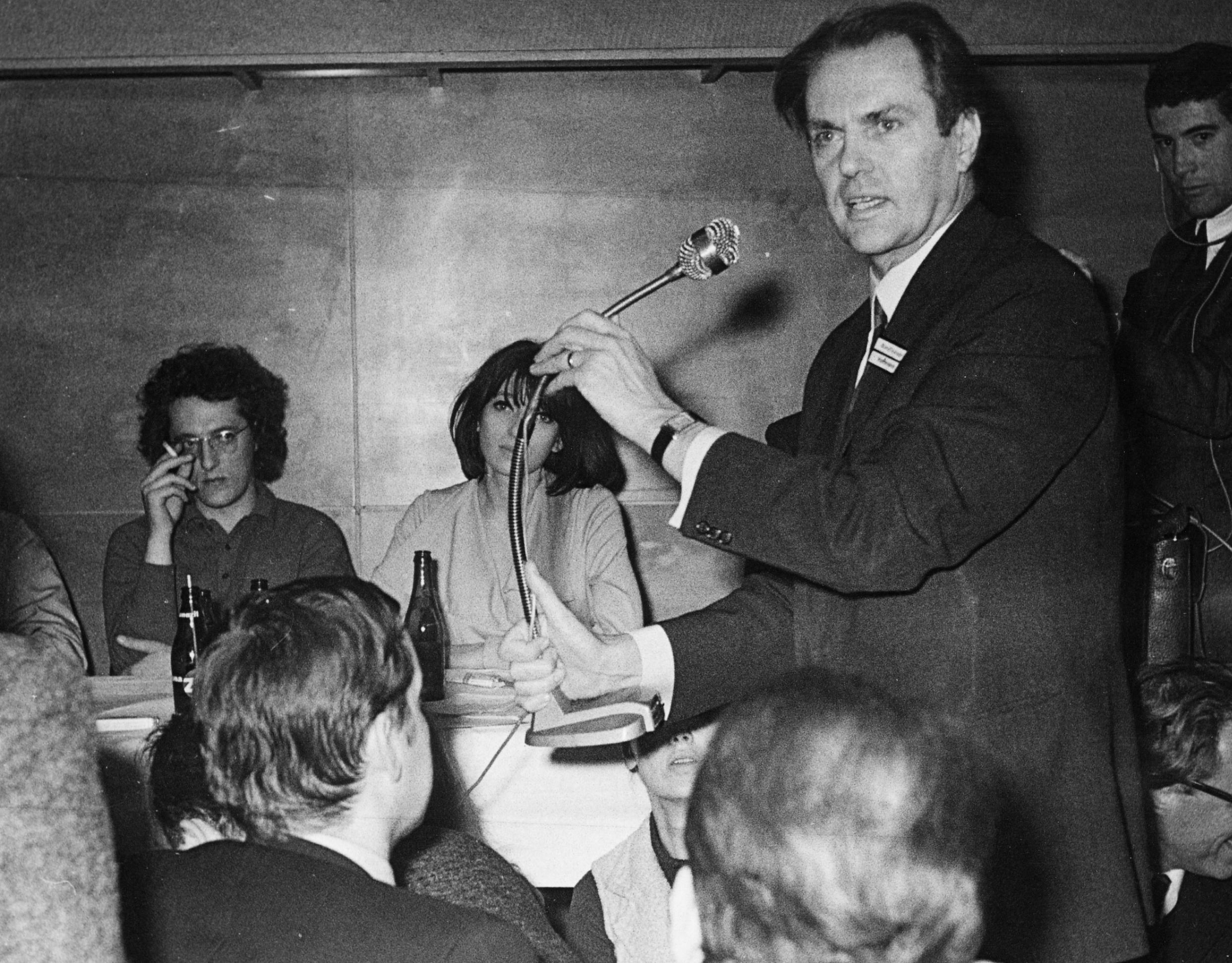
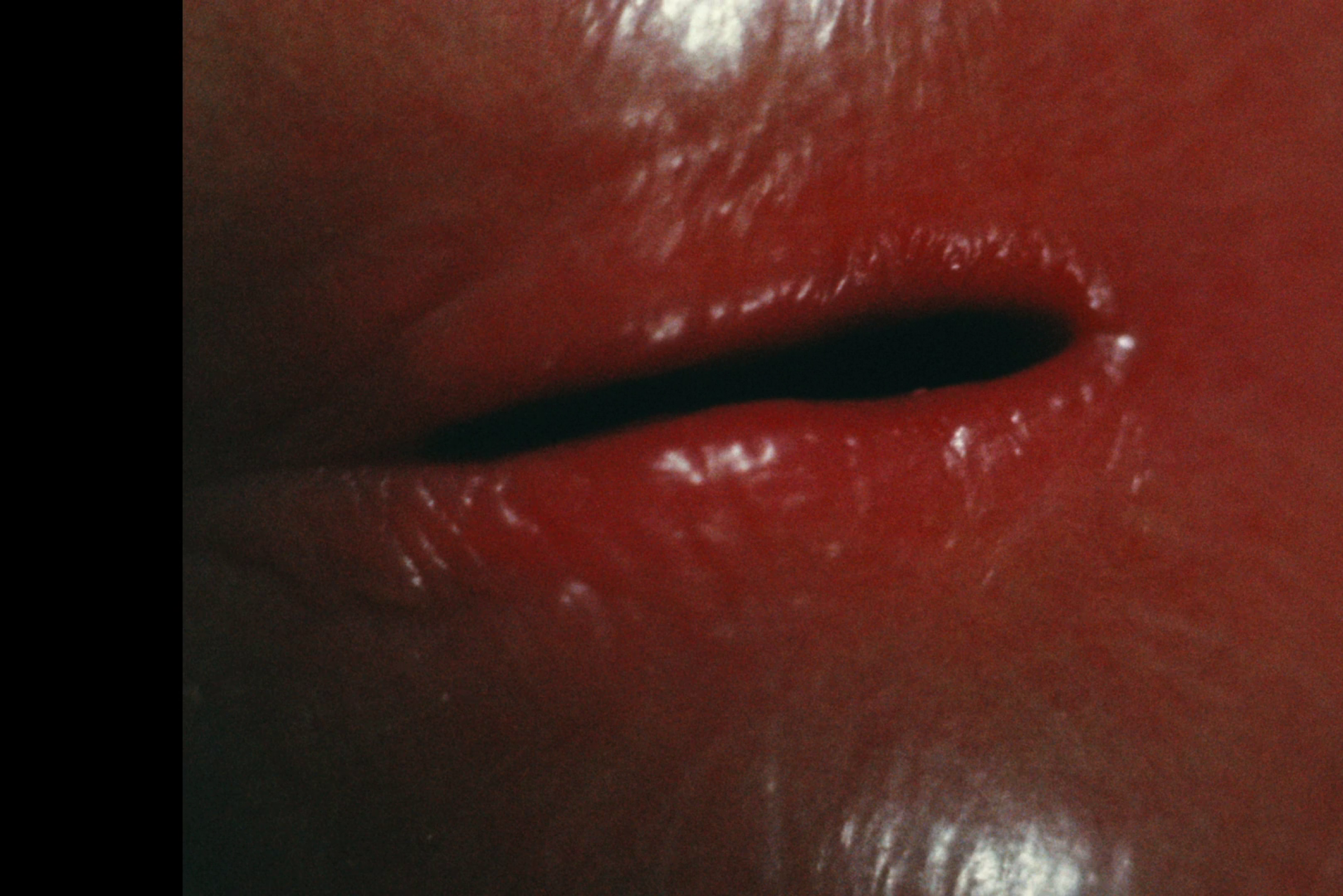

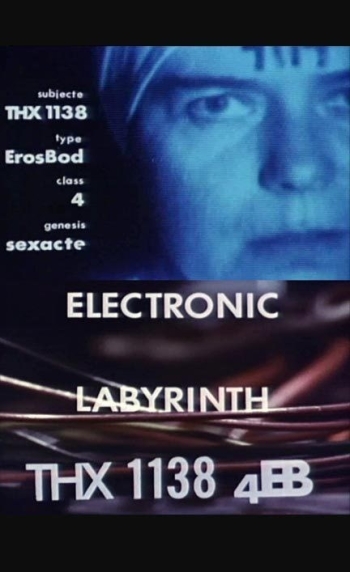
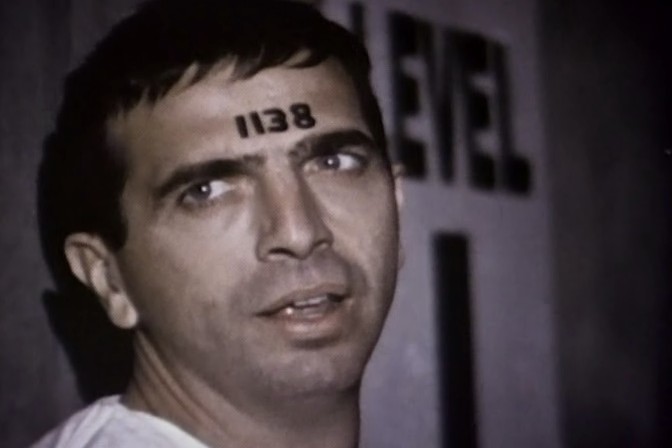
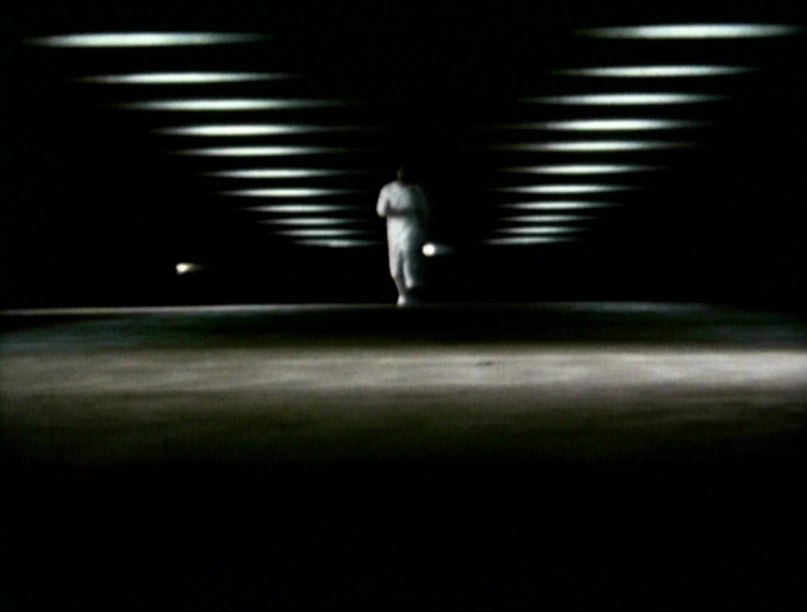
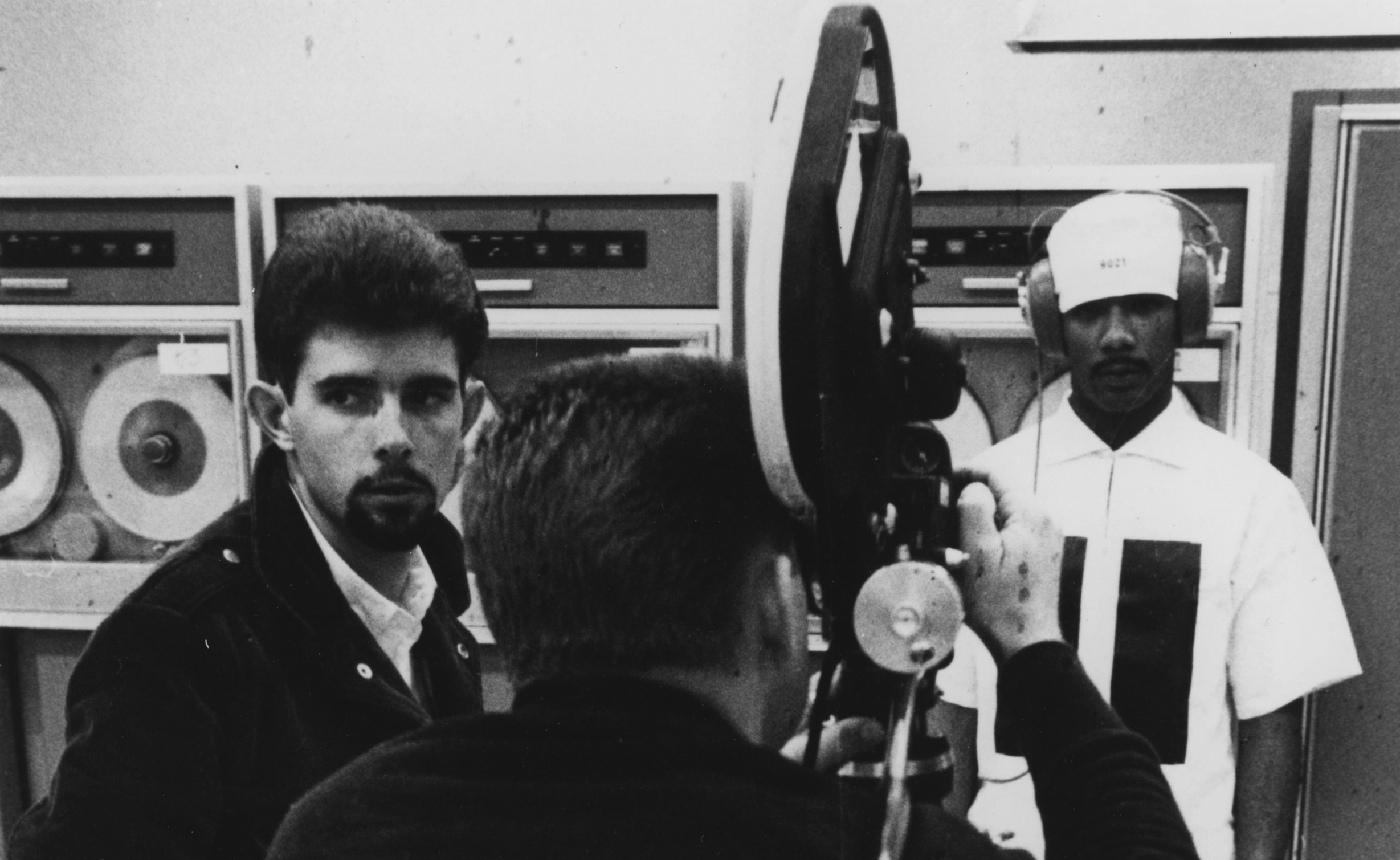

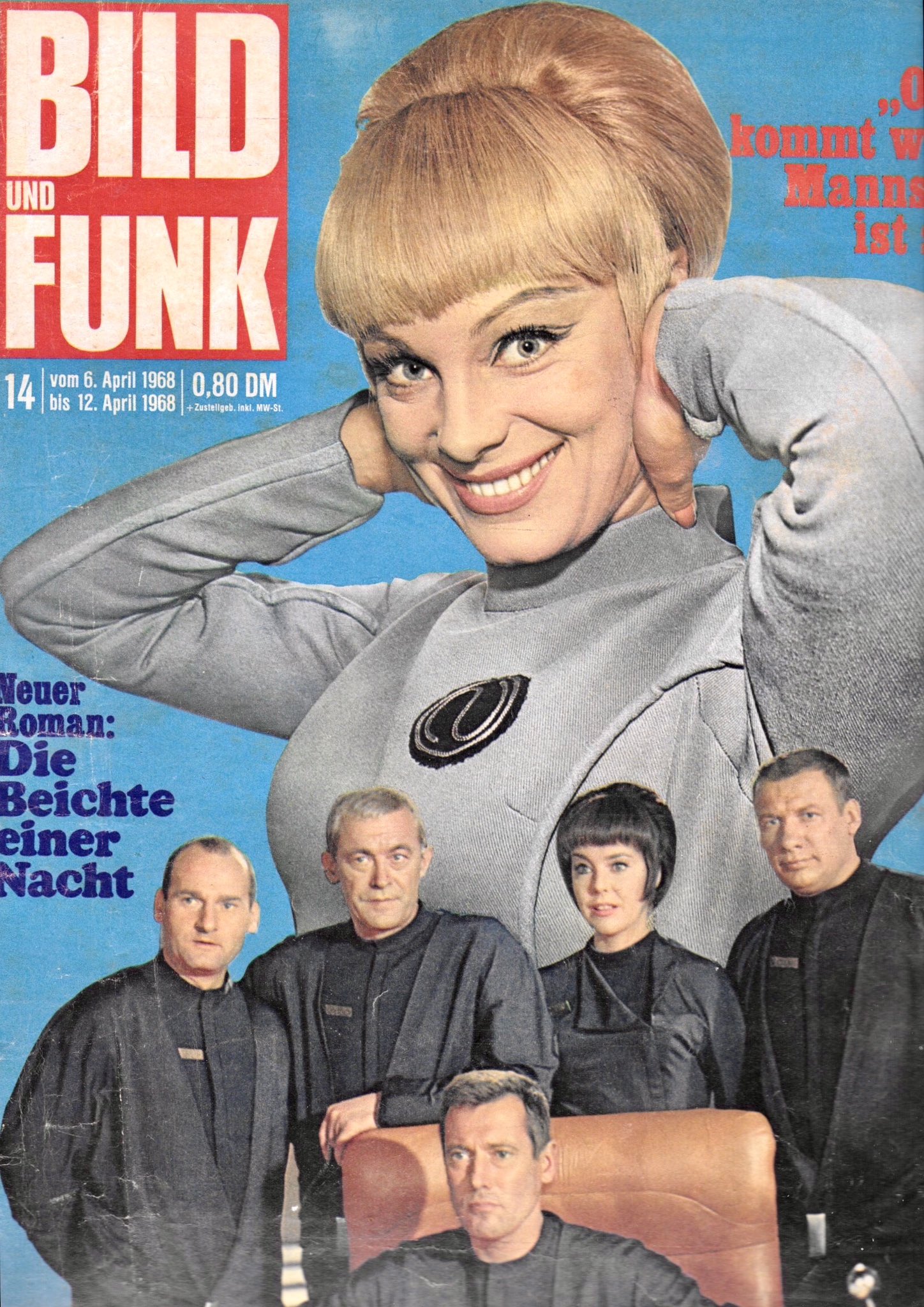
![[January 20, 1968] Alyx and Company (January 1968 Galactoscope)](https://galacticjourney.org/wp-content/uploads/2023/01/680120covers-672x372.jpg)

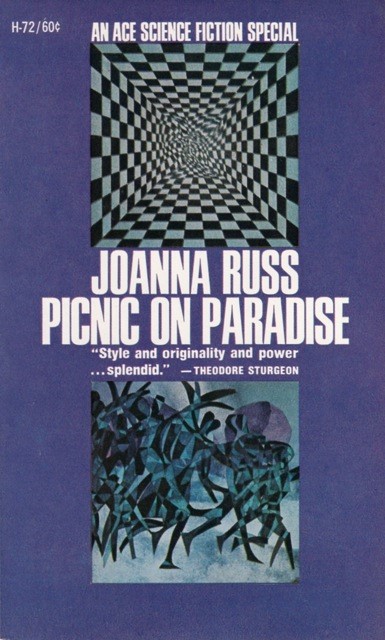




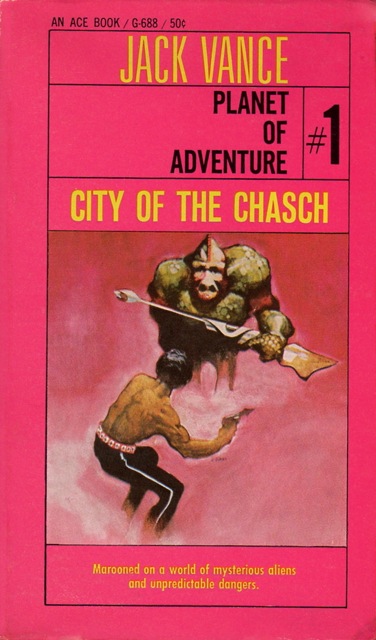




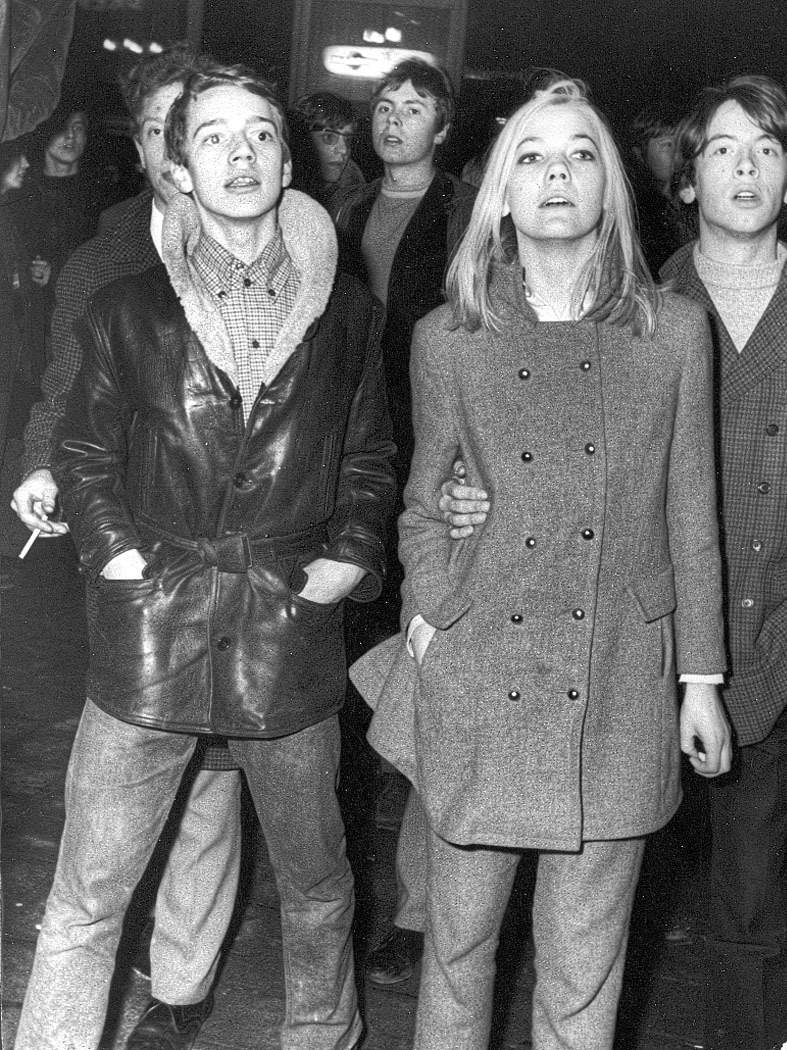

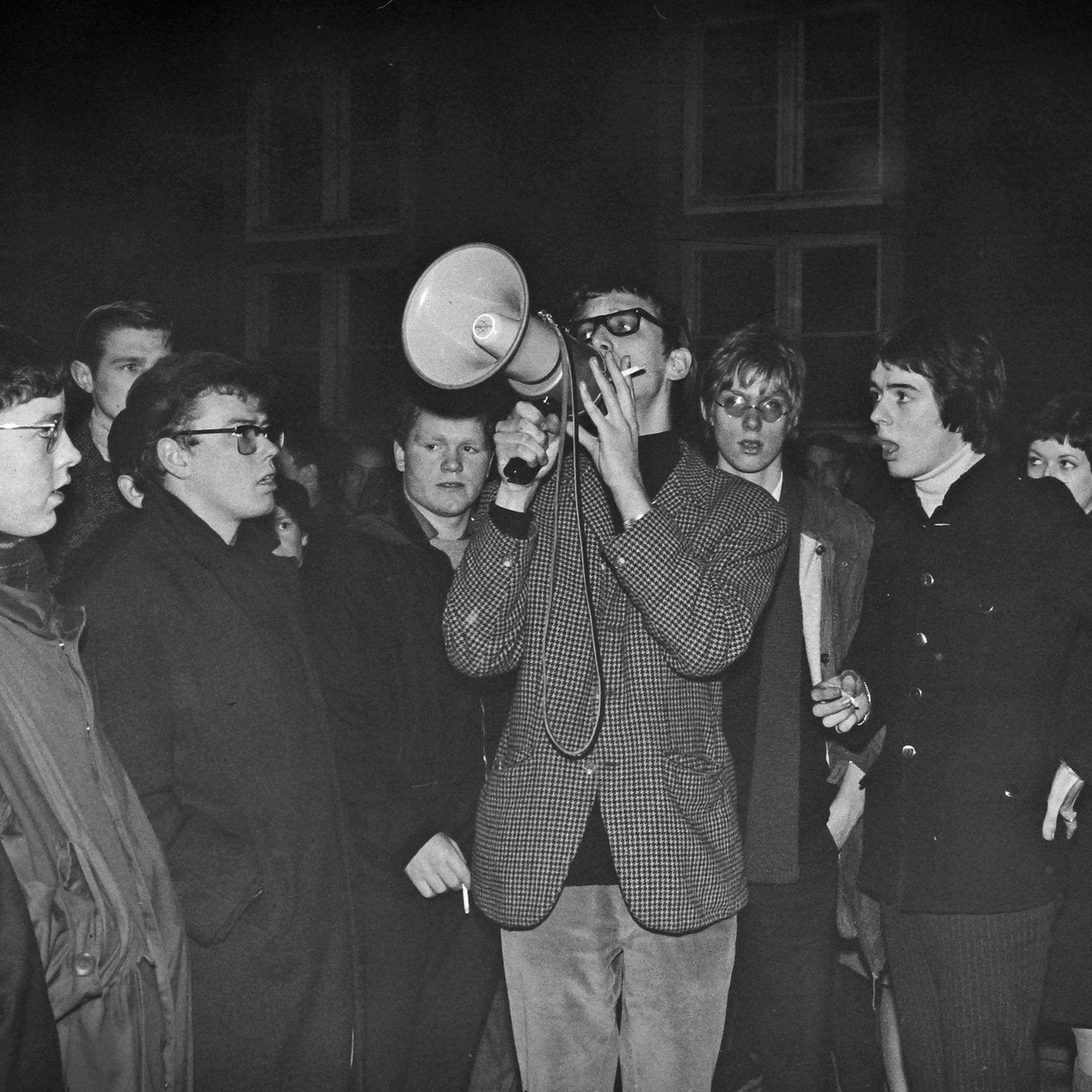


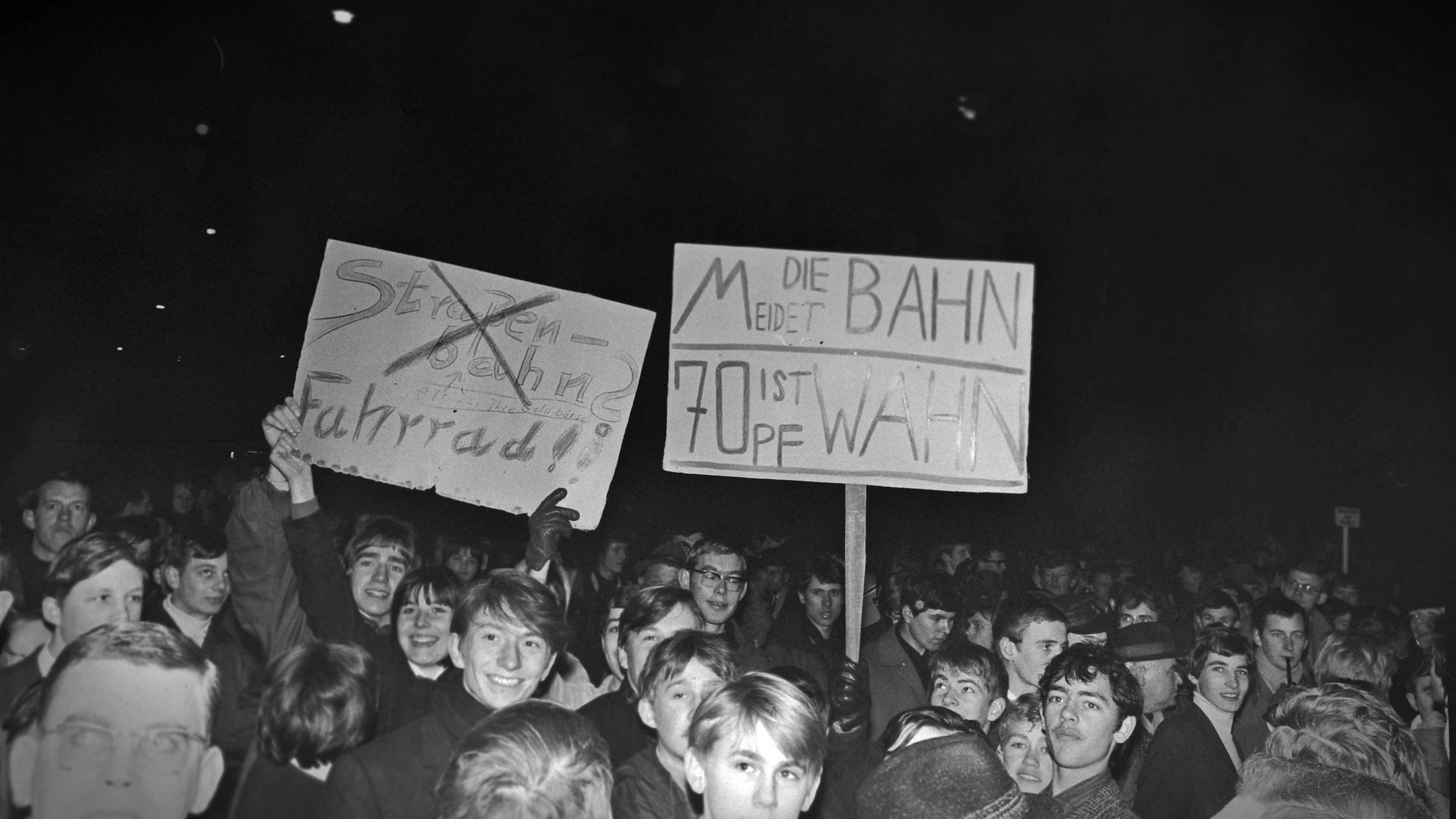



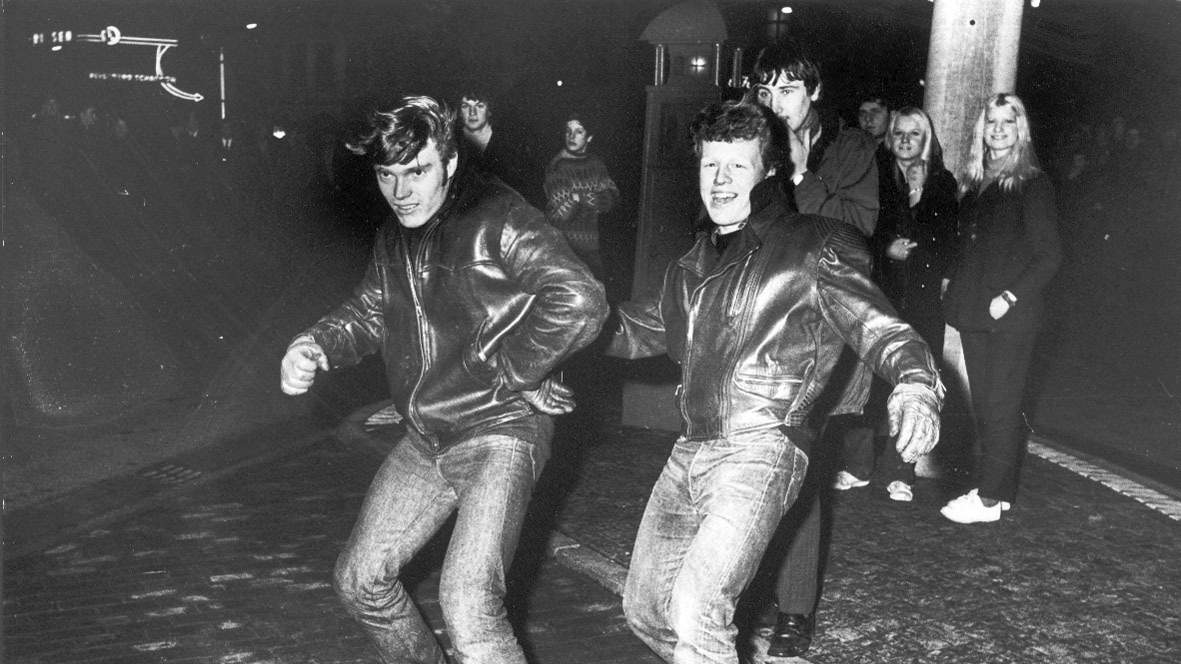

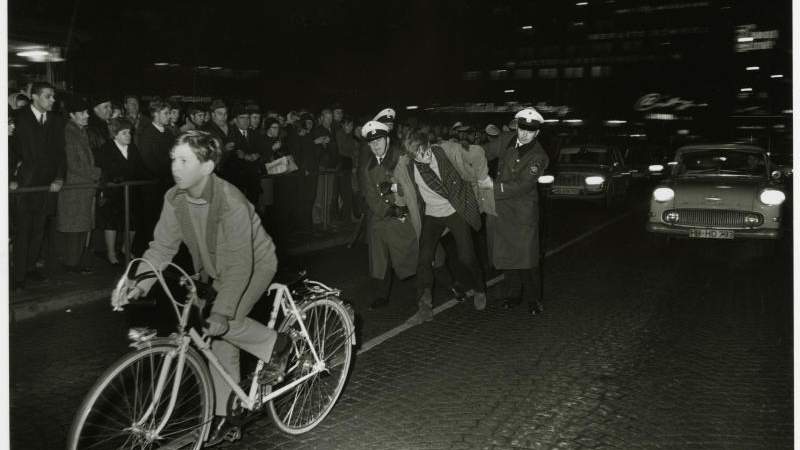
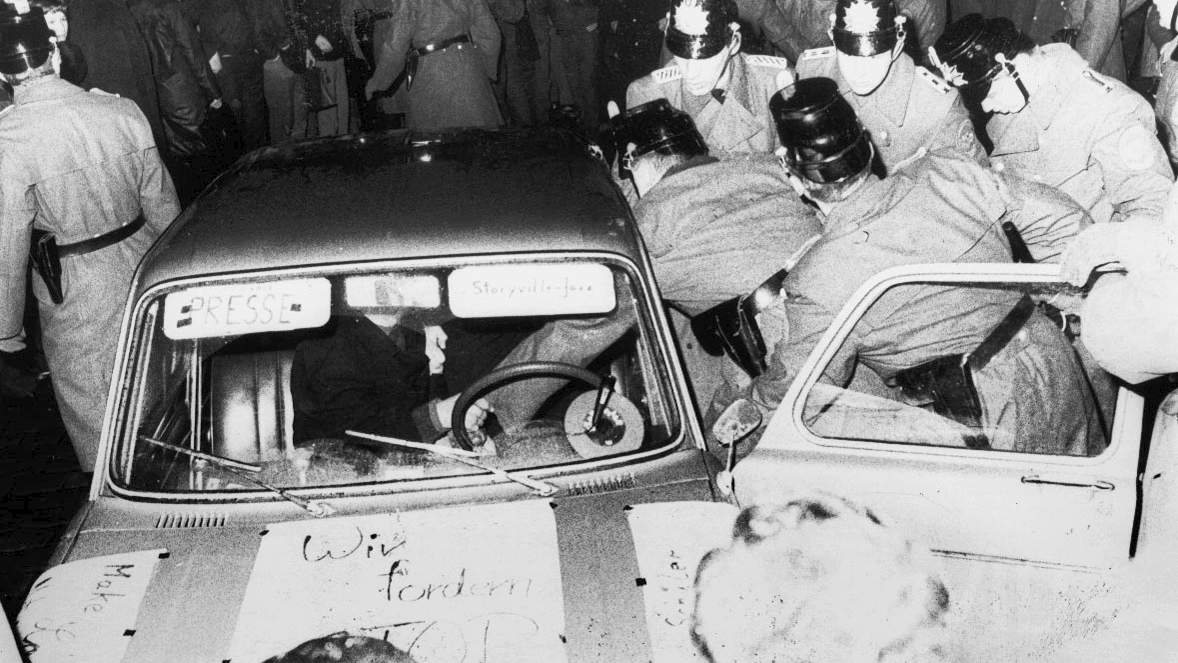



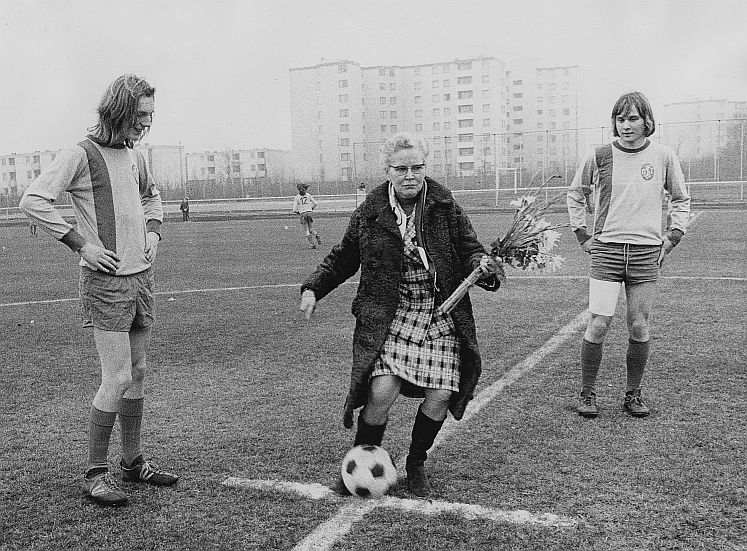

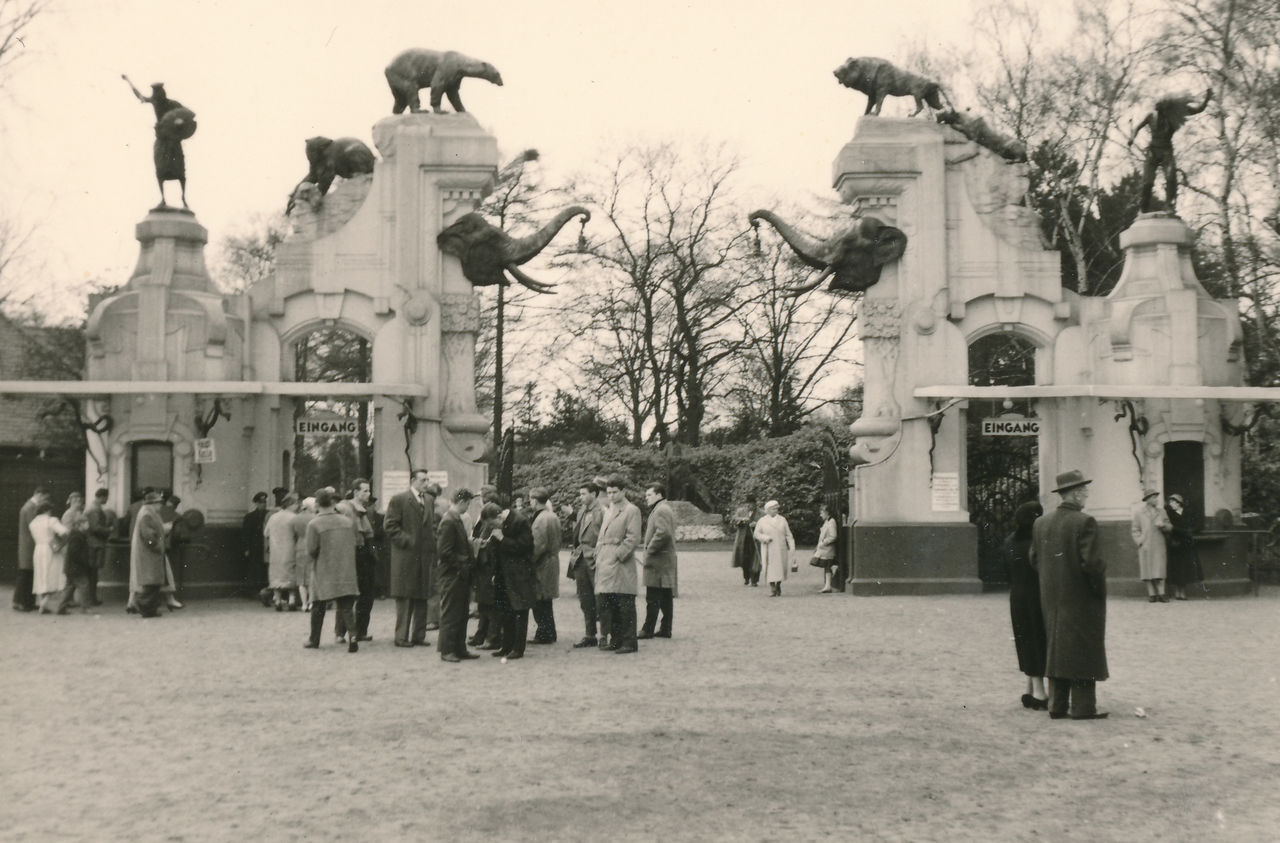
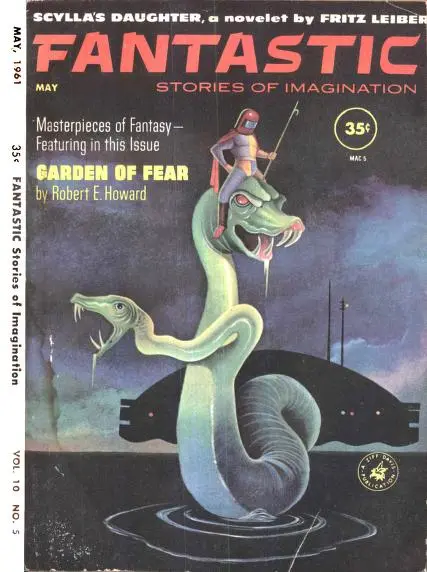

![[October 18, 1967] We Are The Martians: Quatermass and the Pit, Bonnie and Clyde, The Day the Fish Came Out and The Snake Pit and the Pendulum](https://galacticjourney.org/wp-content/uploads/2022/10/671018posters-672x372.jpg)

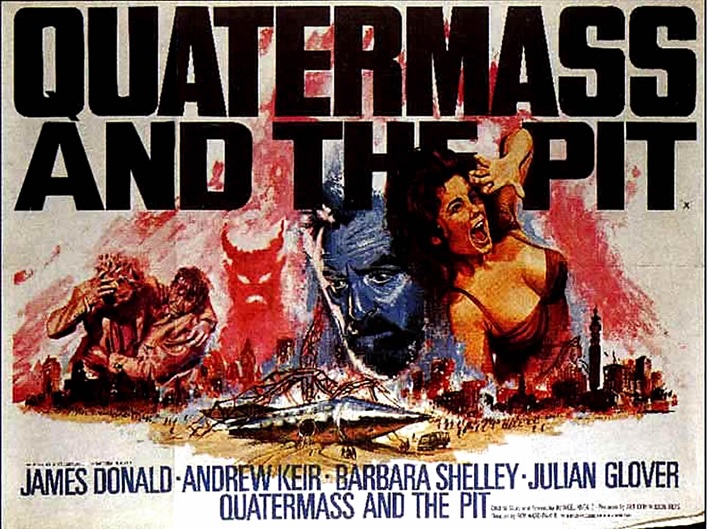
 Likeable: Andrew Keir as Quatermass and Barbara Shelley as Miss Judd
Likeable: Andrew Keir as Quatermass and Barbara Shelley as Miss Judd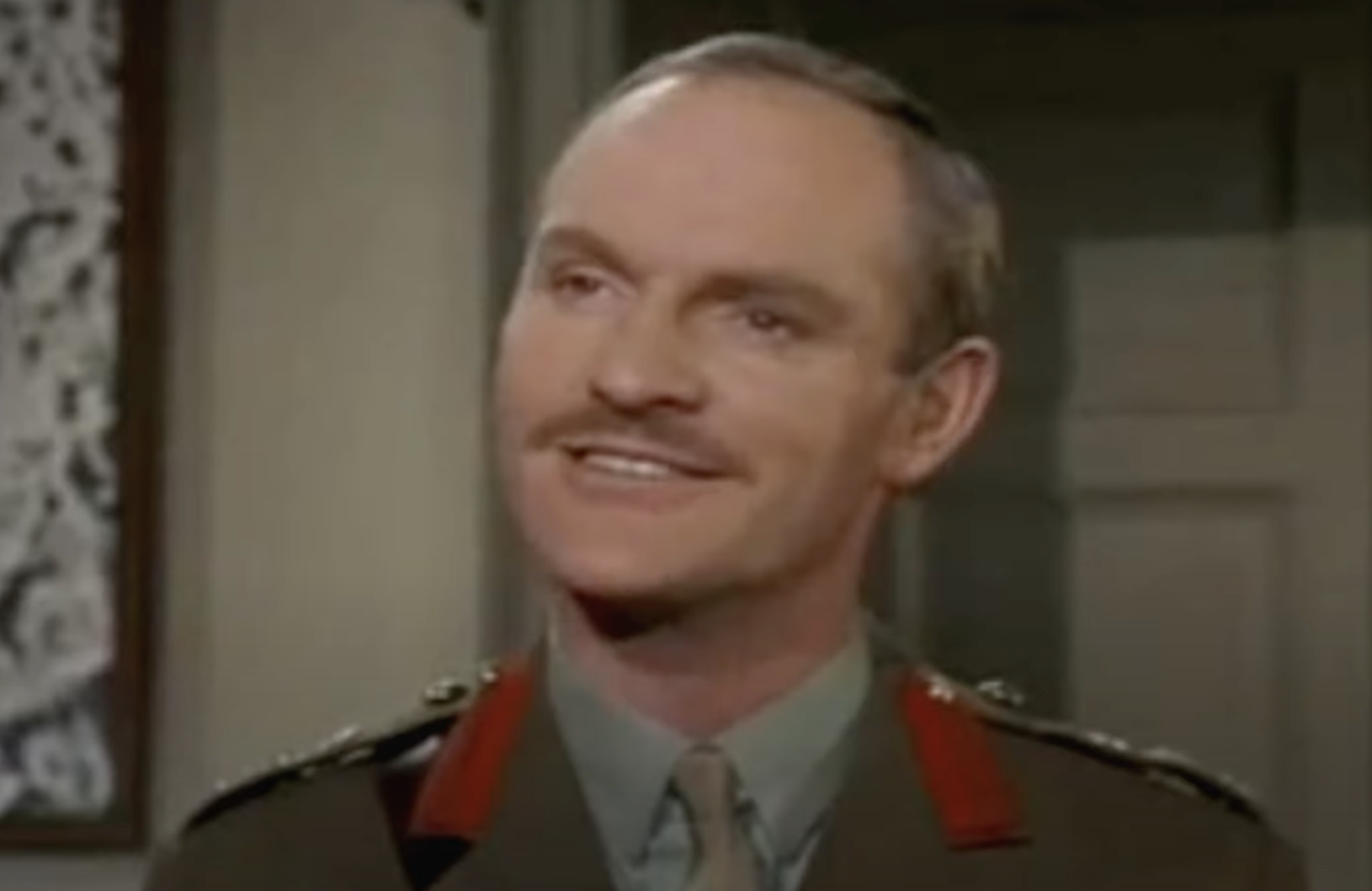 Colonel Breen, representing humanity's negative side.
Colonel Breen, representing humanity's negative side.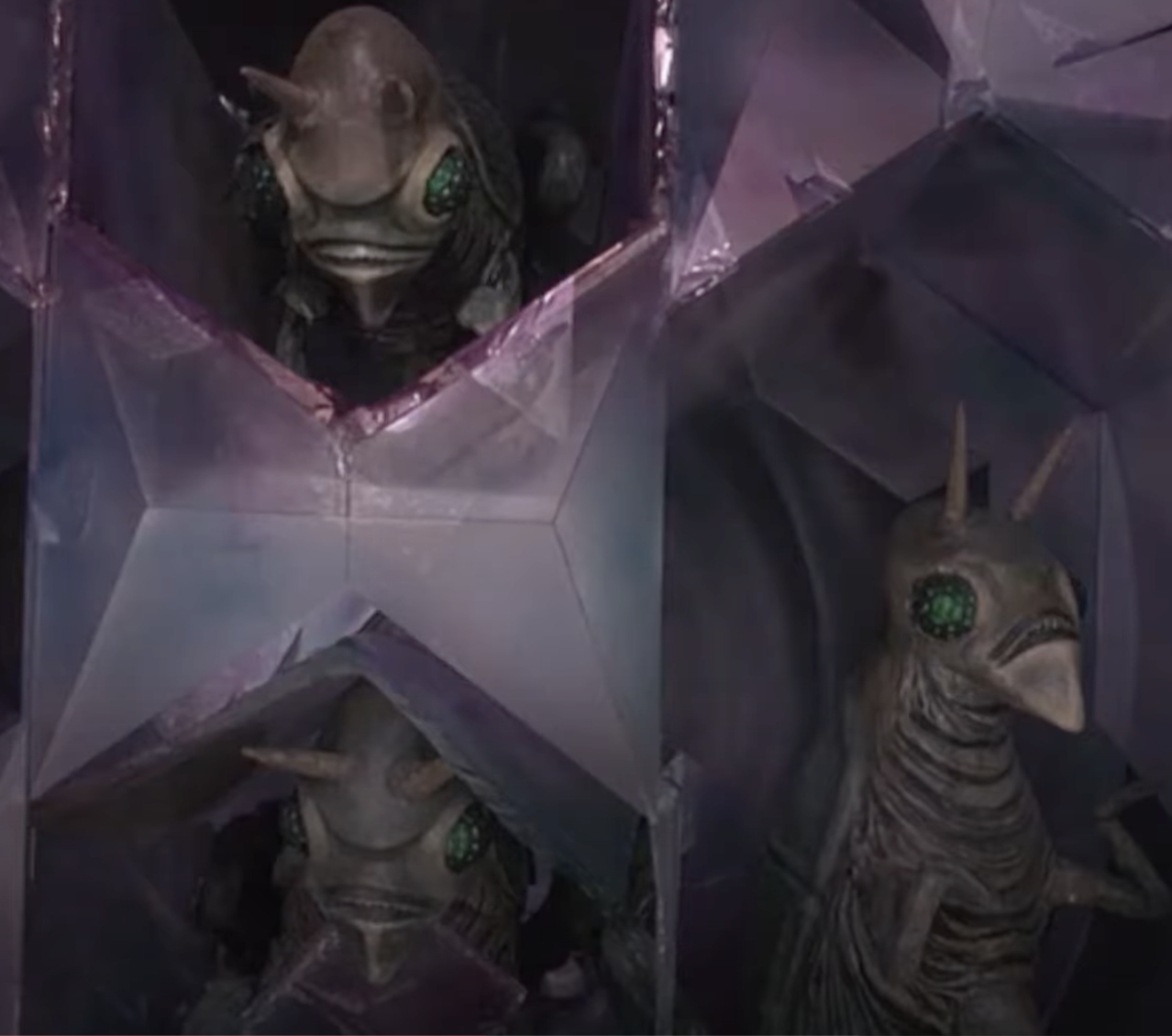 Hammer's take on the Martians.
Hammer's take on the Martians.
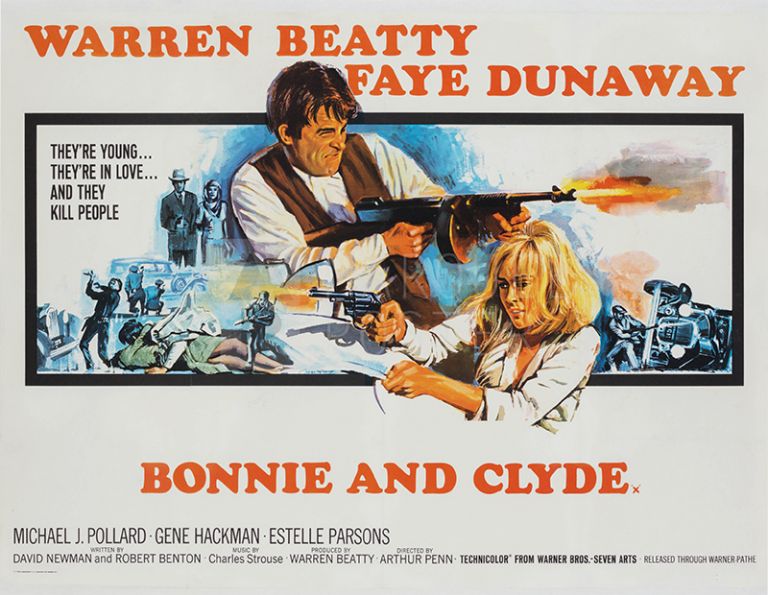
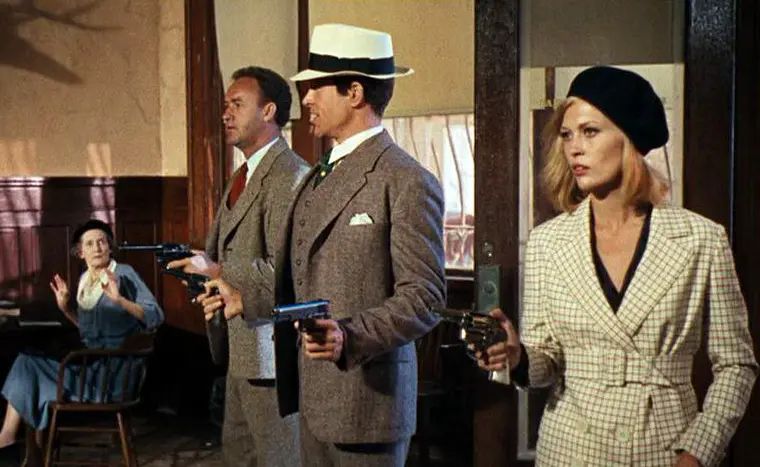
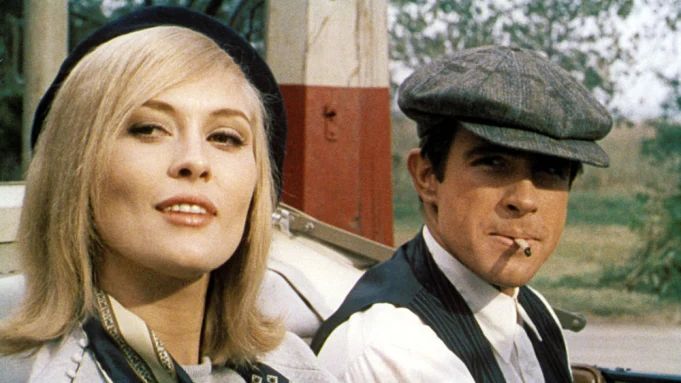
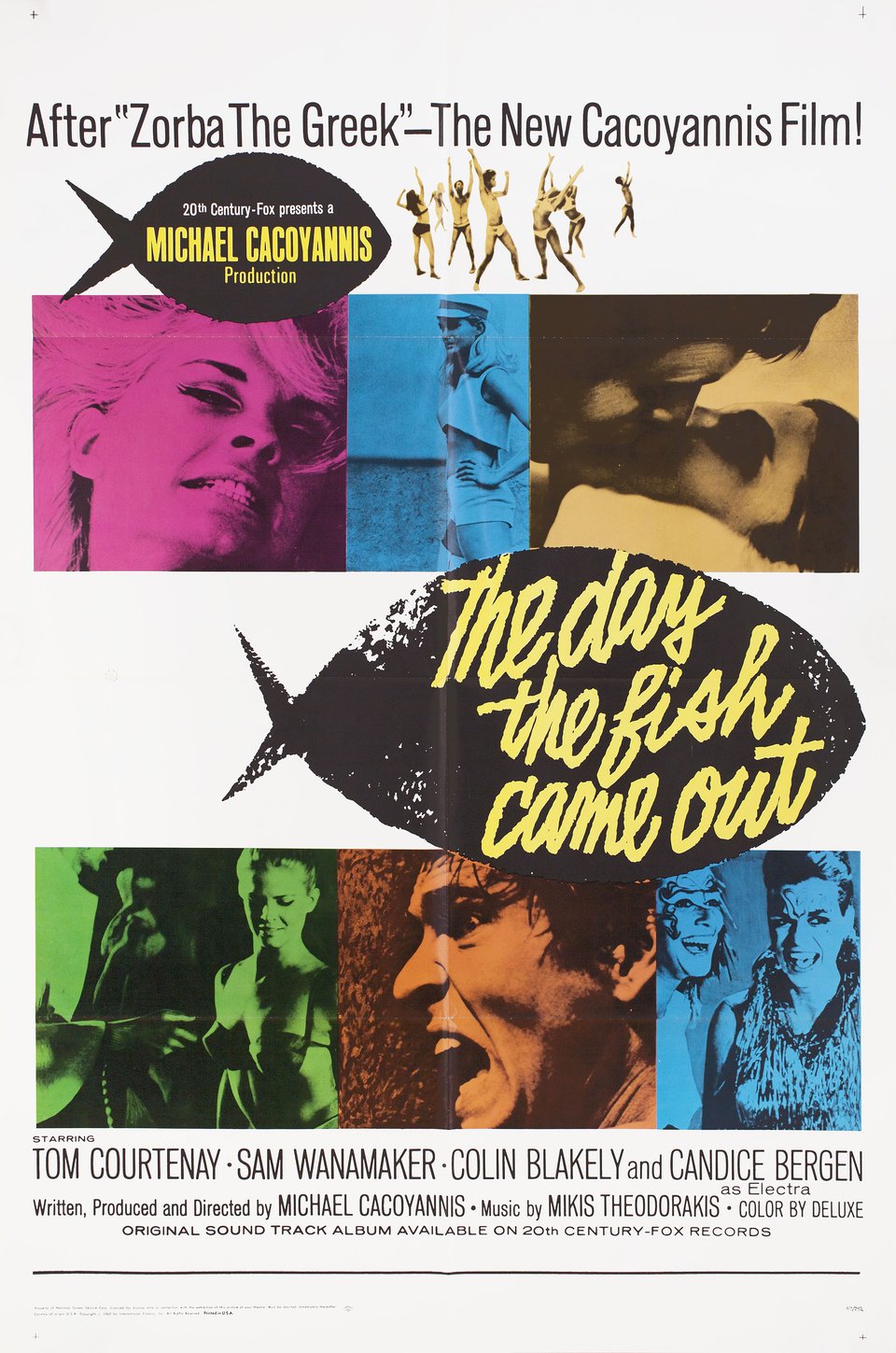



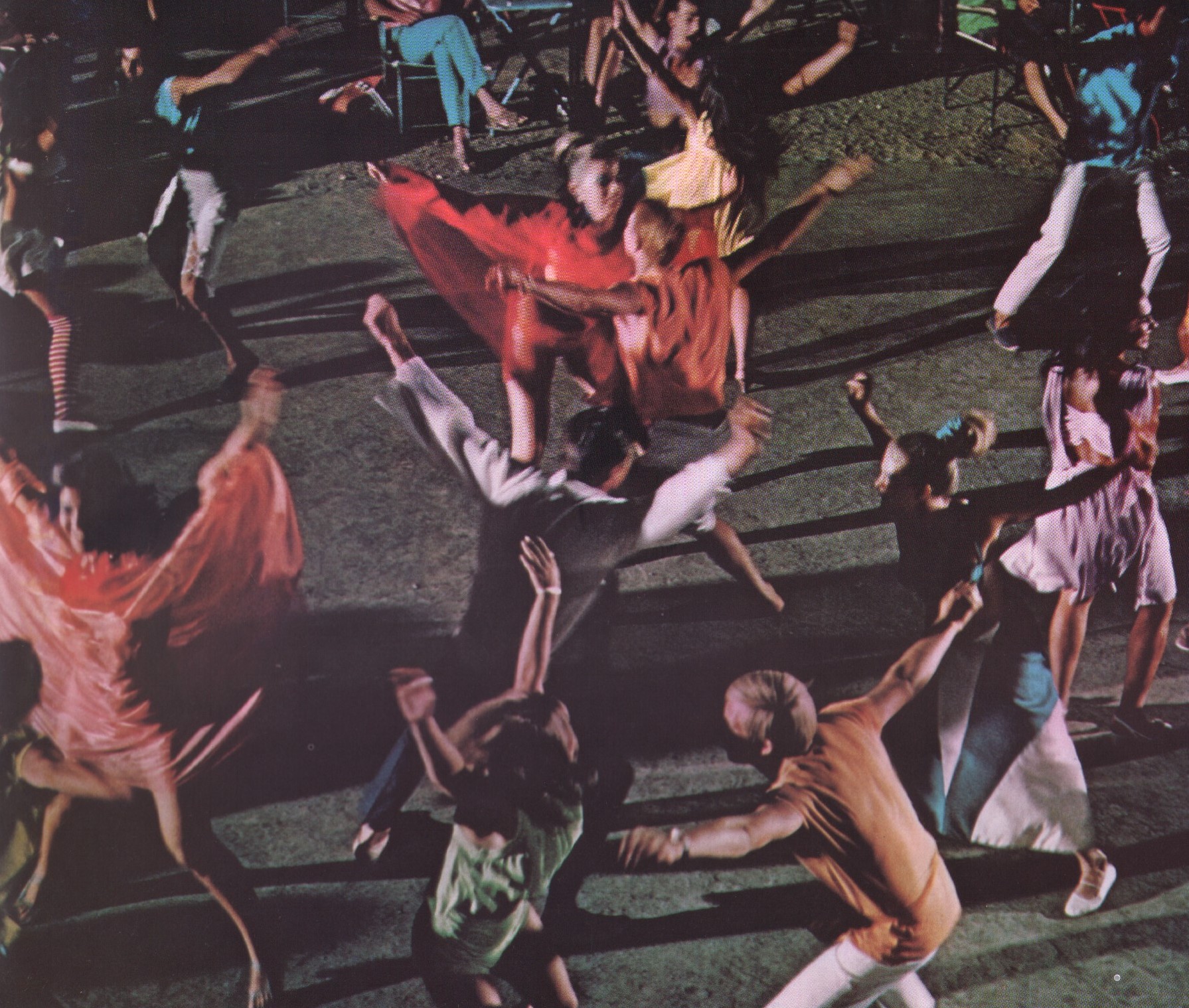

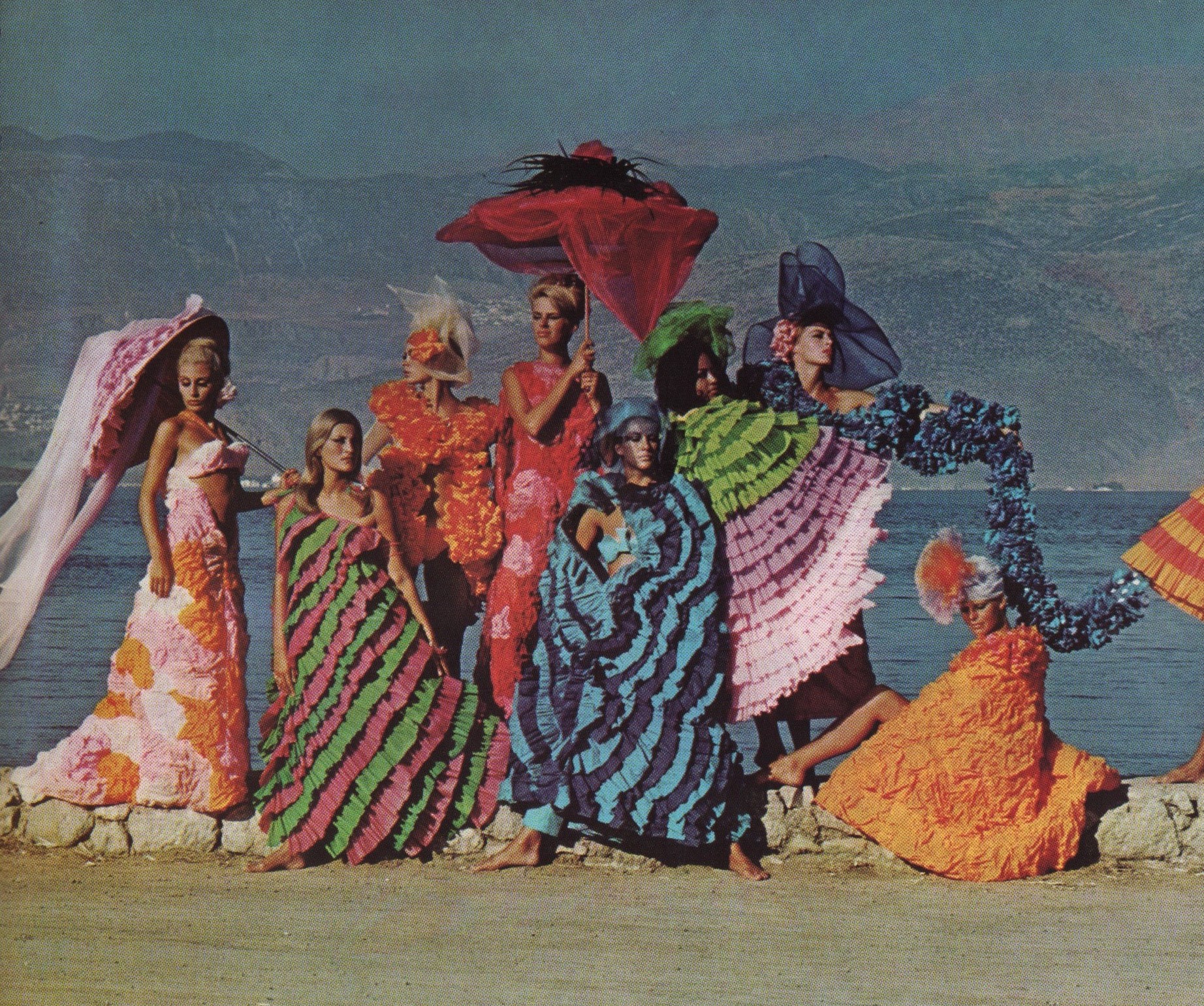
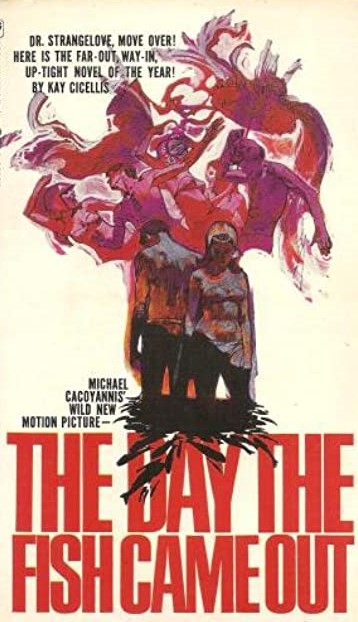
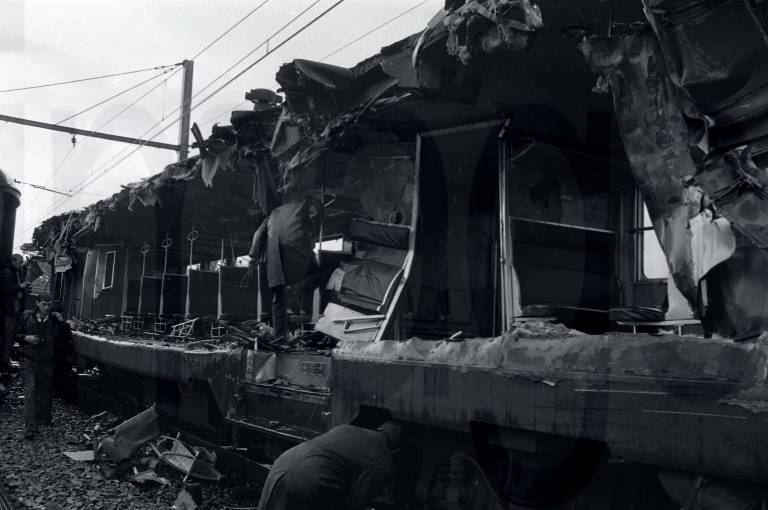
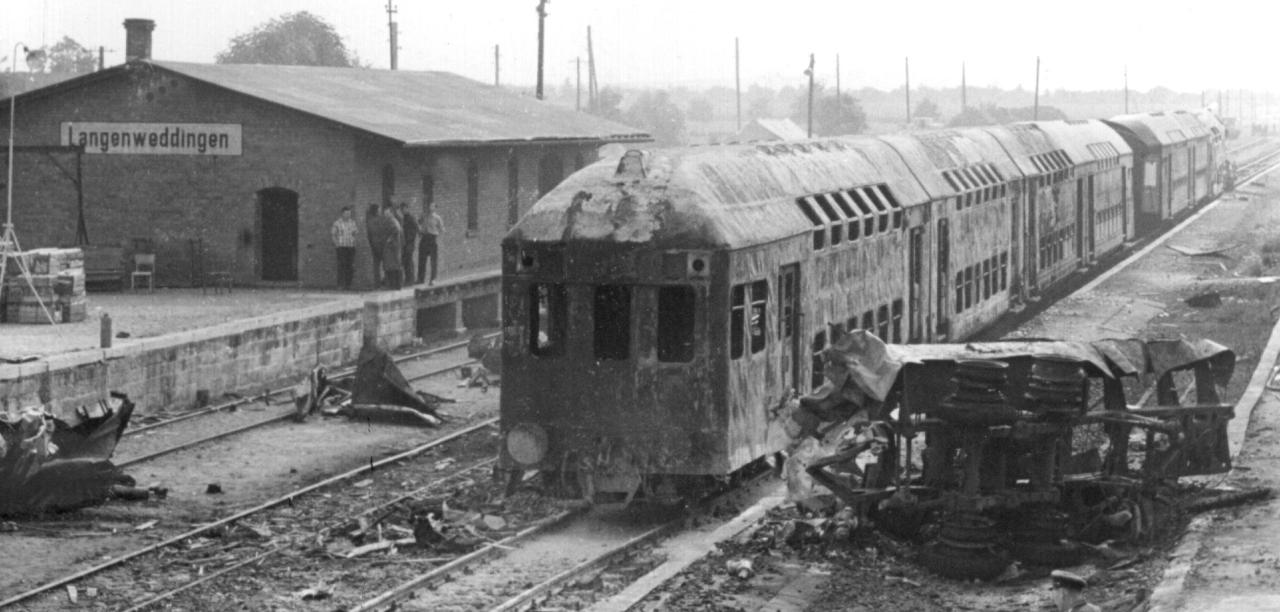

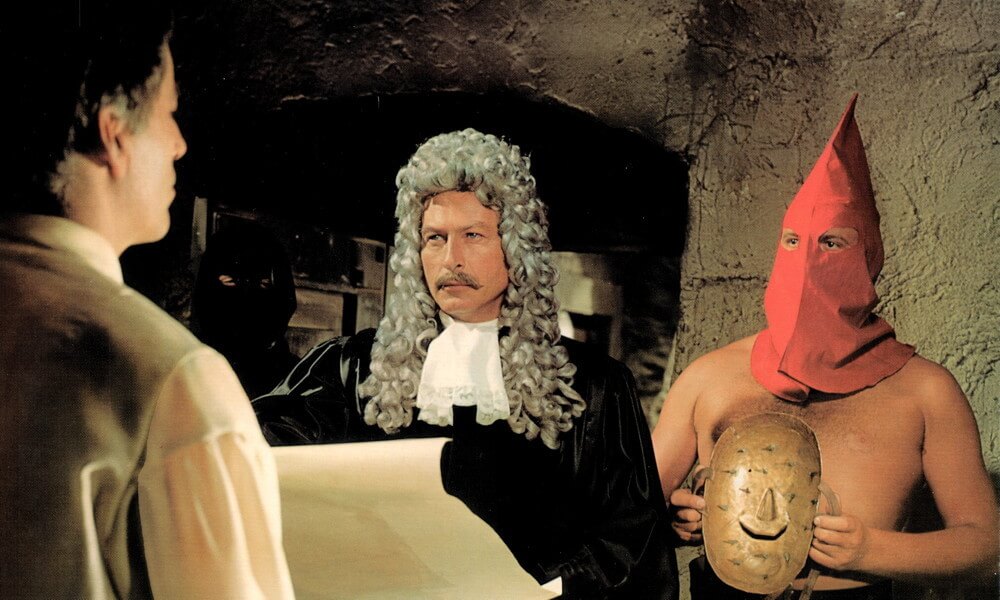
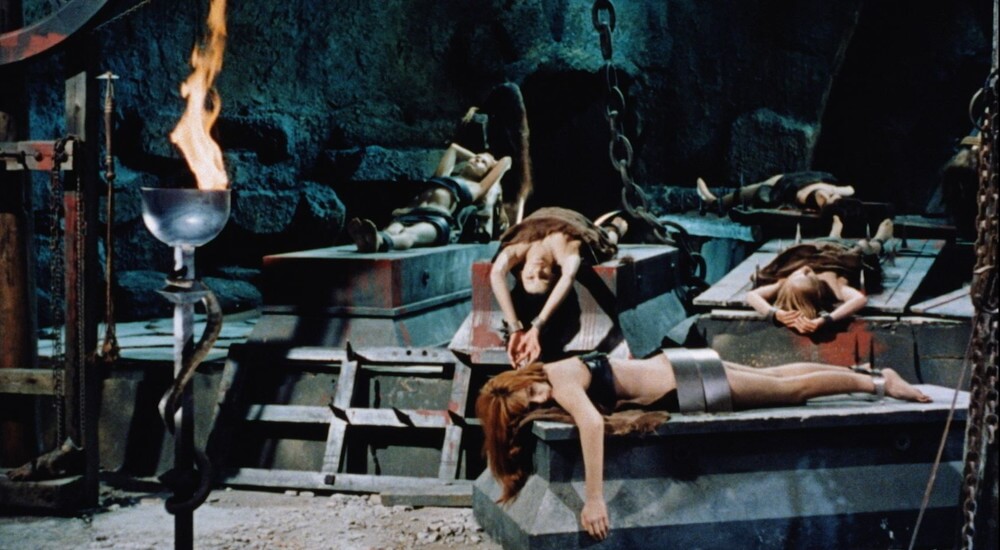


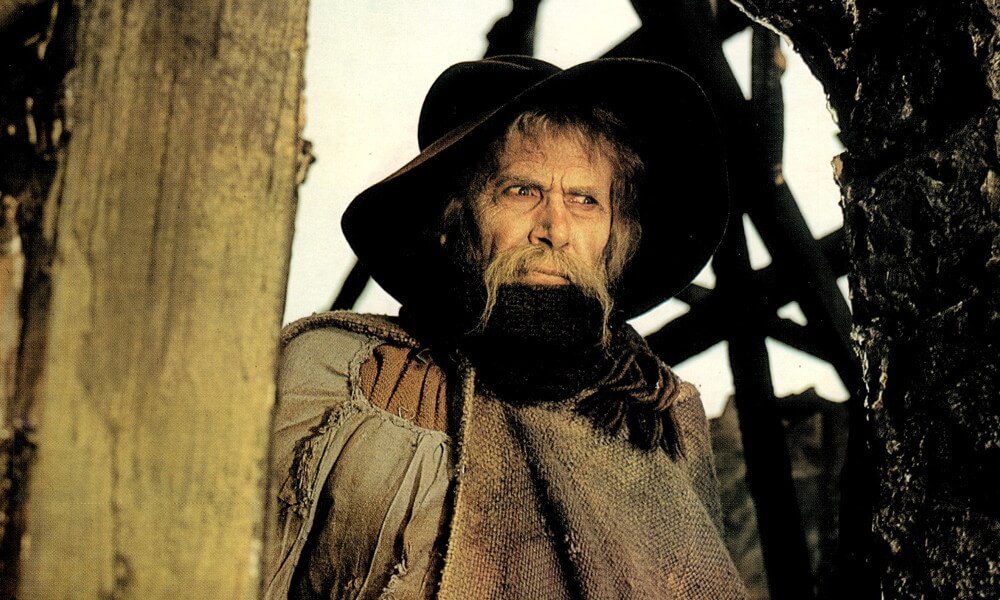
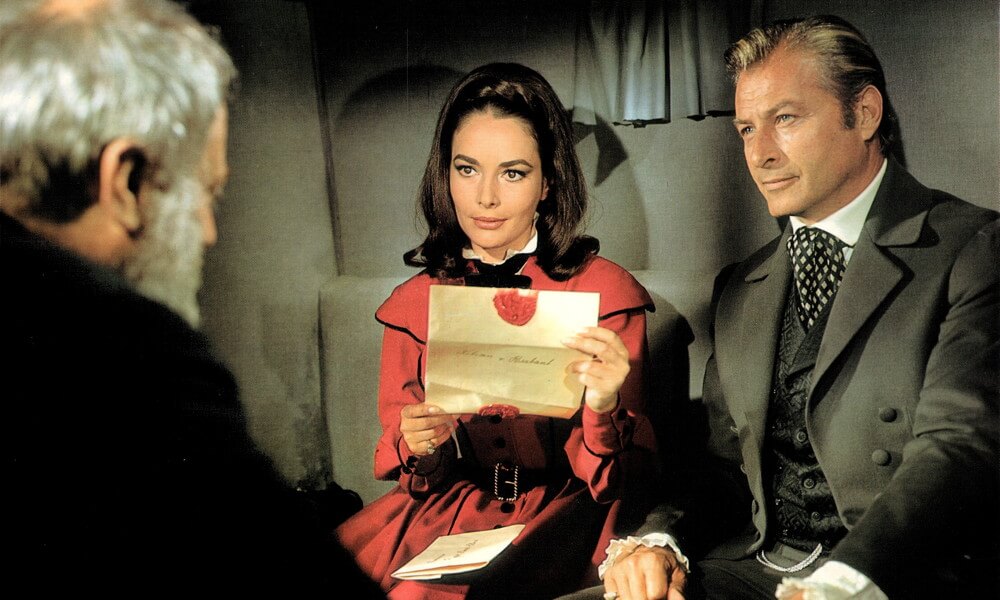
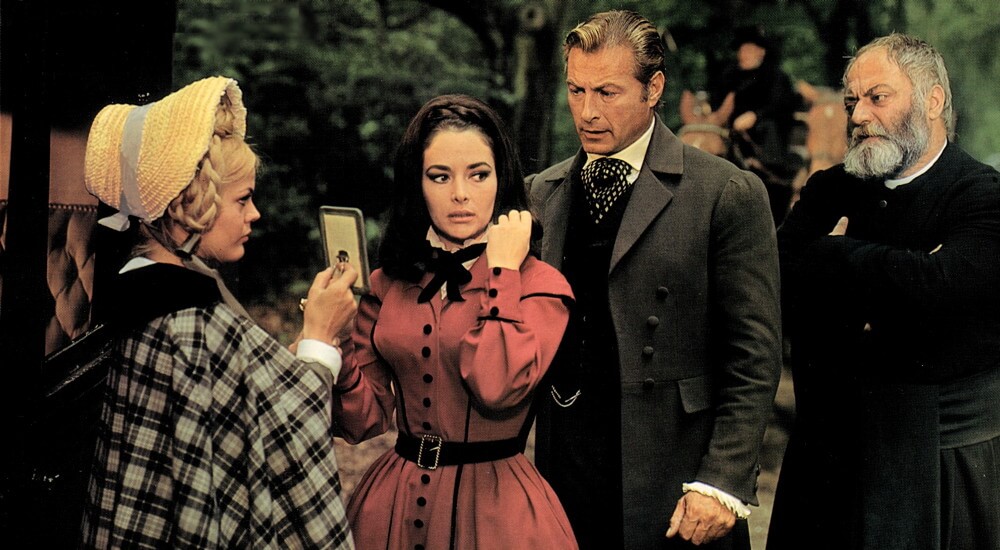

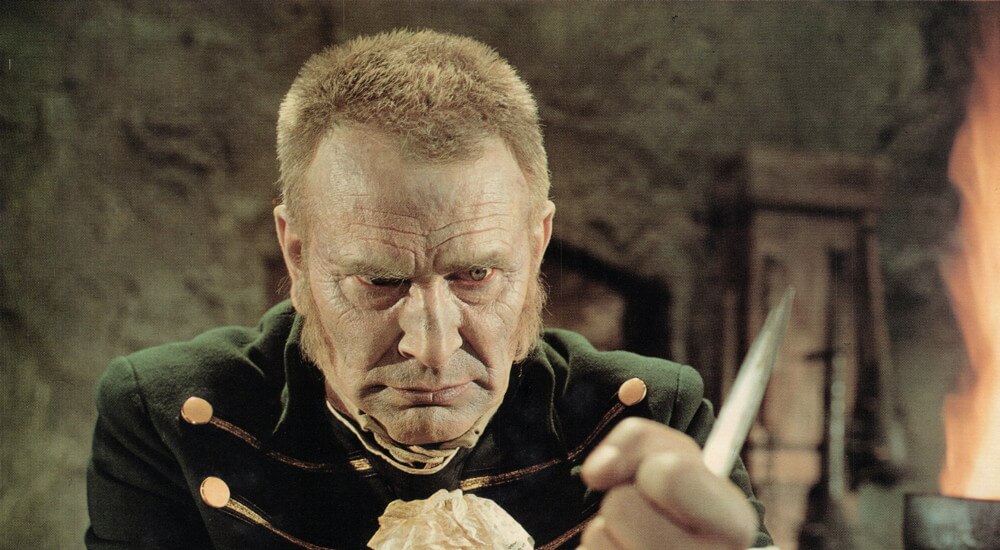
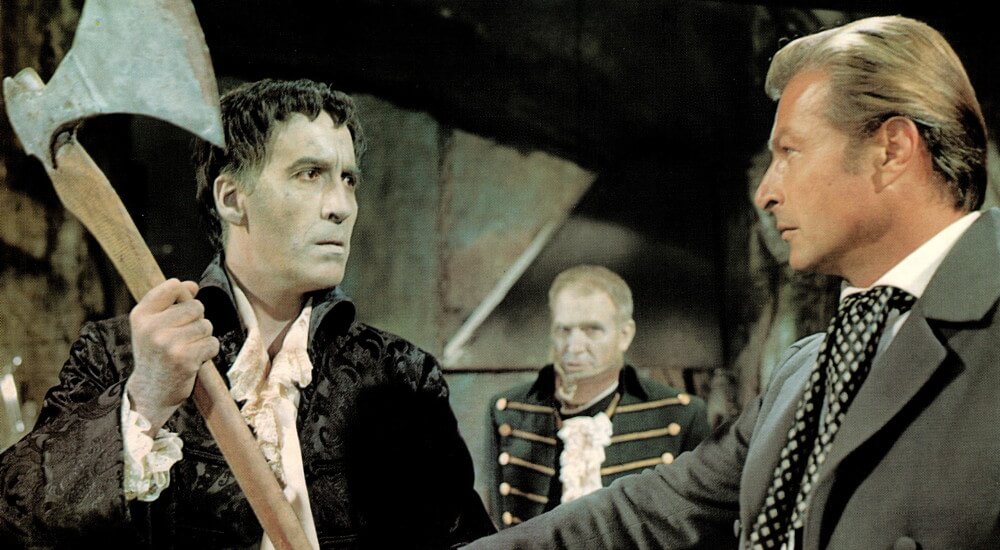
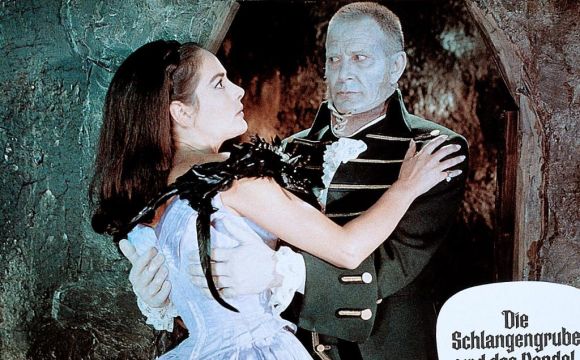
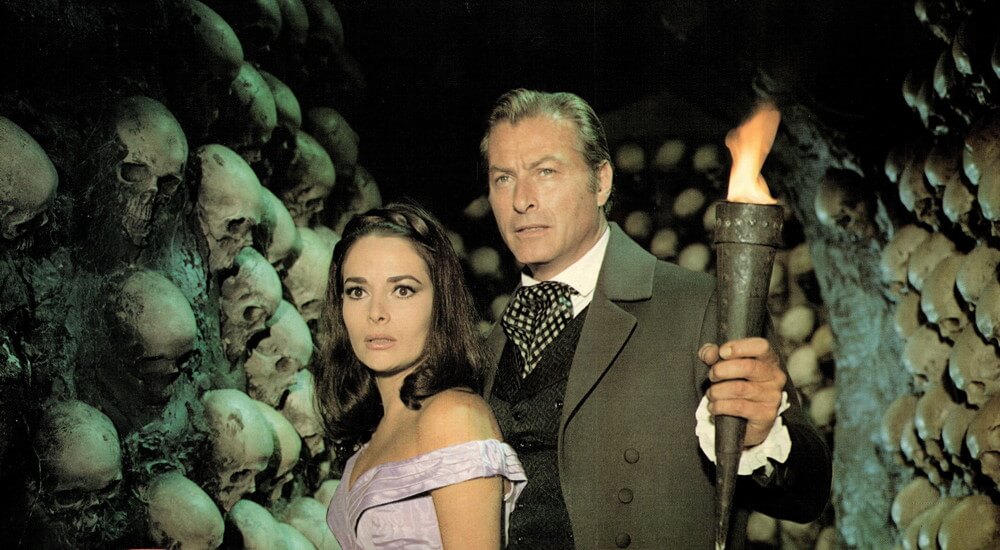
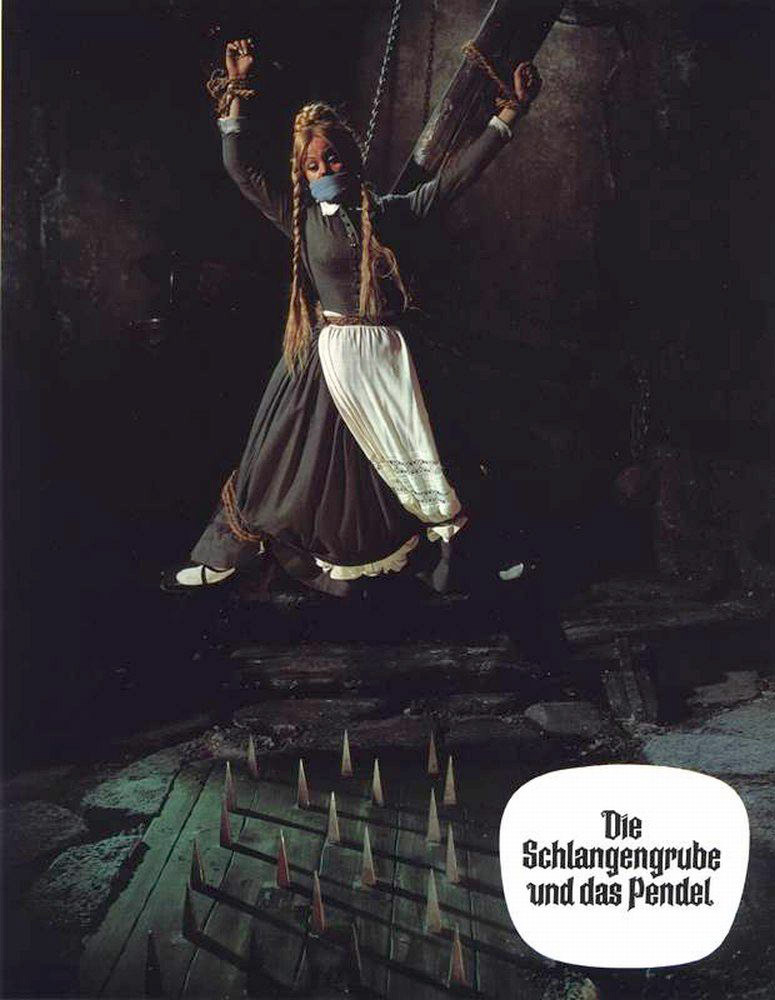
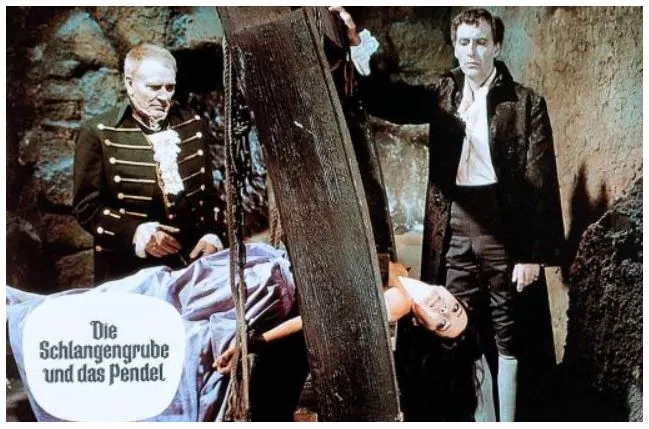
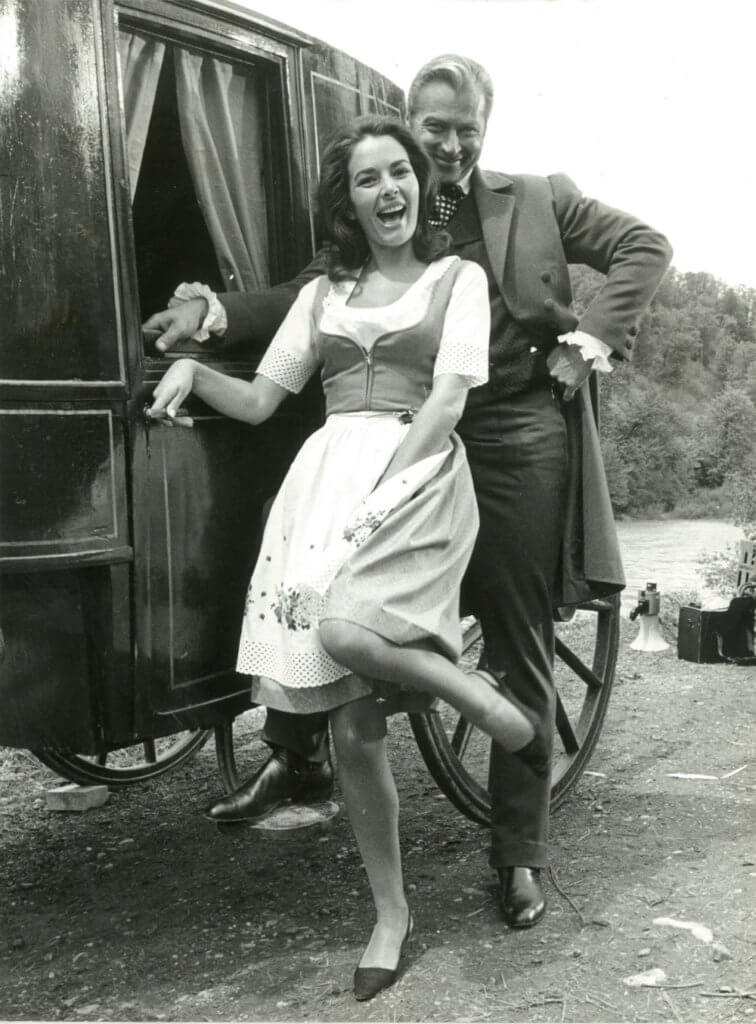
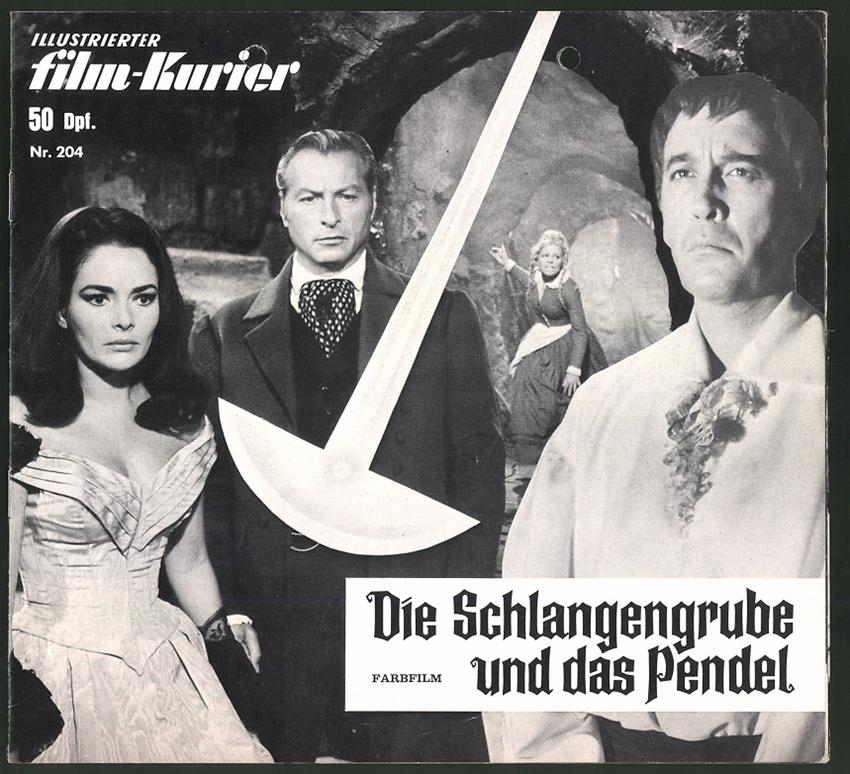
![[June 6, 1967] Blood in the Streets of West Berlin: The Shah Visit and the Shooting of Benno Ohnesorg](https://galacticjourney.org/wp-content/uploads/2022/06/schahbesuch02061967-1160x480-1-672x372.jpg)

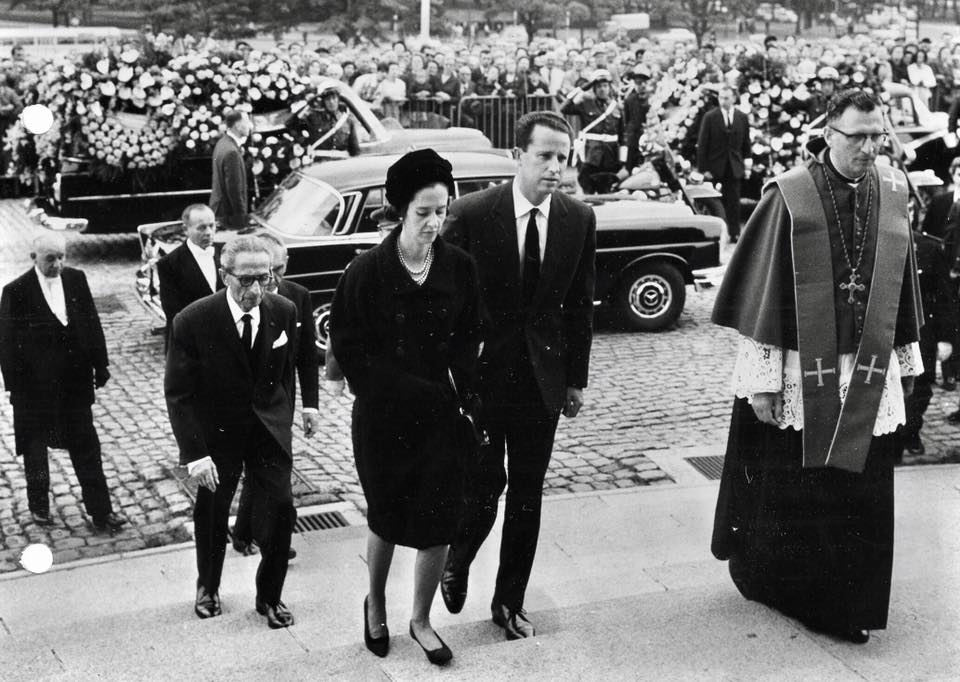

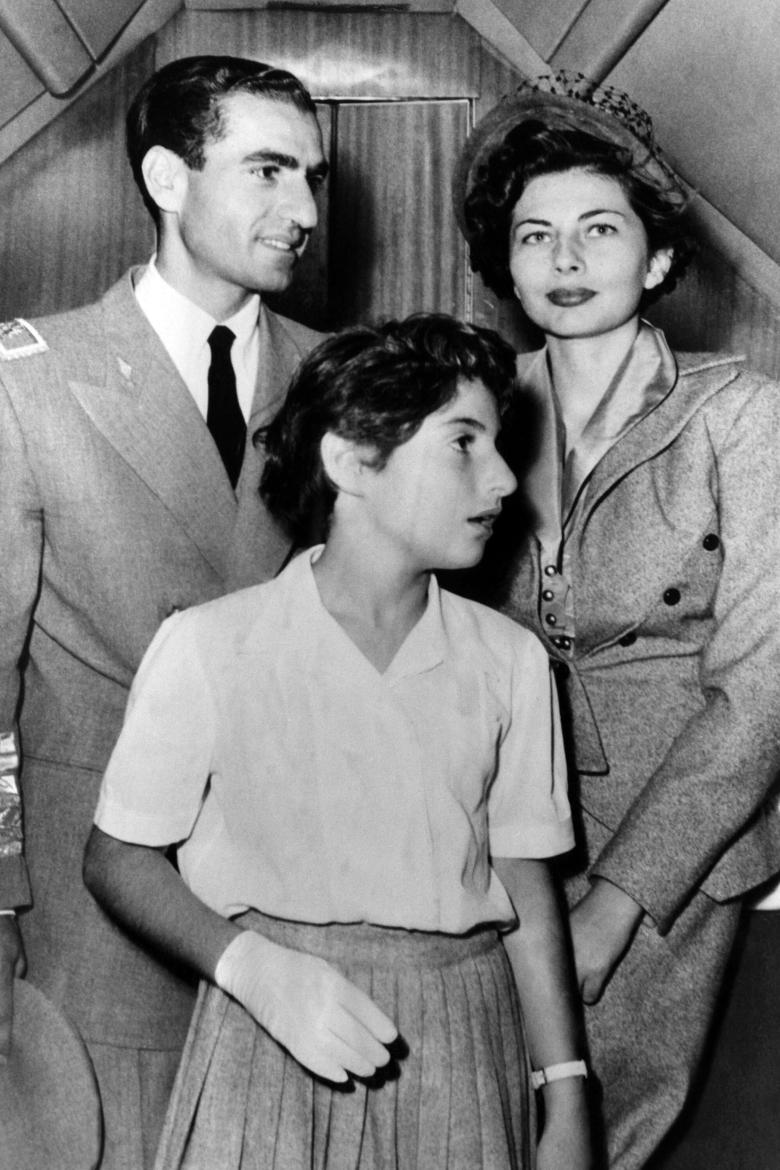
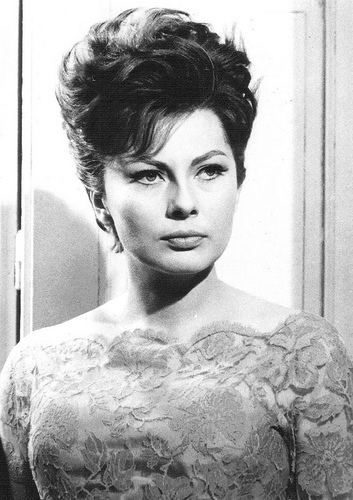
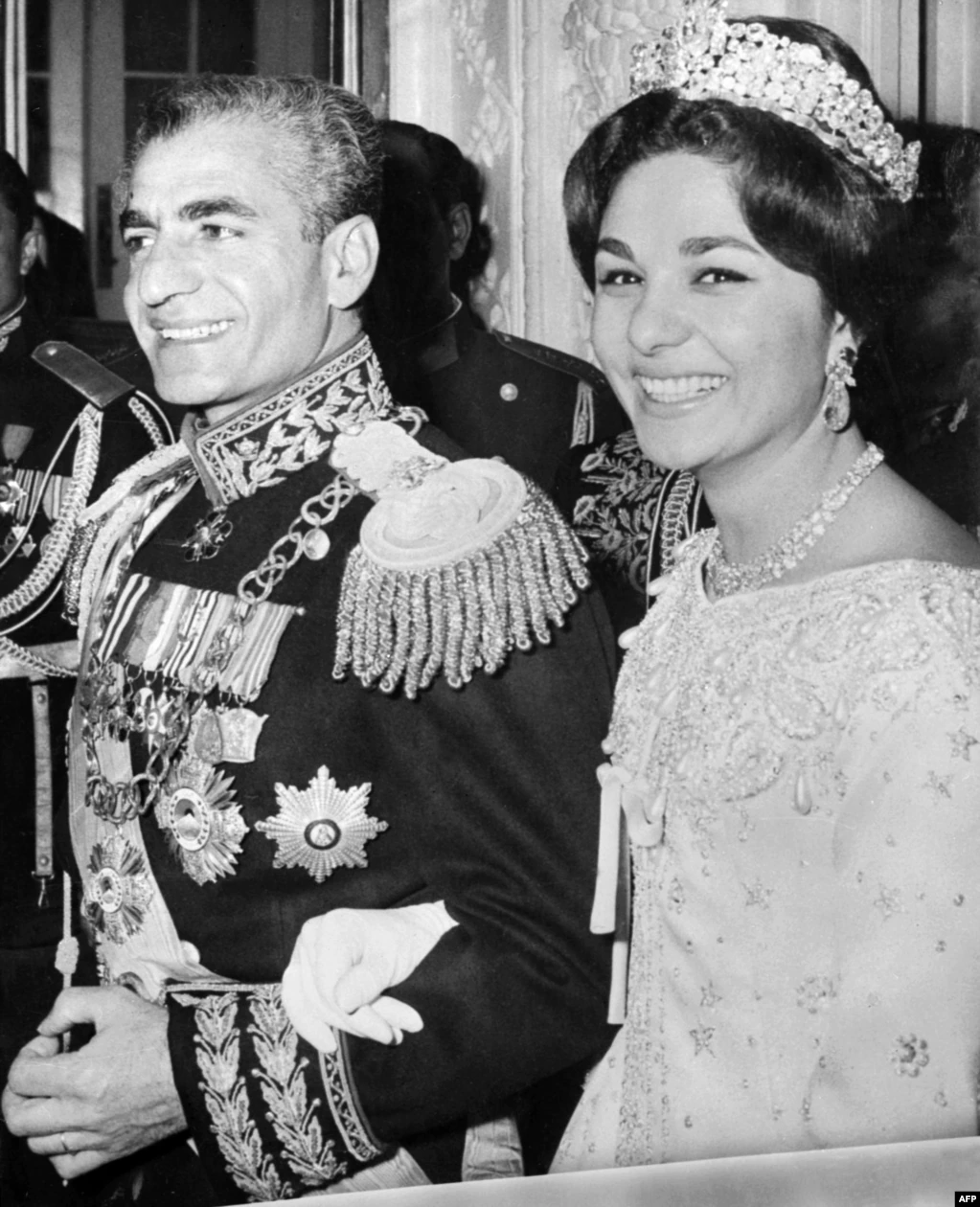



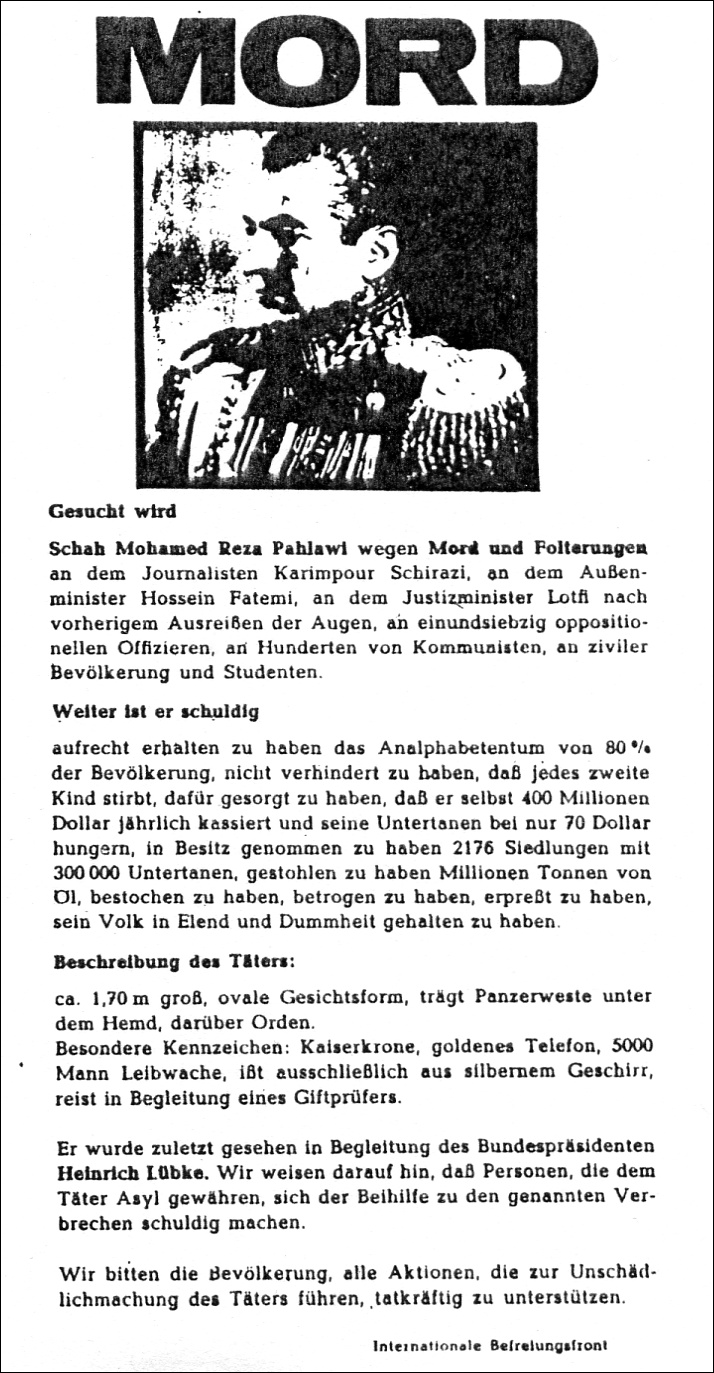
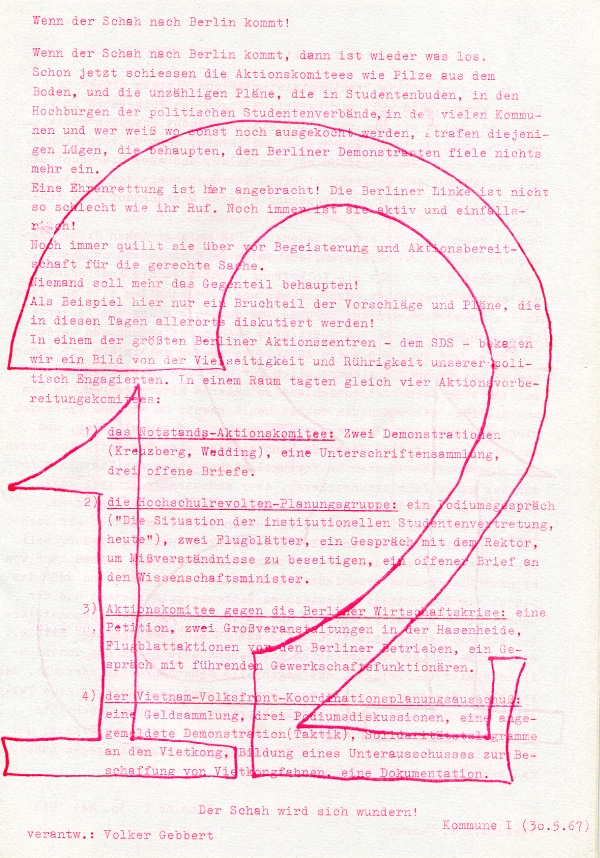
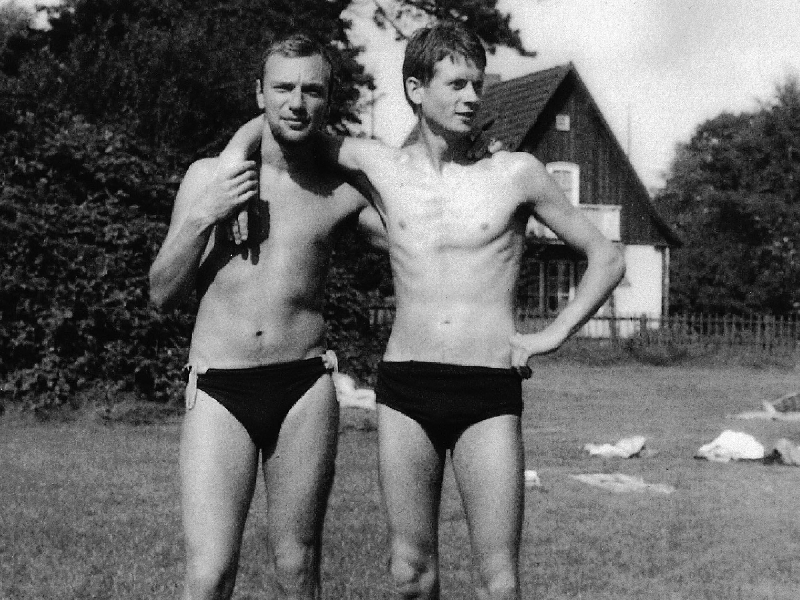




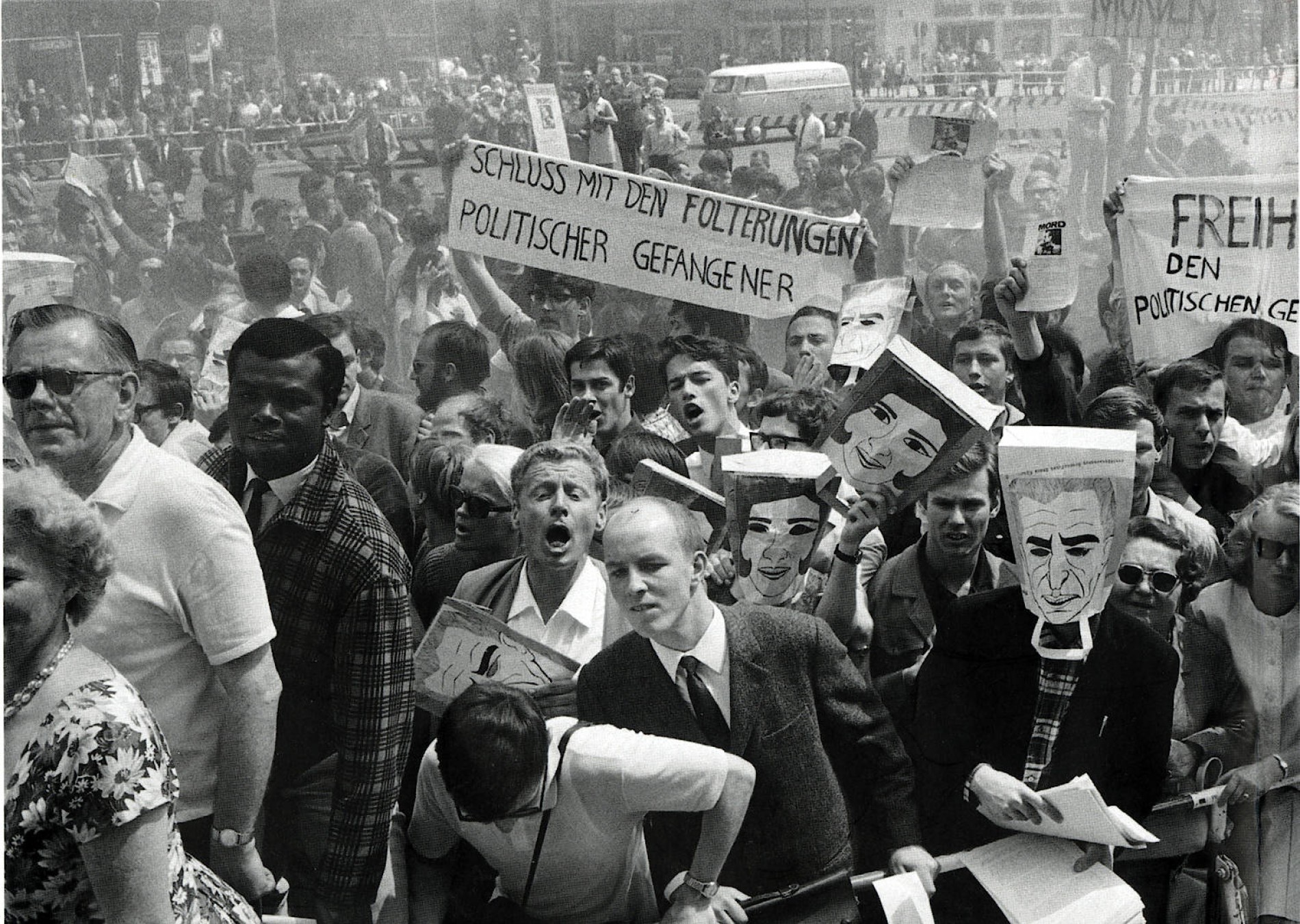

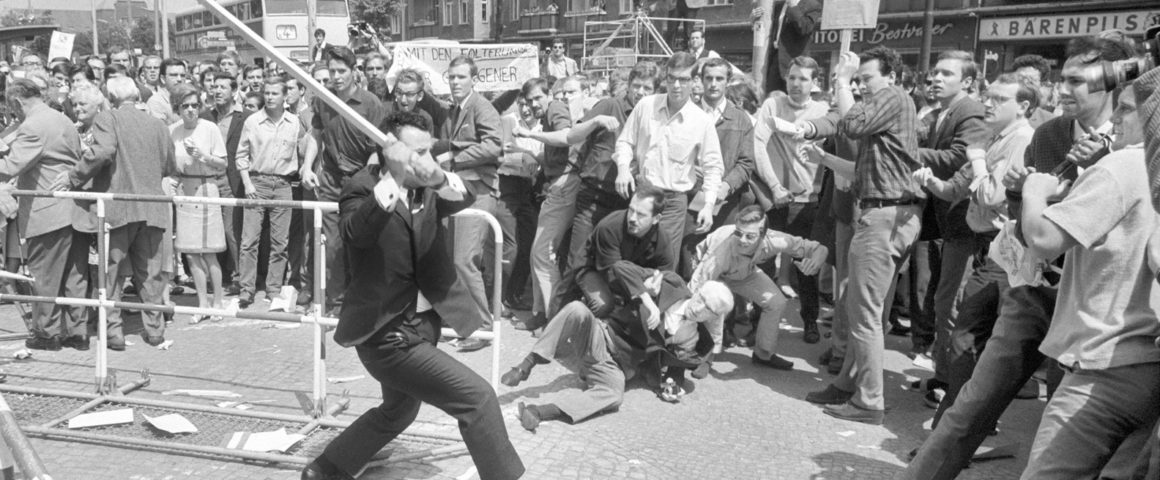
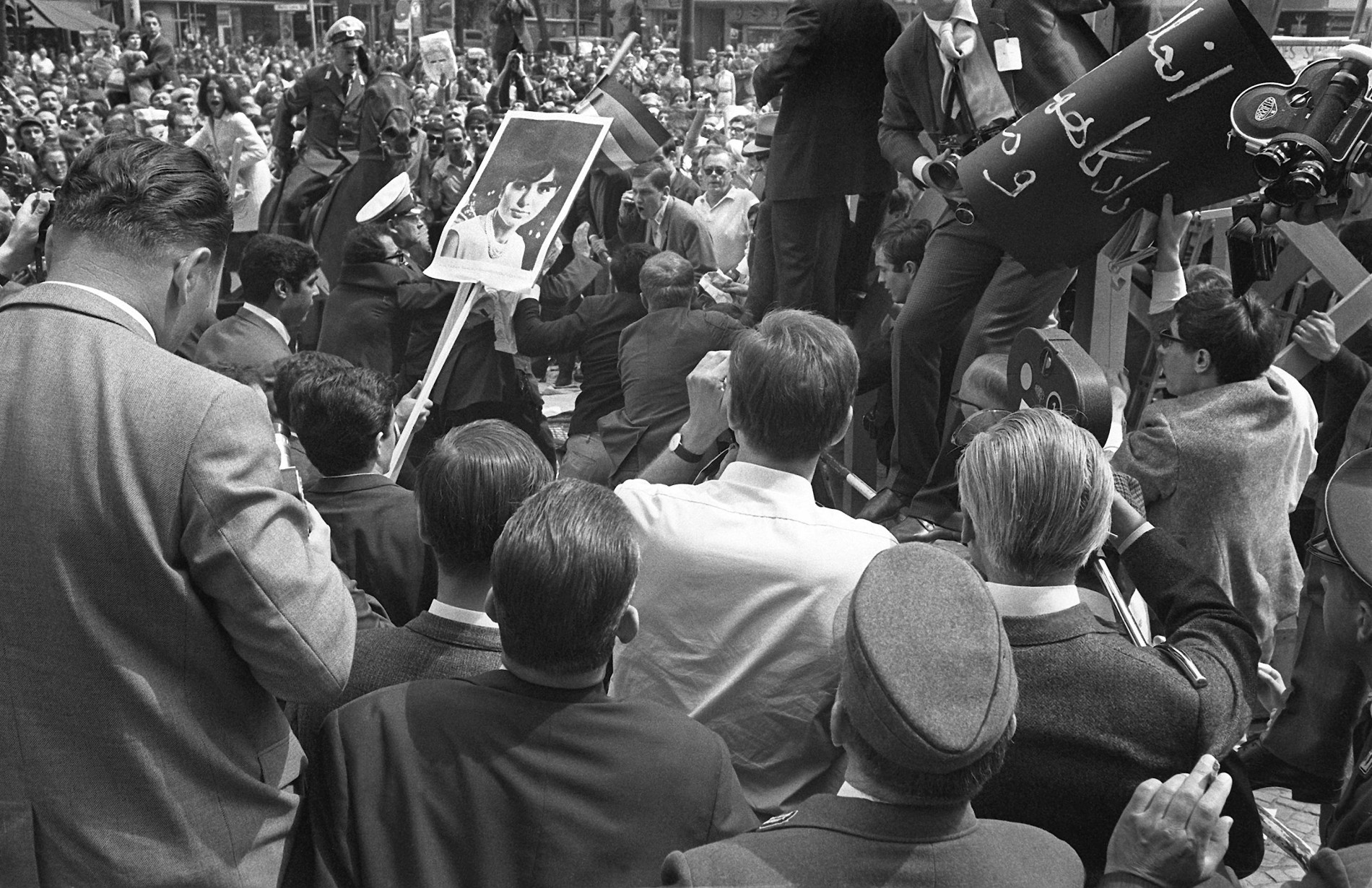
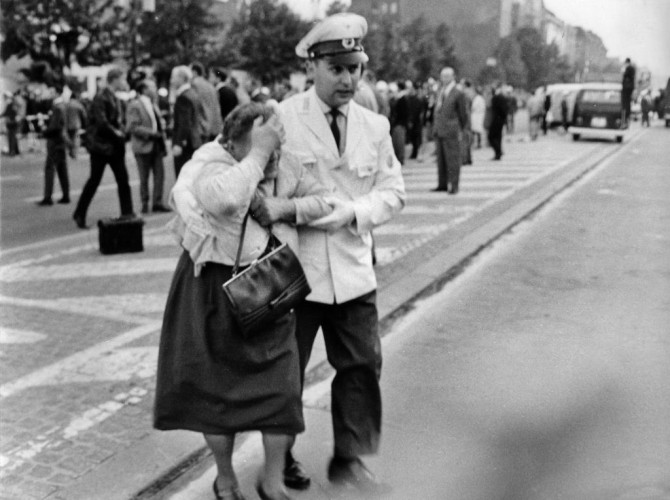
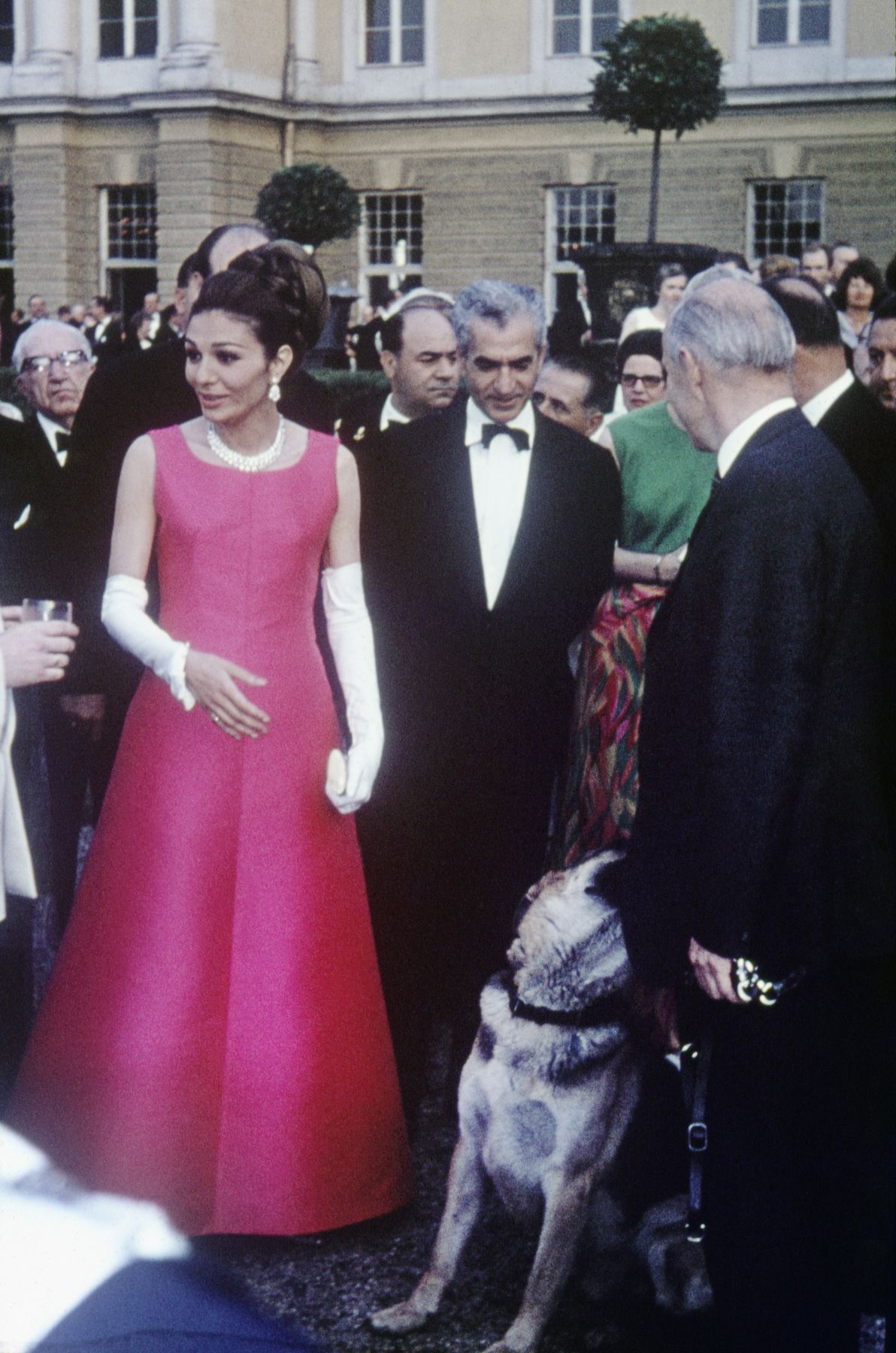
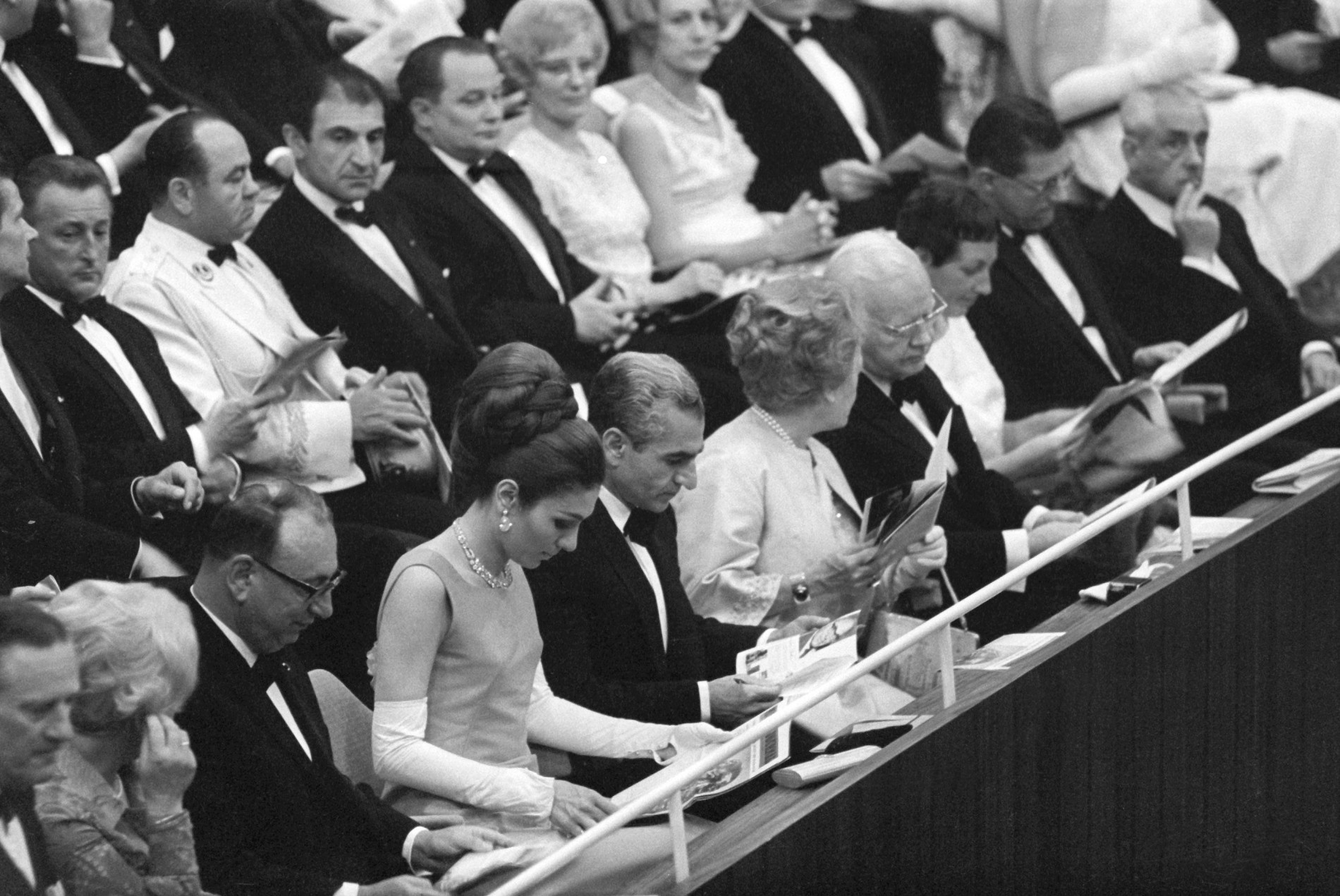

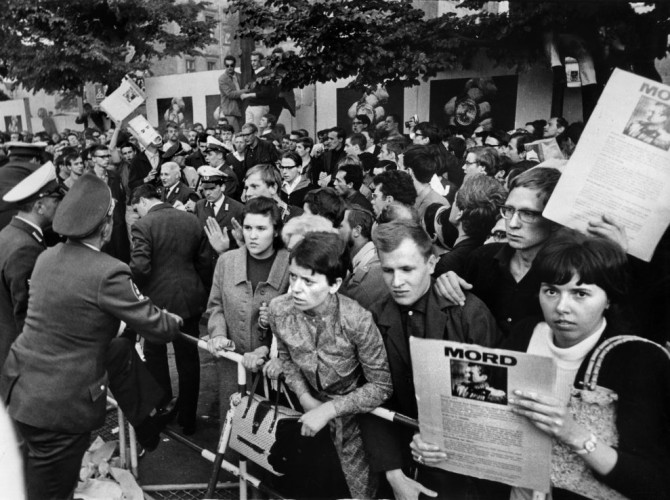
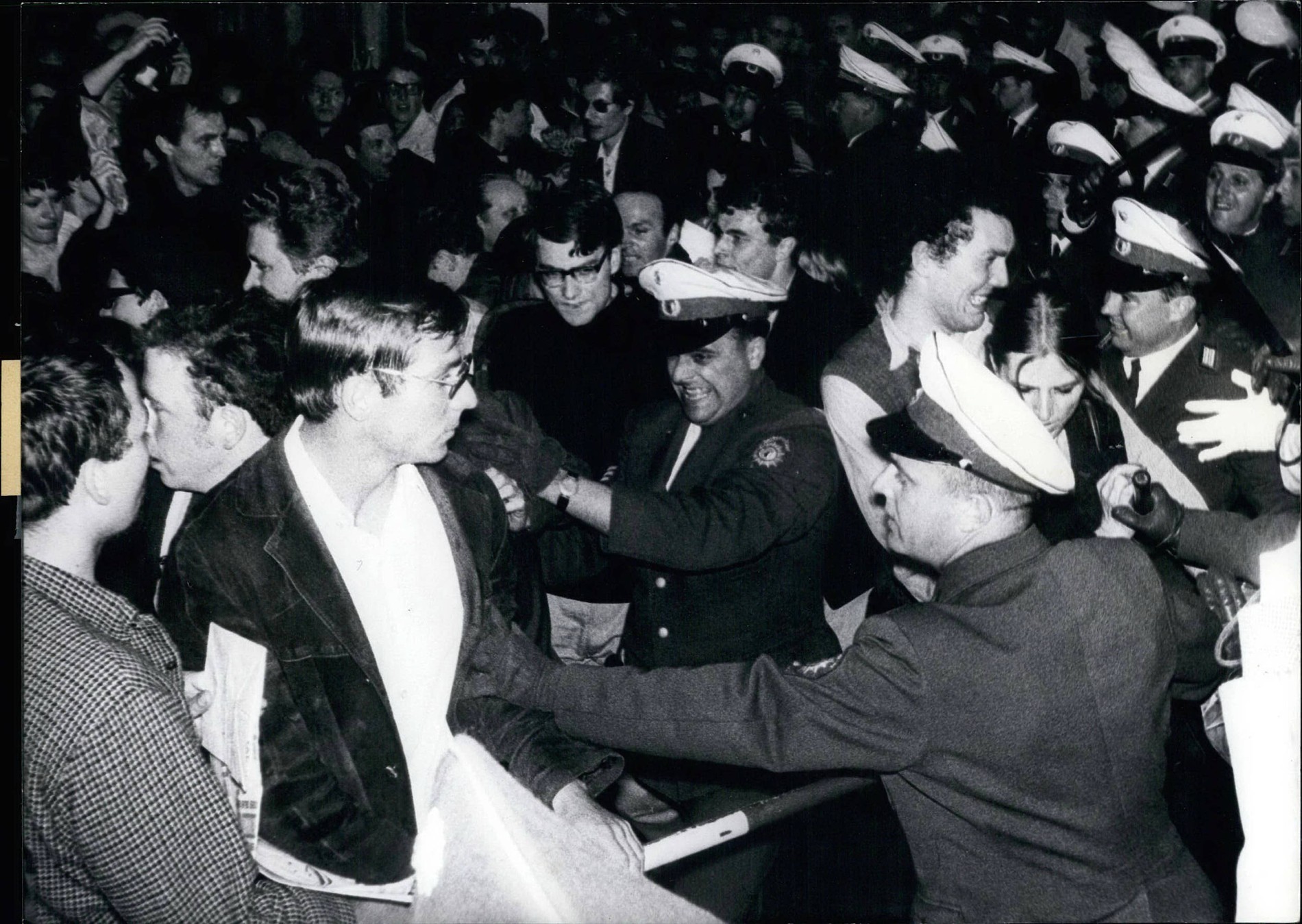
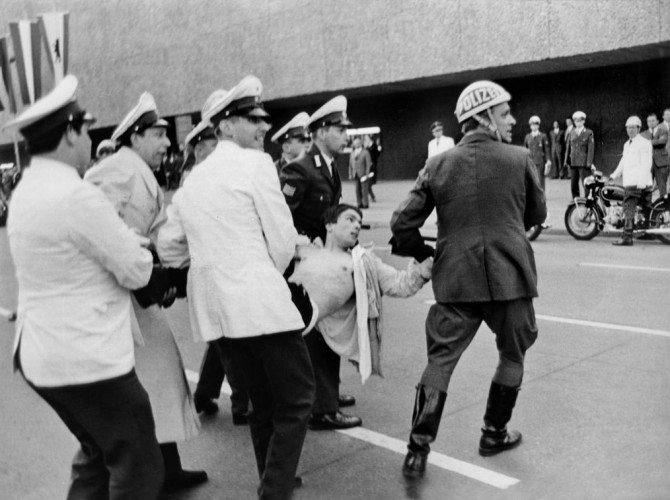

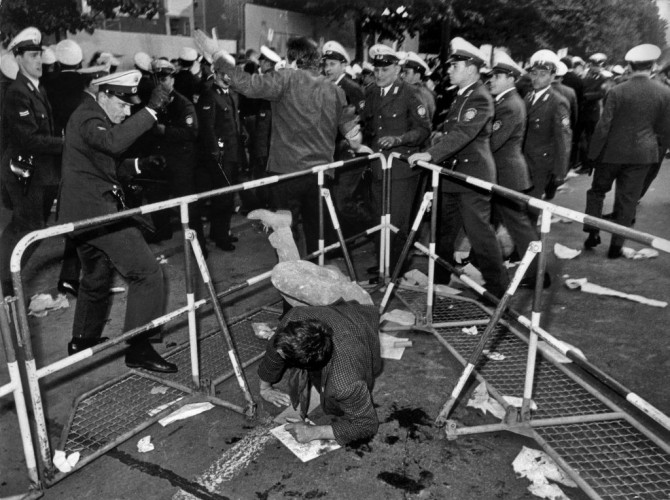

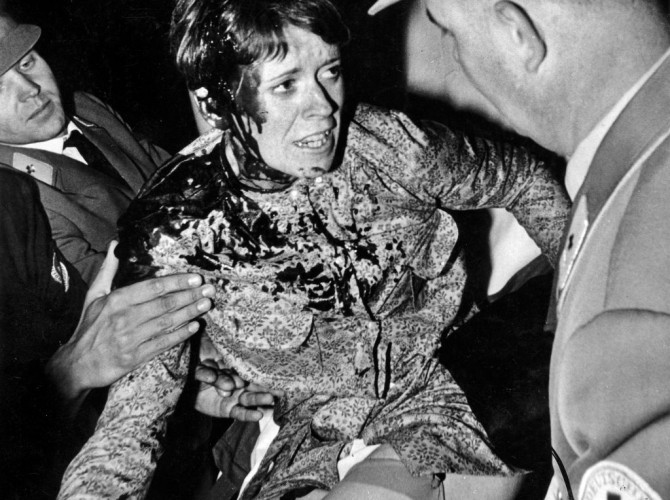
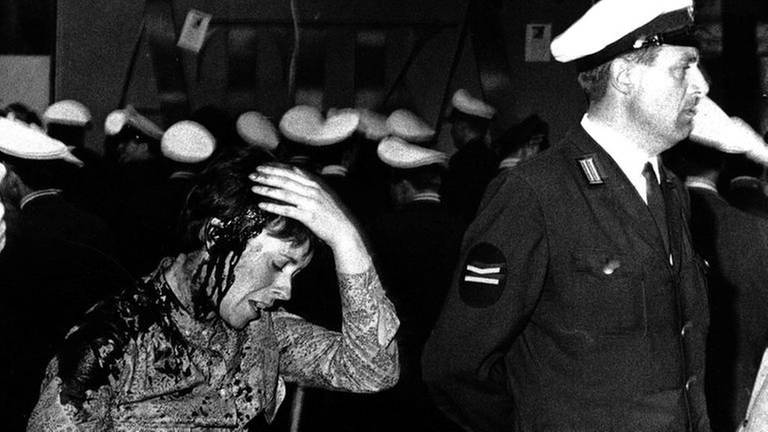
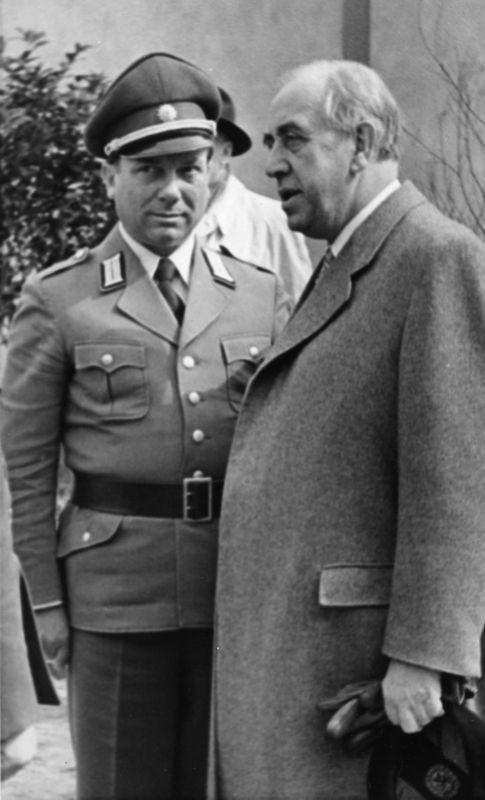
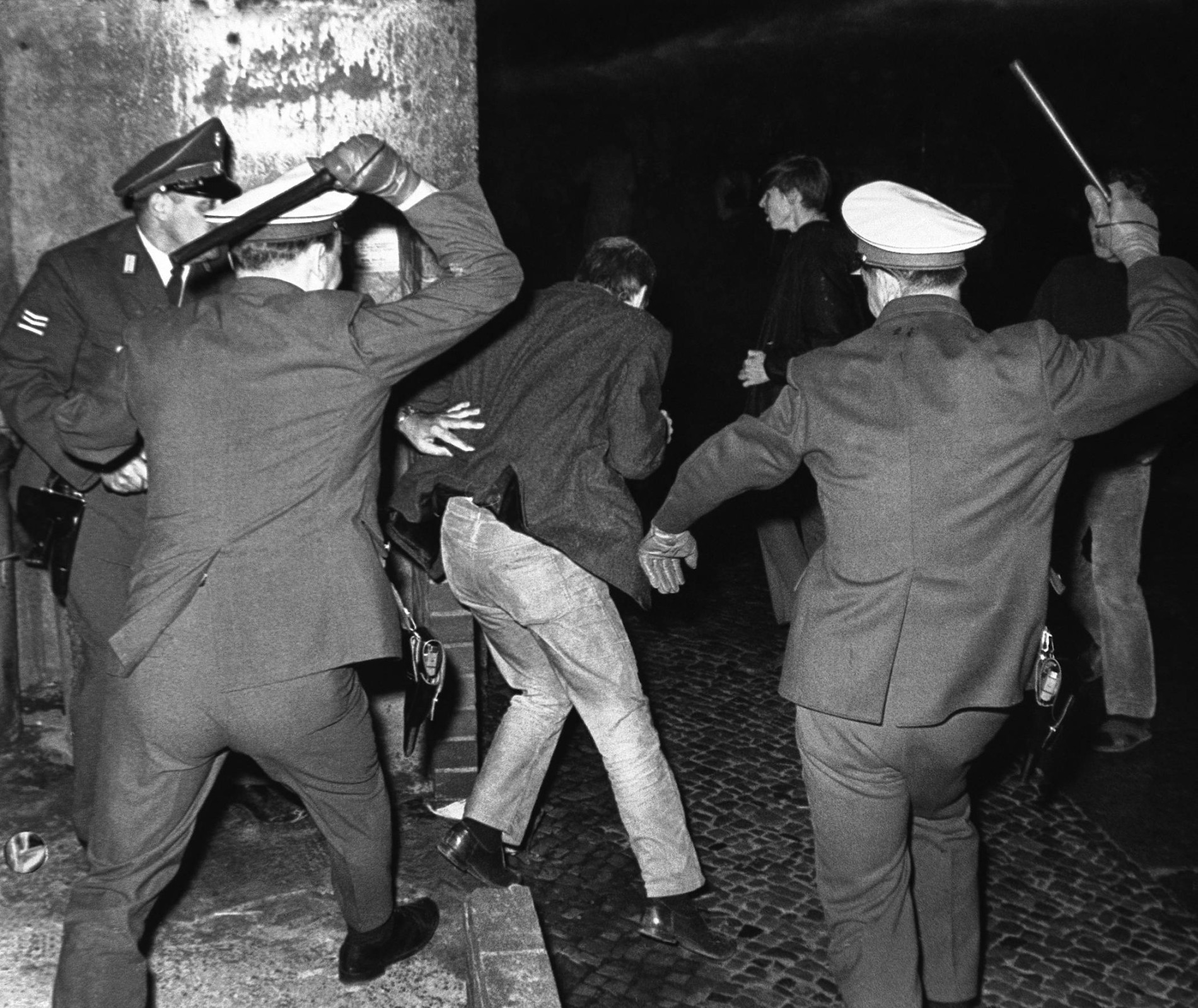
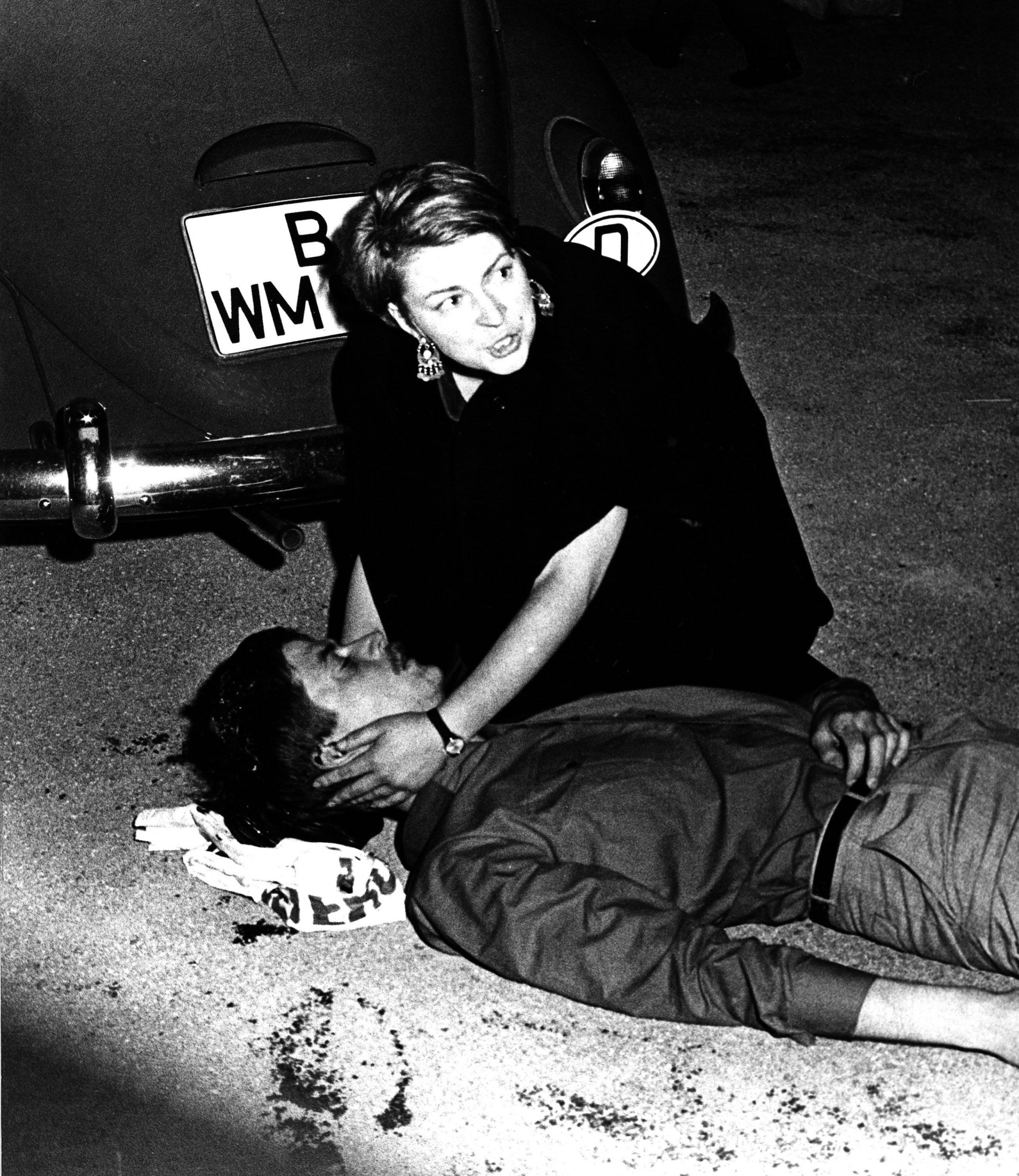
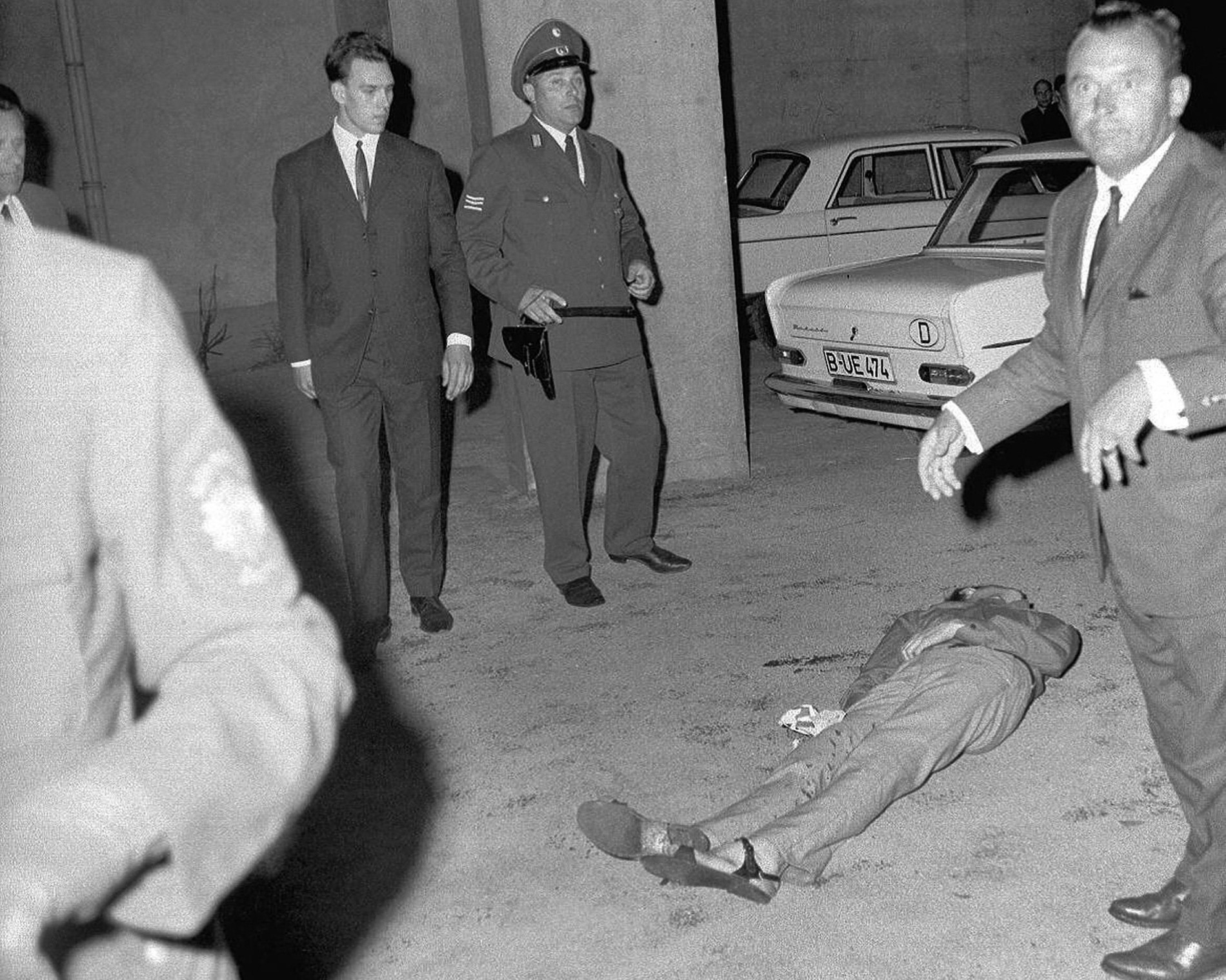



![[December 18, 1966] The Manchurian Colonel: <i>Space Patrol Orion</i>, Episode 7: "Invasion"](https://galacticjourney.org/wp-content/uploads/2021/12/Raumpatrouille-Orion_1499343747406665-672x372.jpg)
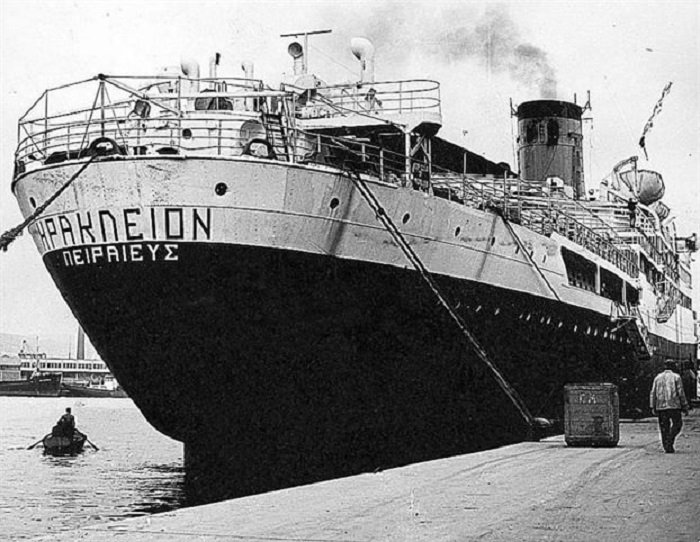
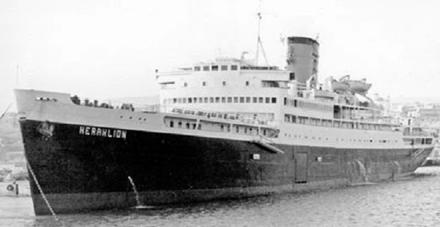




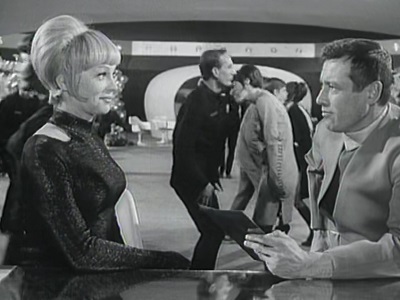
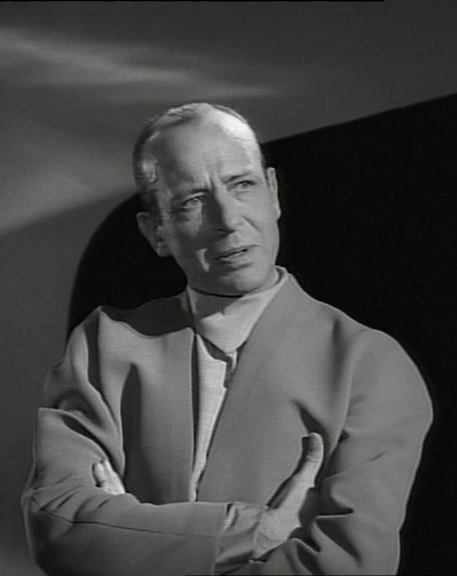
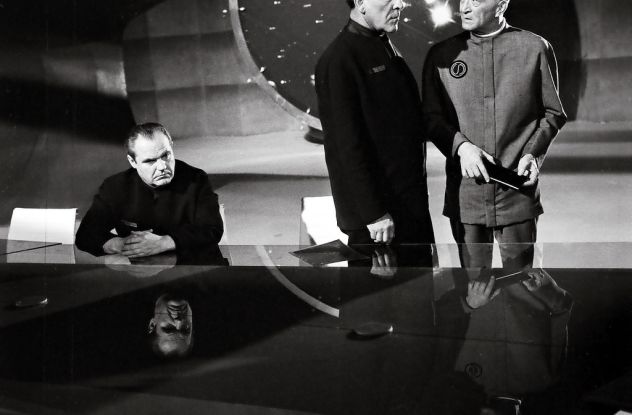
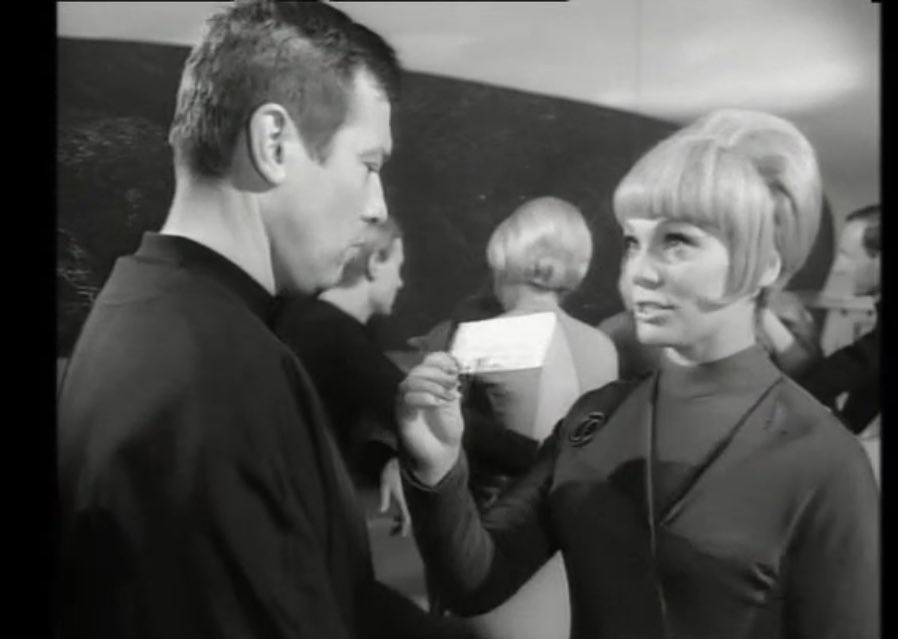

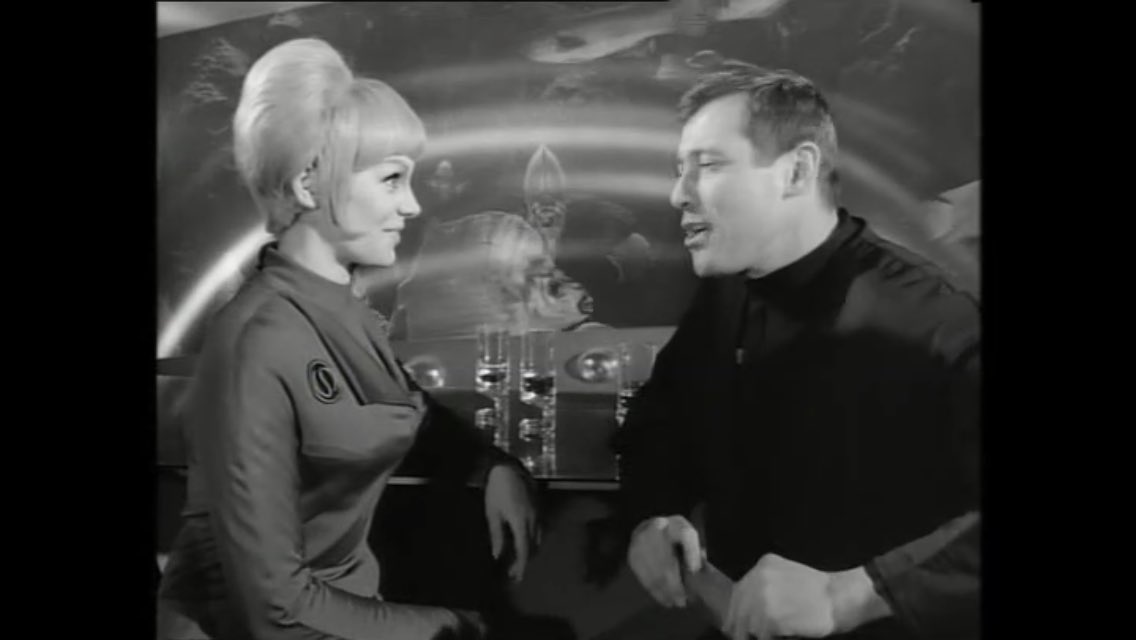
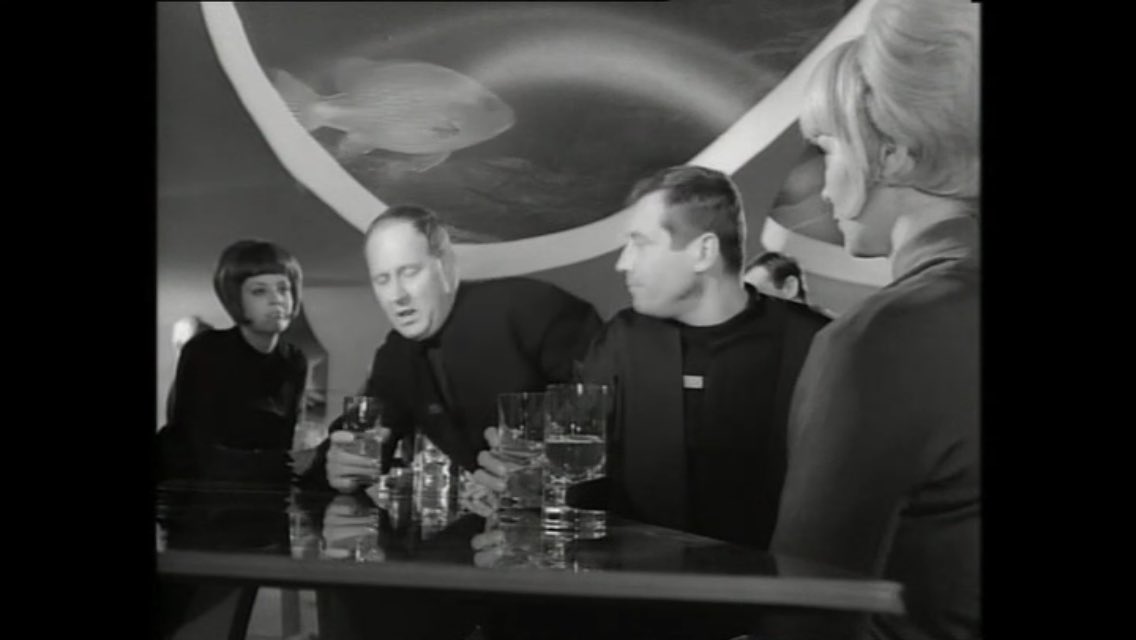
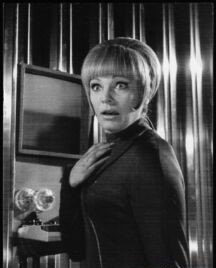


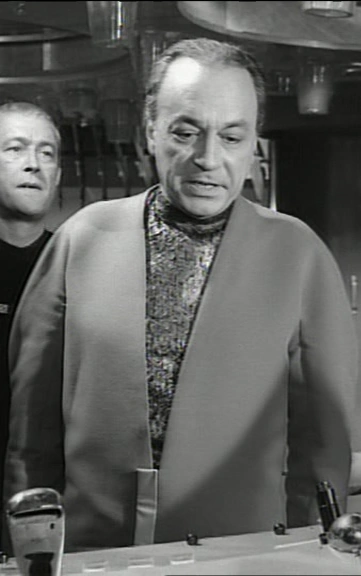
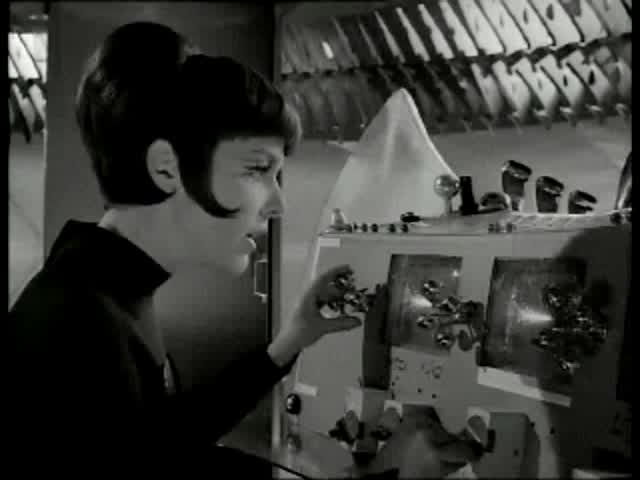

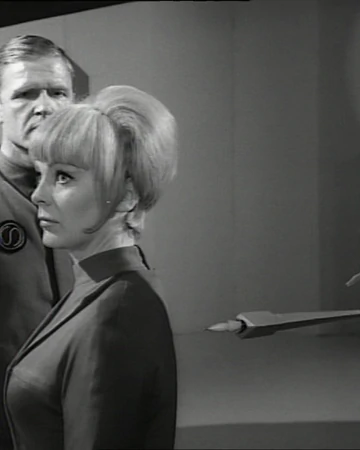
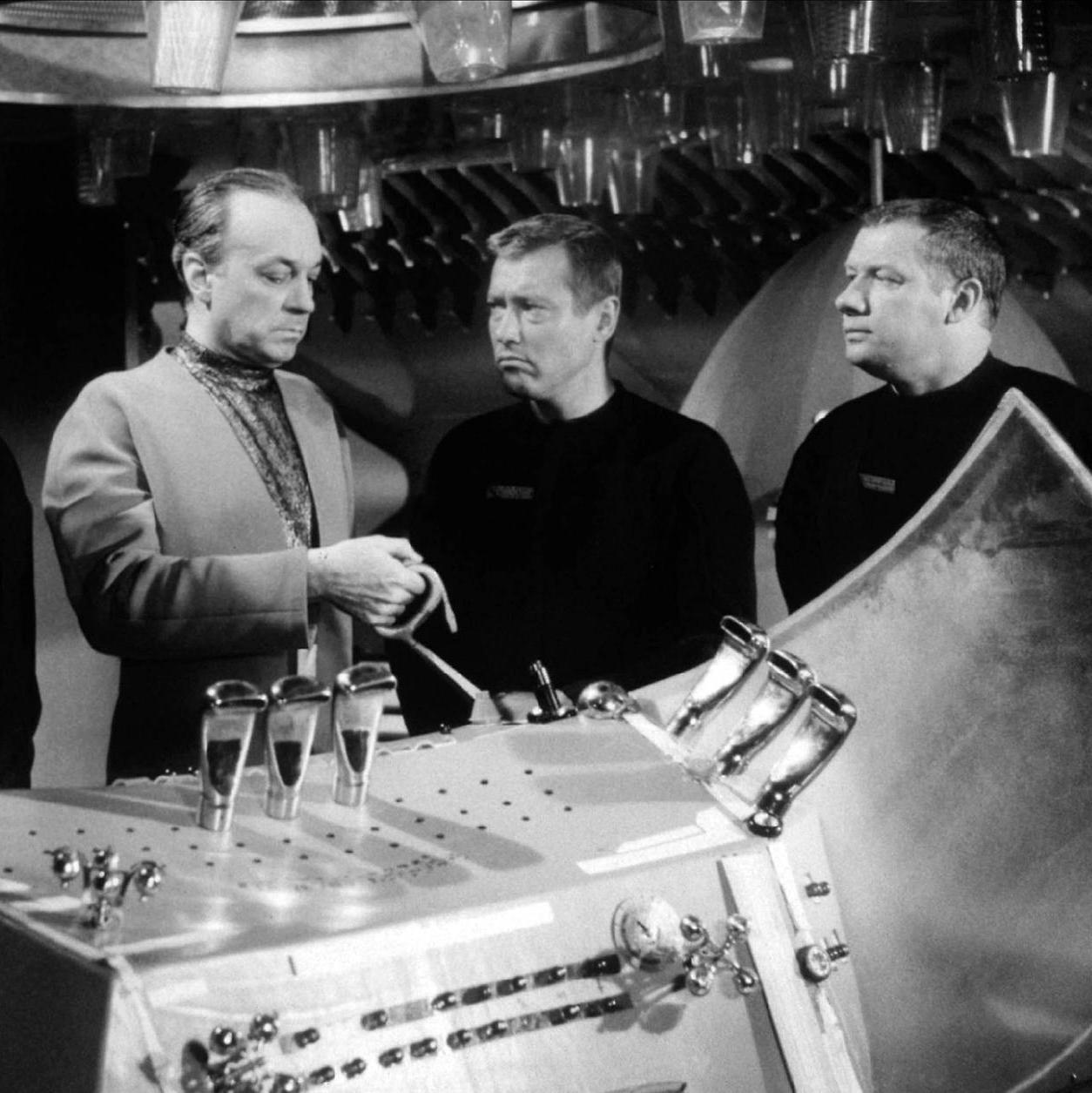
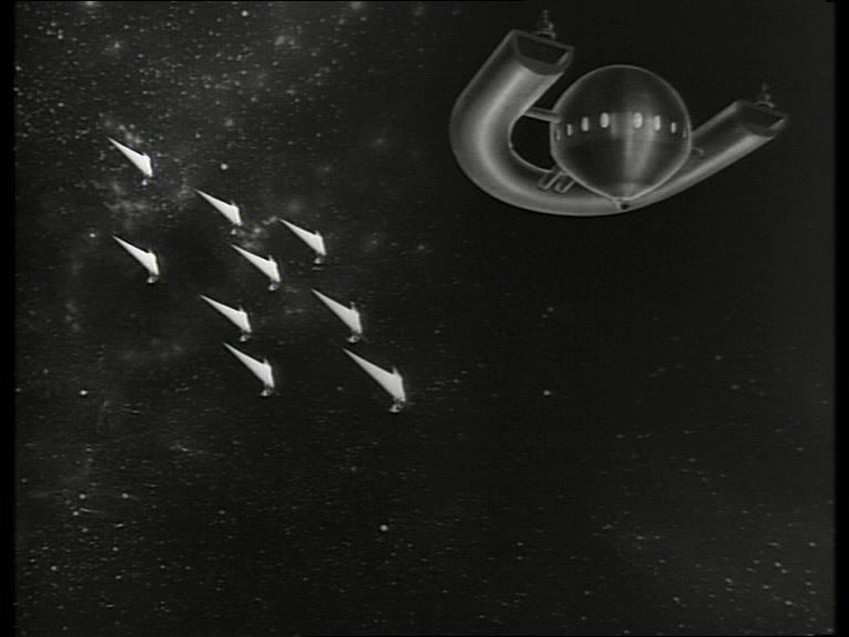
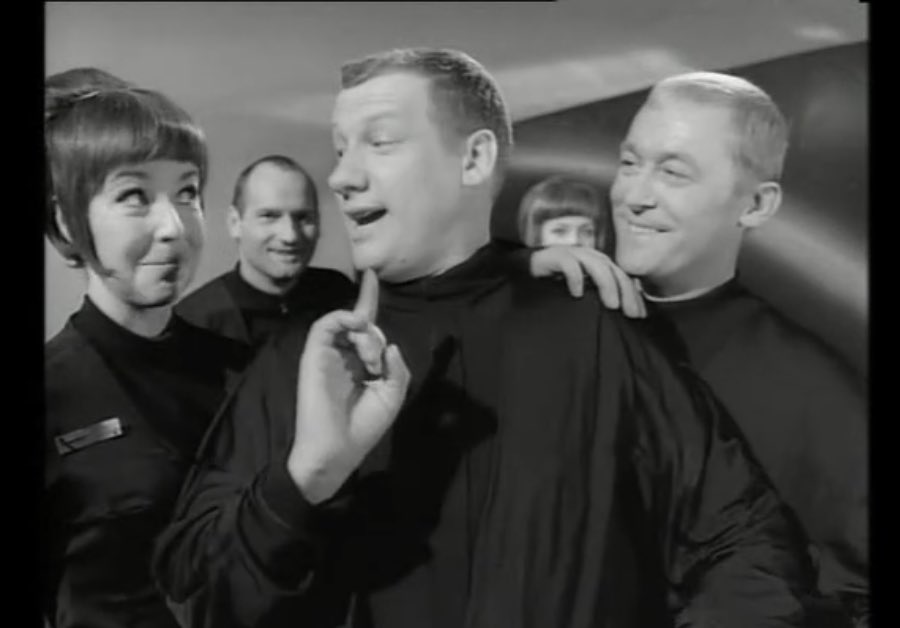
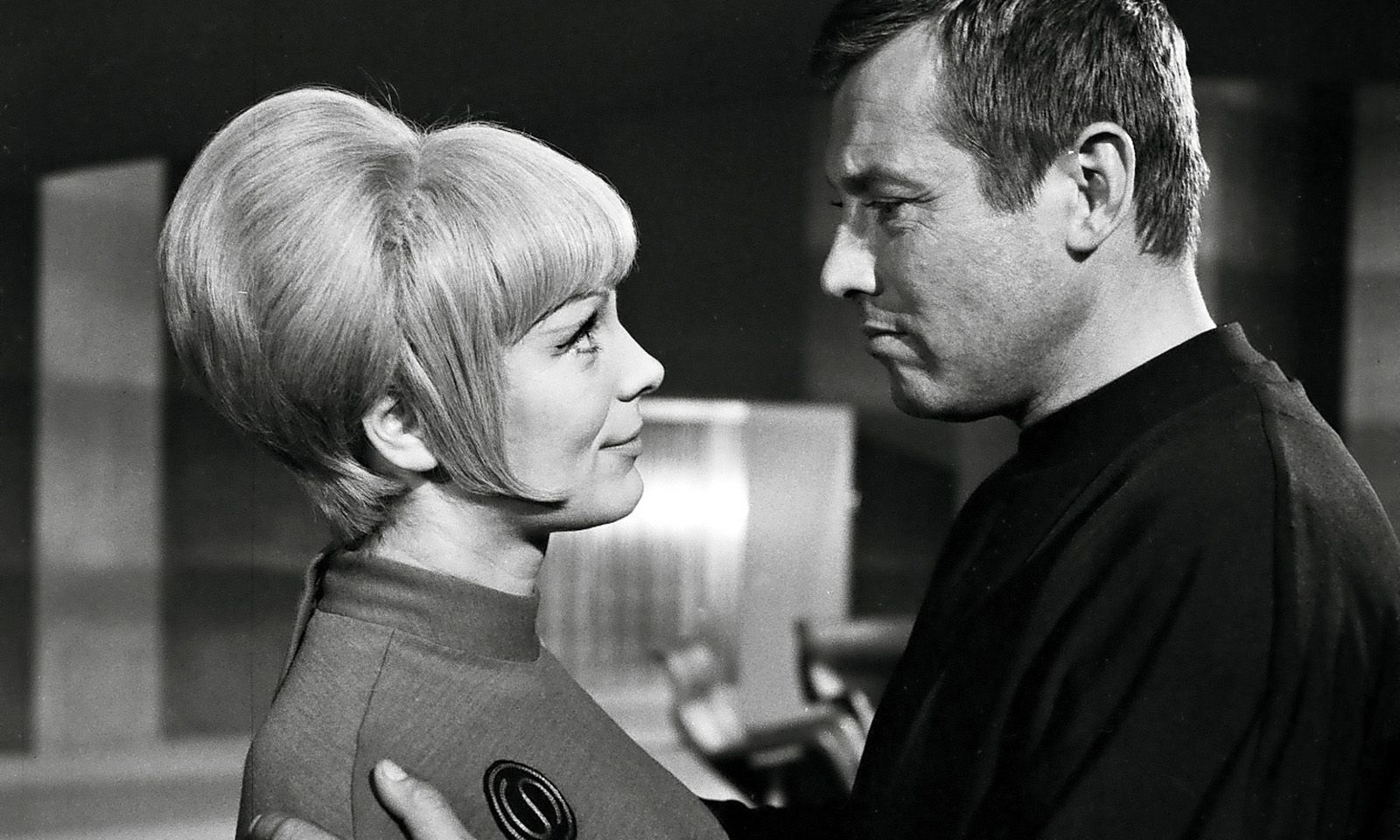






![[December 6, 1966] Welcome to the Space Prison: <i>Space Patrol Orion</i>, Episode 6: "The Space Trap"](https://galacticjourney.org/wp-content/uploads/2021/12/091120-1731-orion-672x372.jpg)
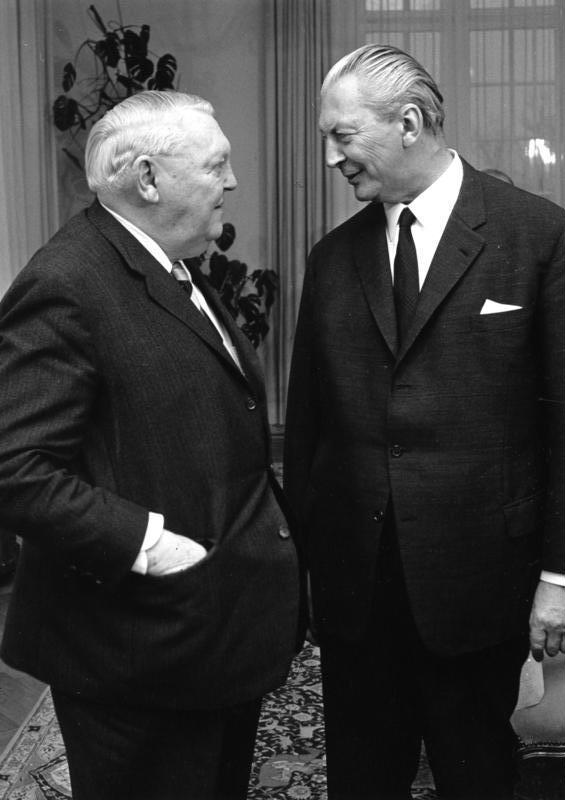

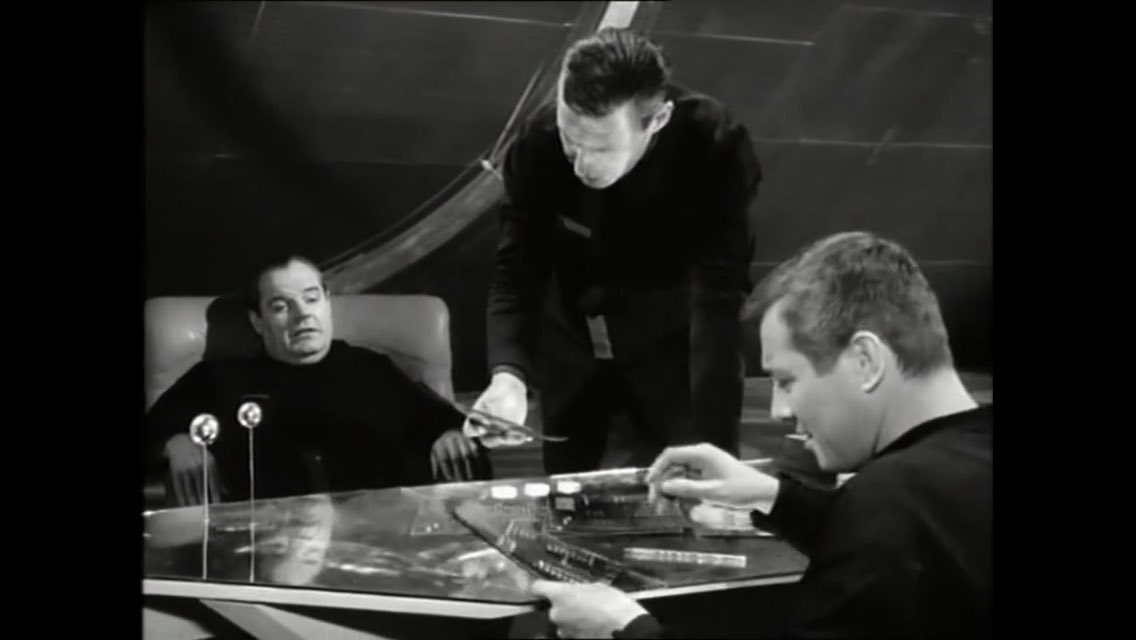
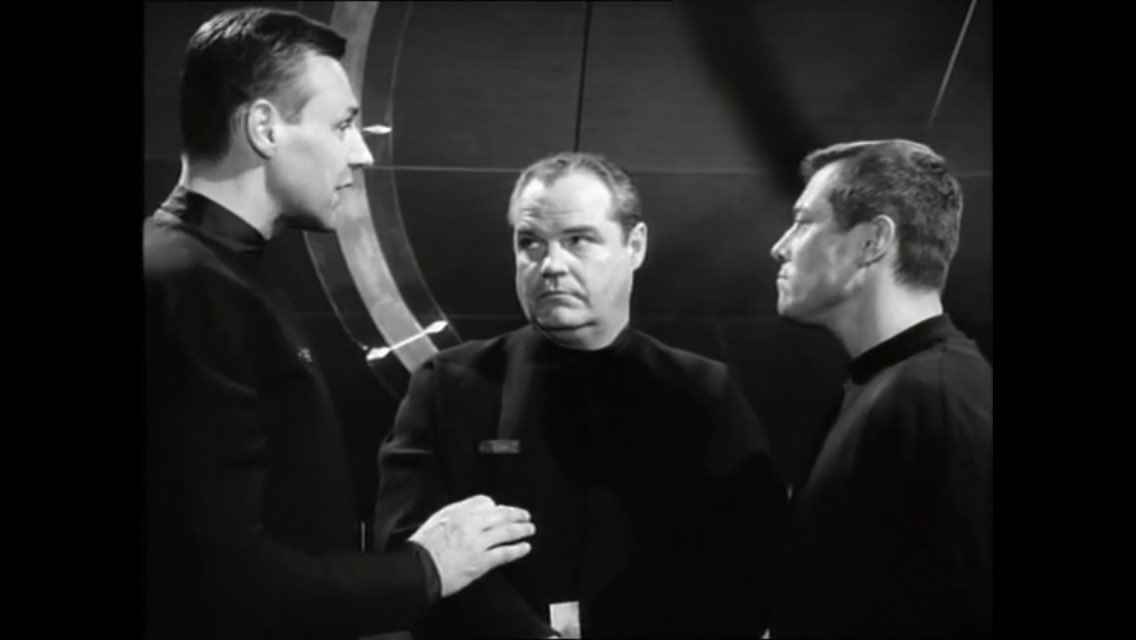
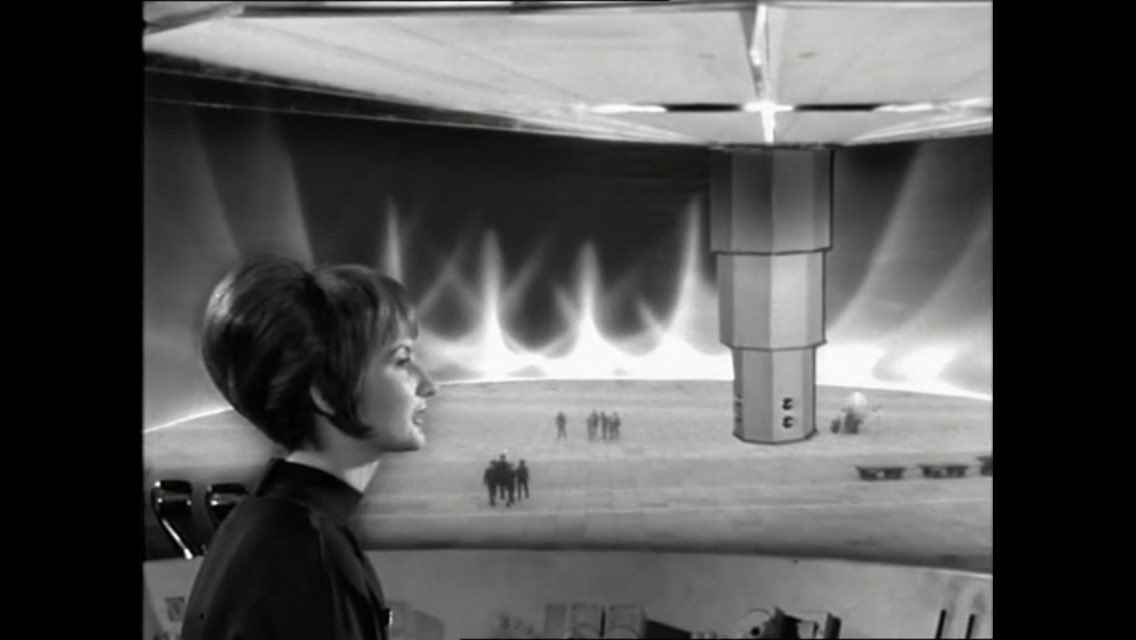

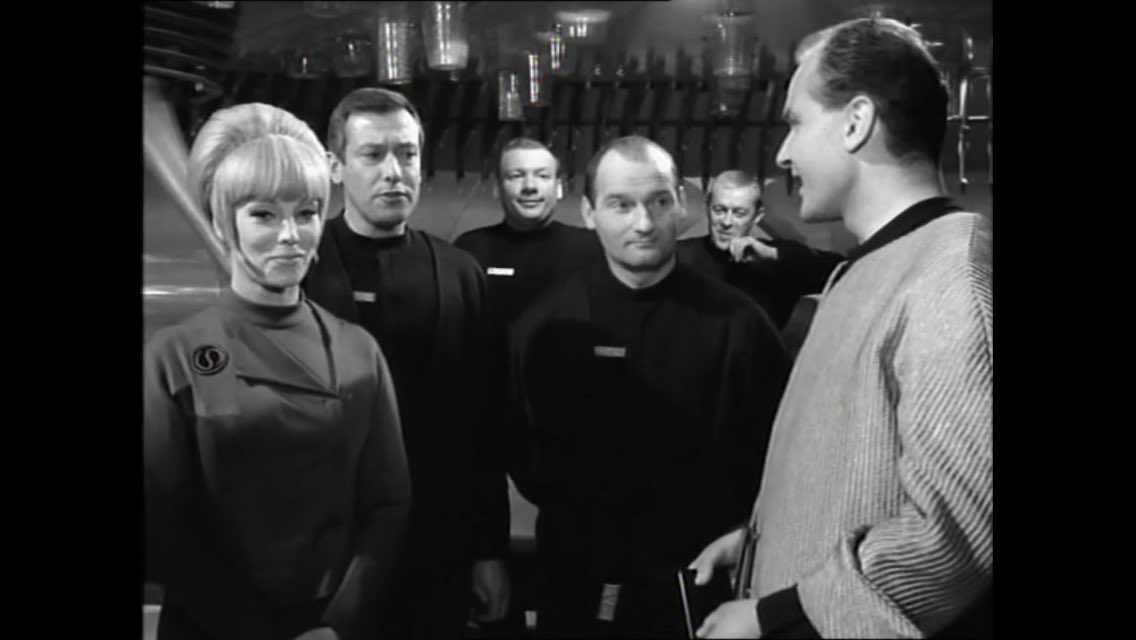
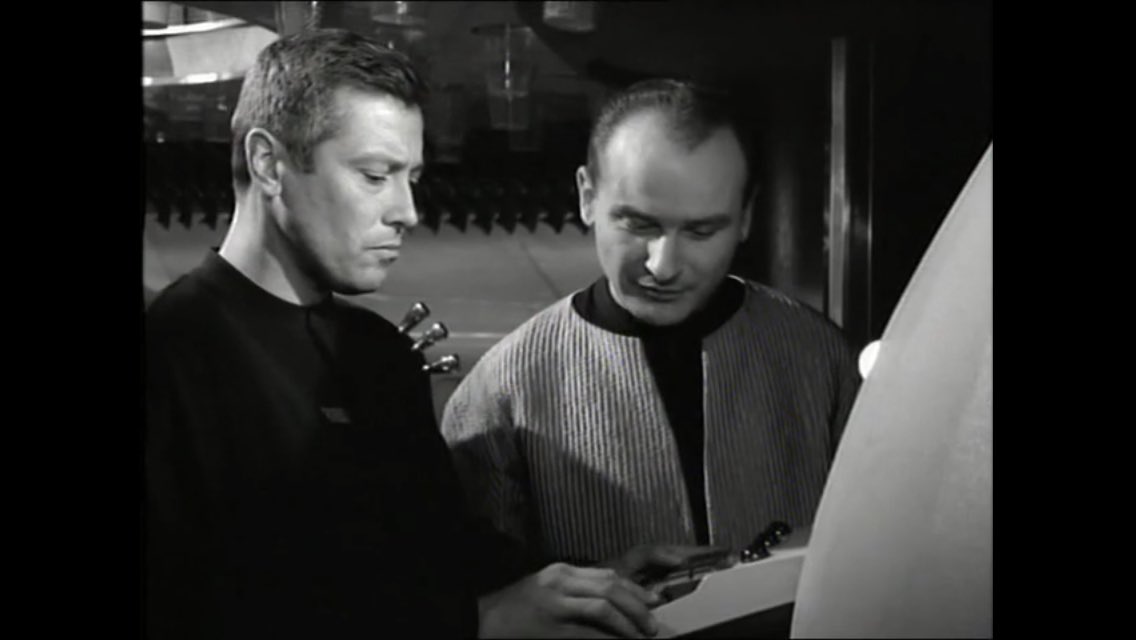
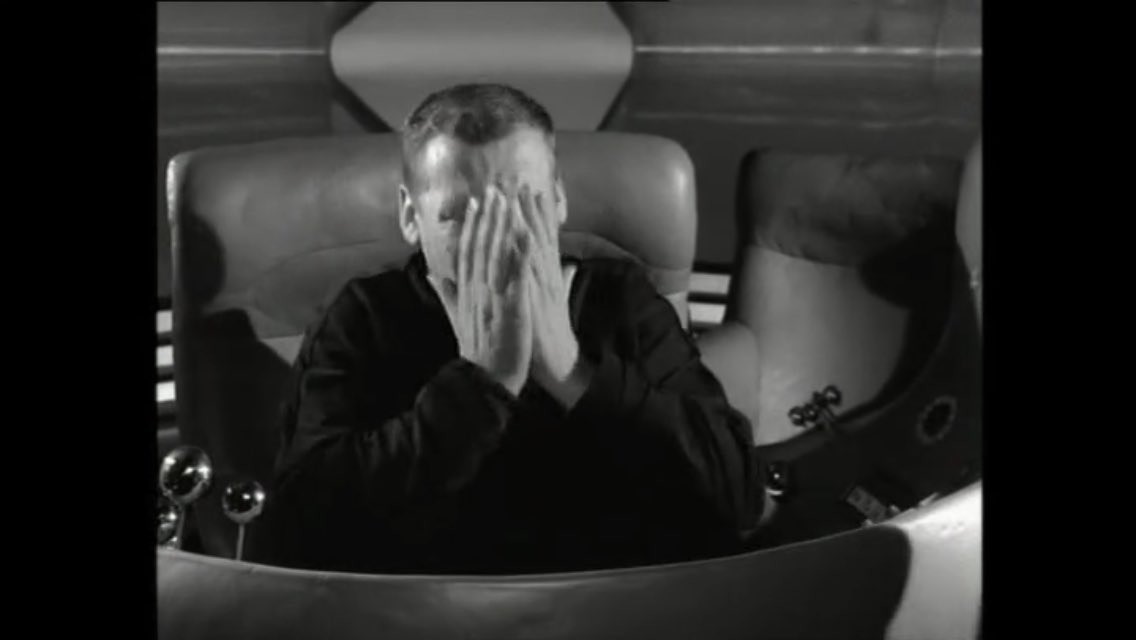
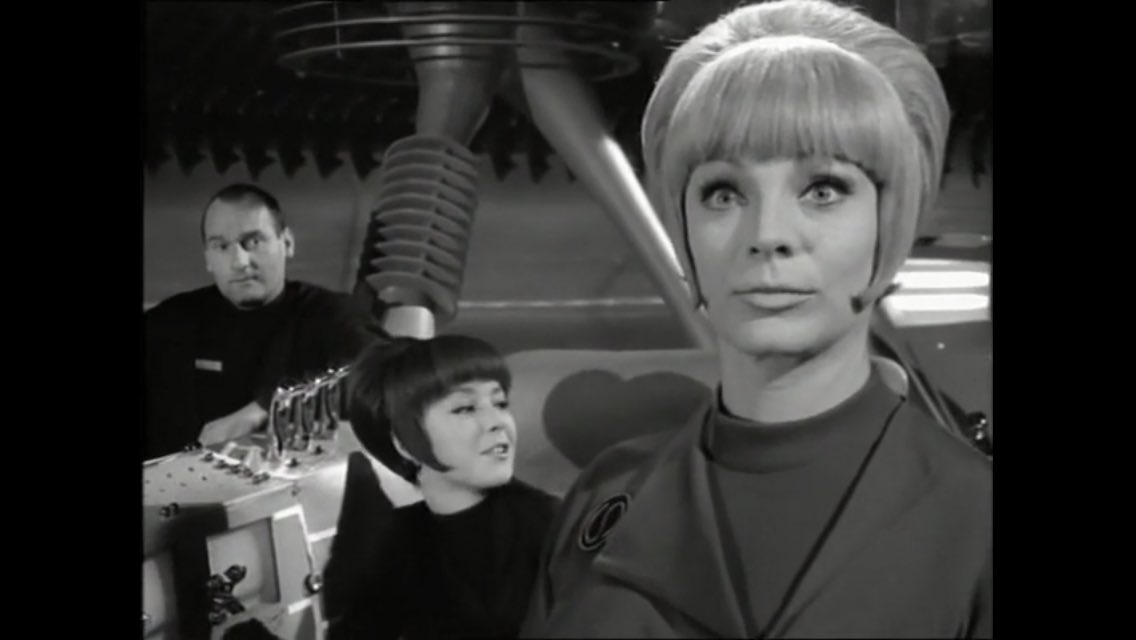
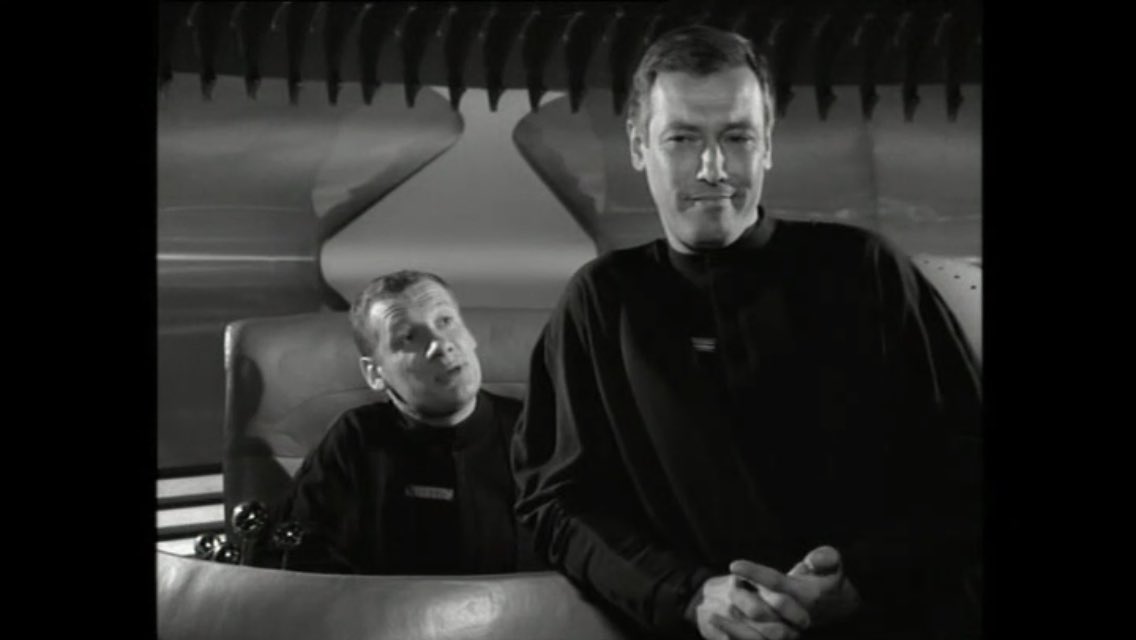


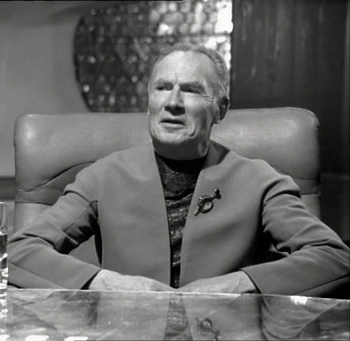


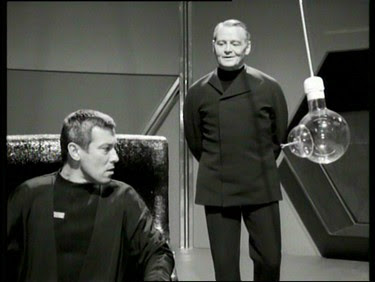
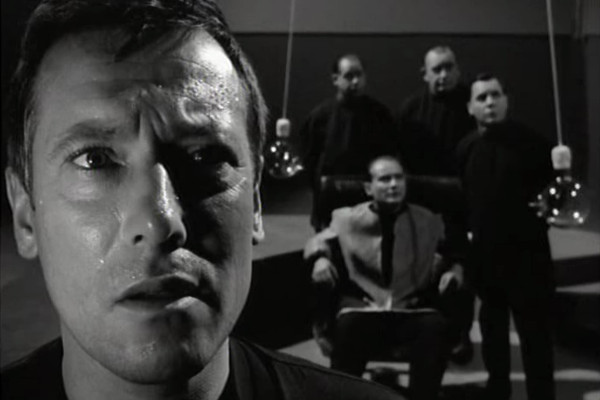
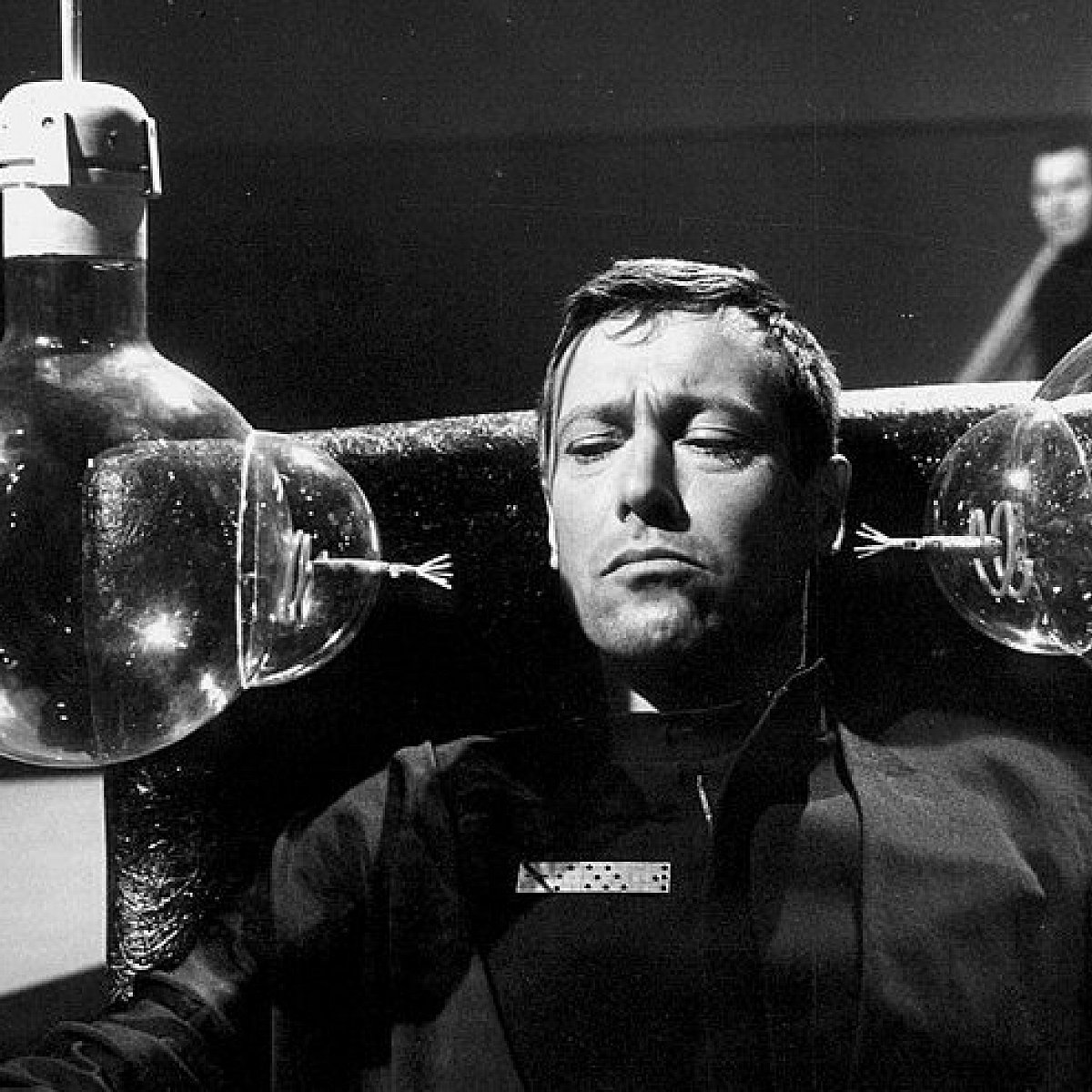
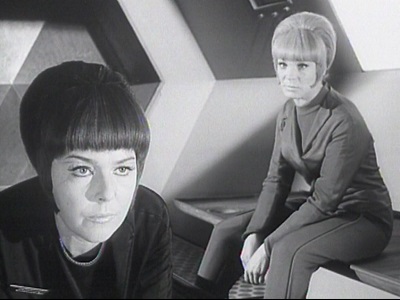
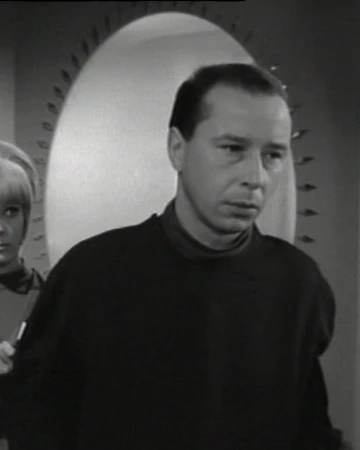
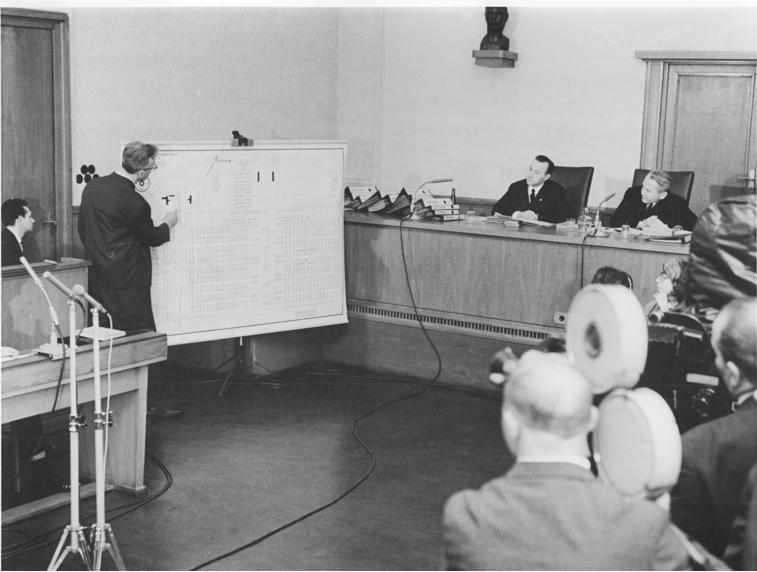
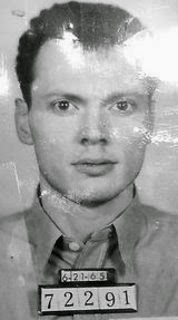
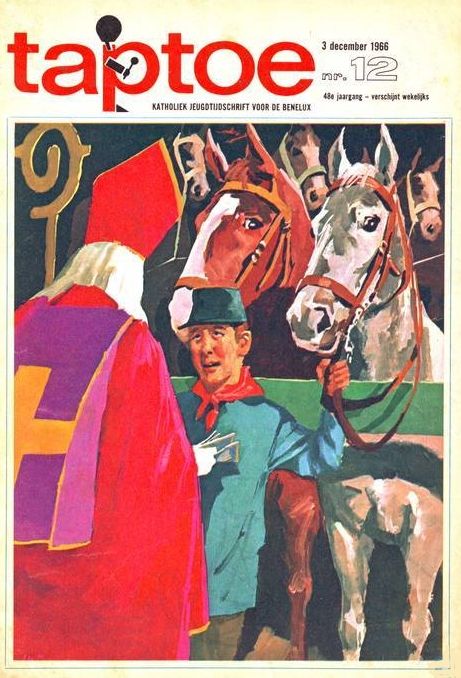
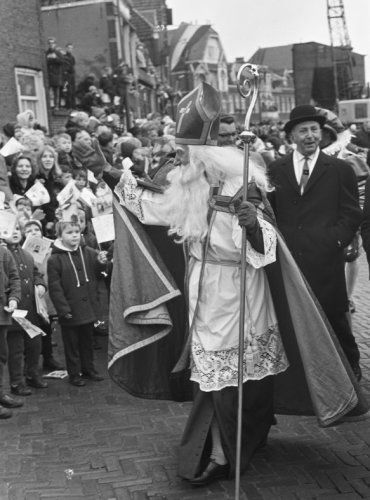


![[November 18, 1966] Environmental Disasters and the War of the Sexes: <i>Space Patrol Orion</i>, Episode 5, "Battle for the Sun"](https://galacticjourney.org/wp-content/uploads/2021/11/bb8a1e7c8e28399a08522ff2dc9b9cff-672x372.jpg)
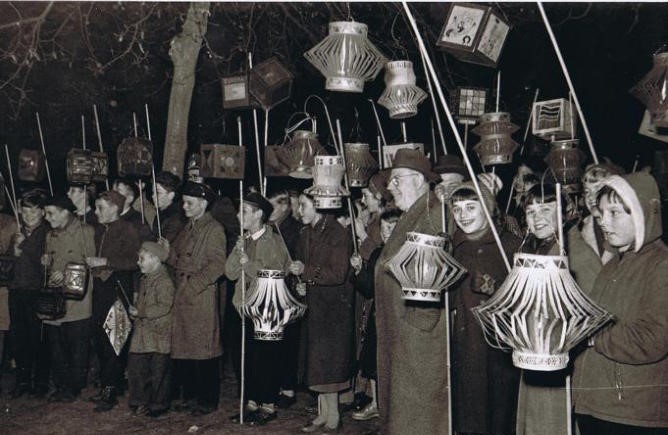
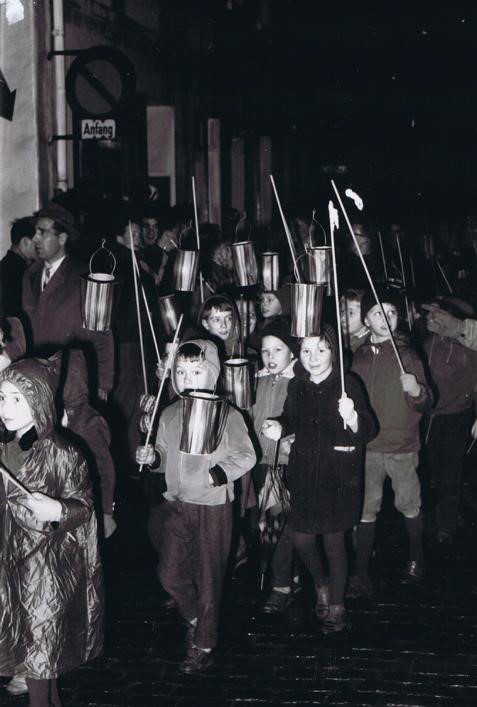
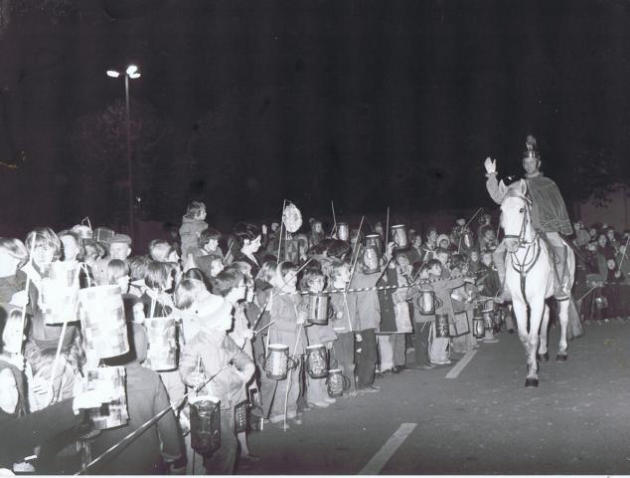

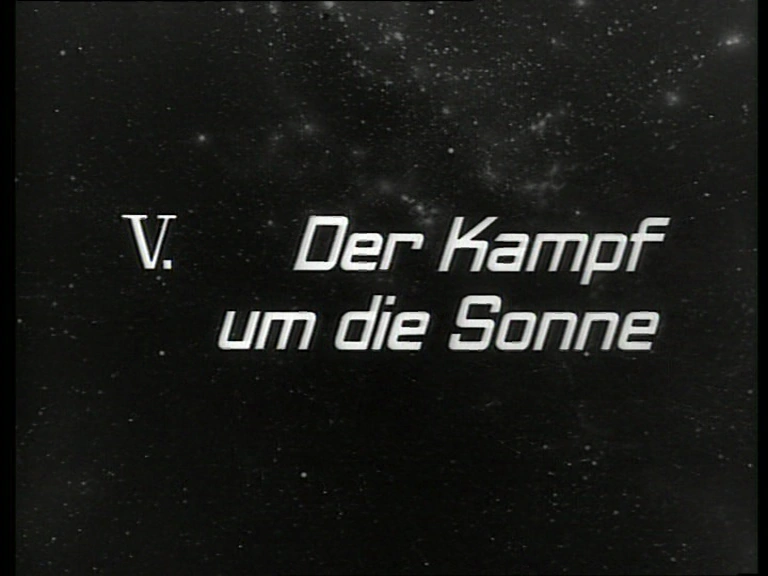
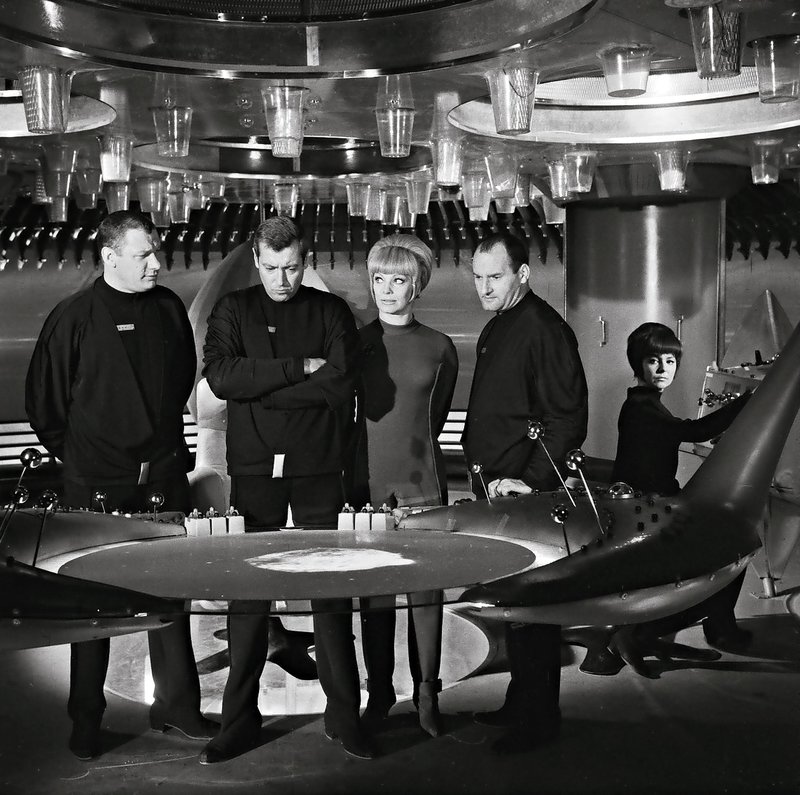
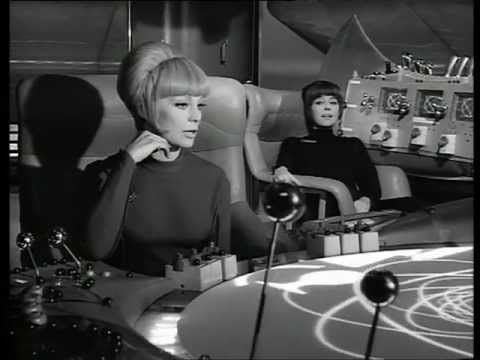
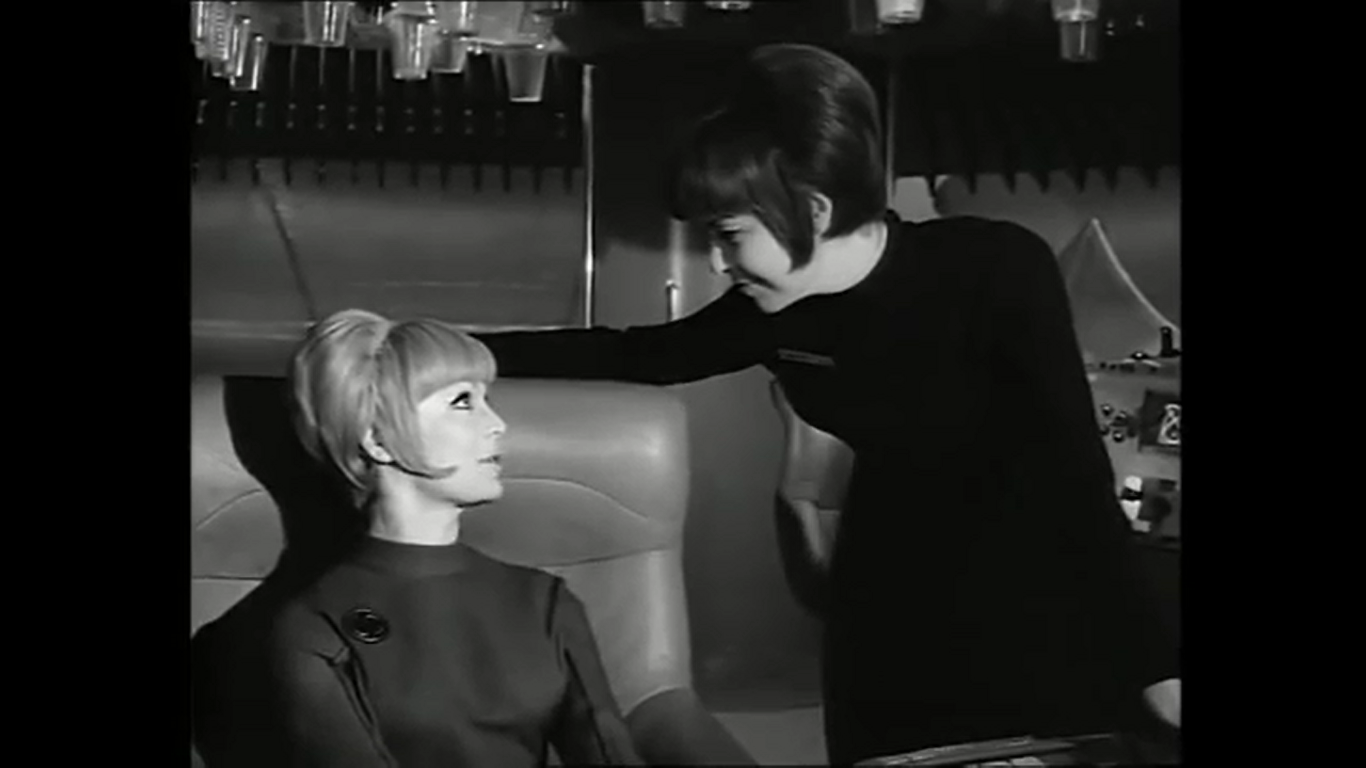
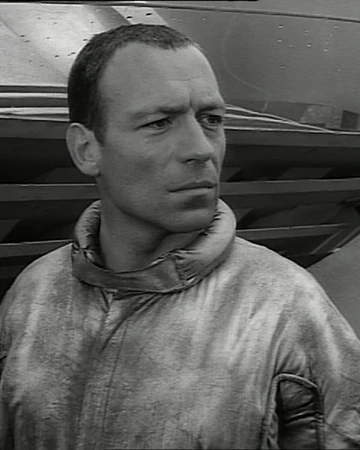


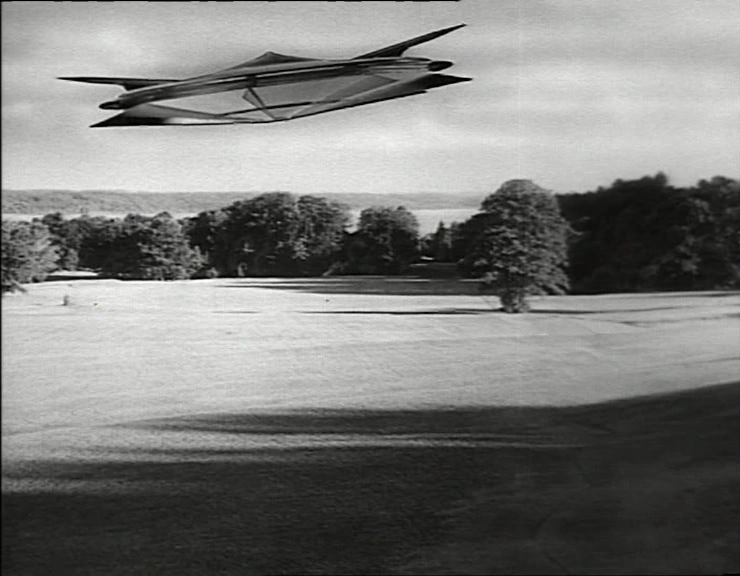
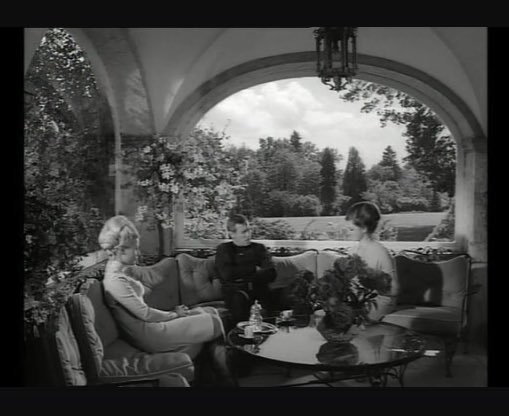

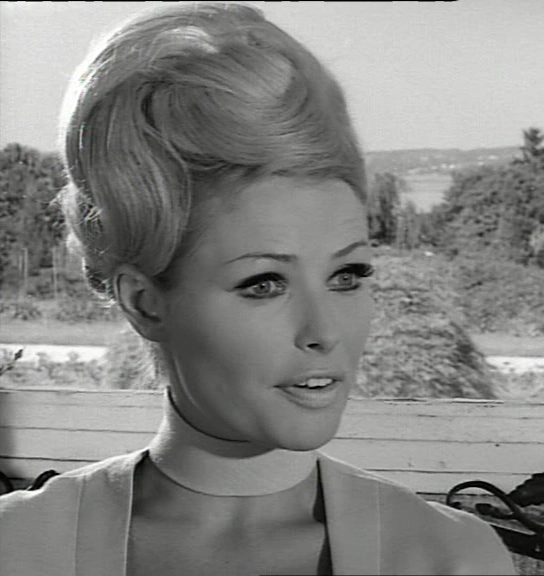
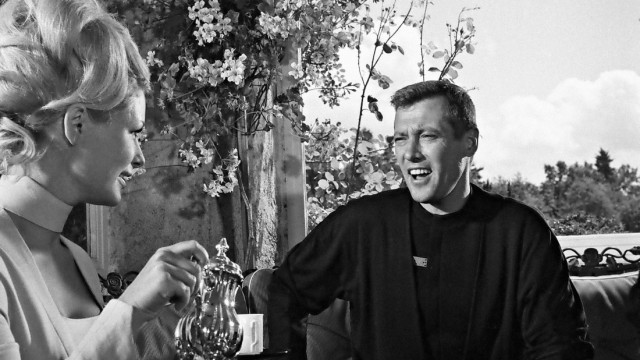
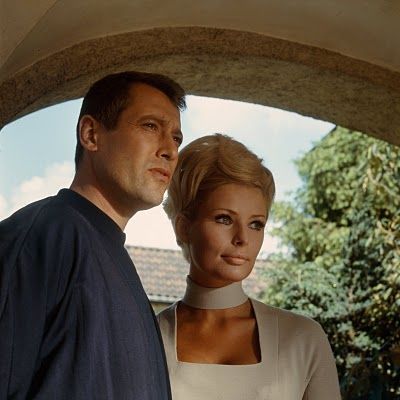
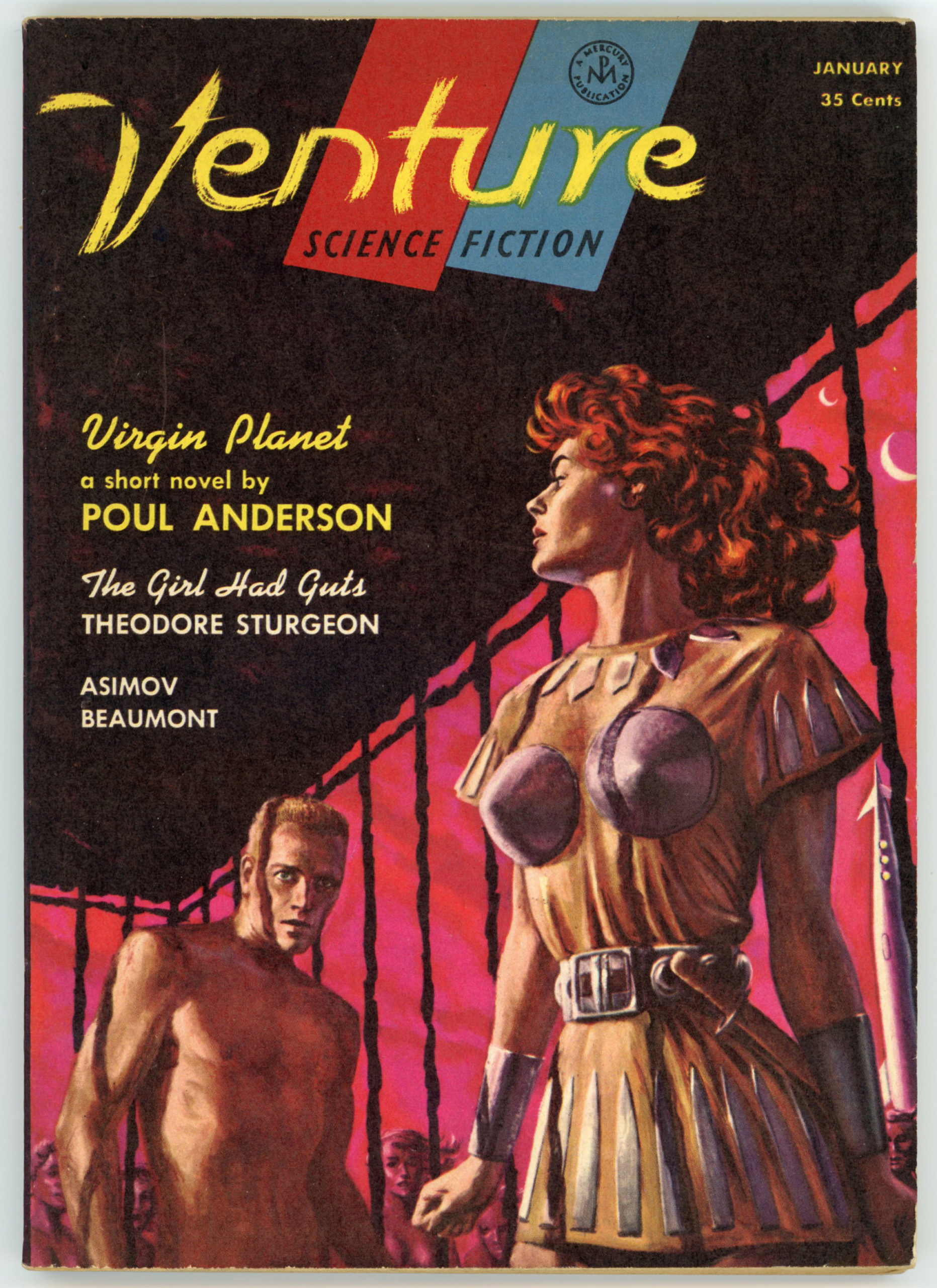
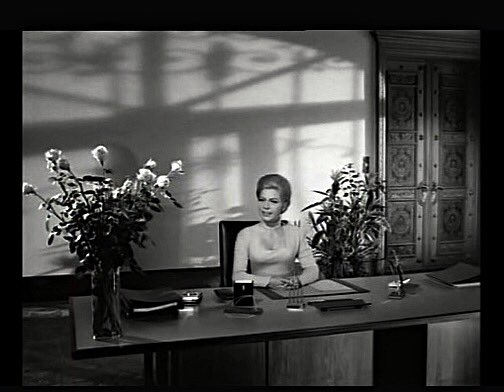
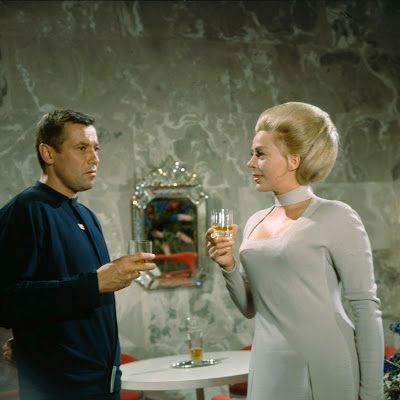
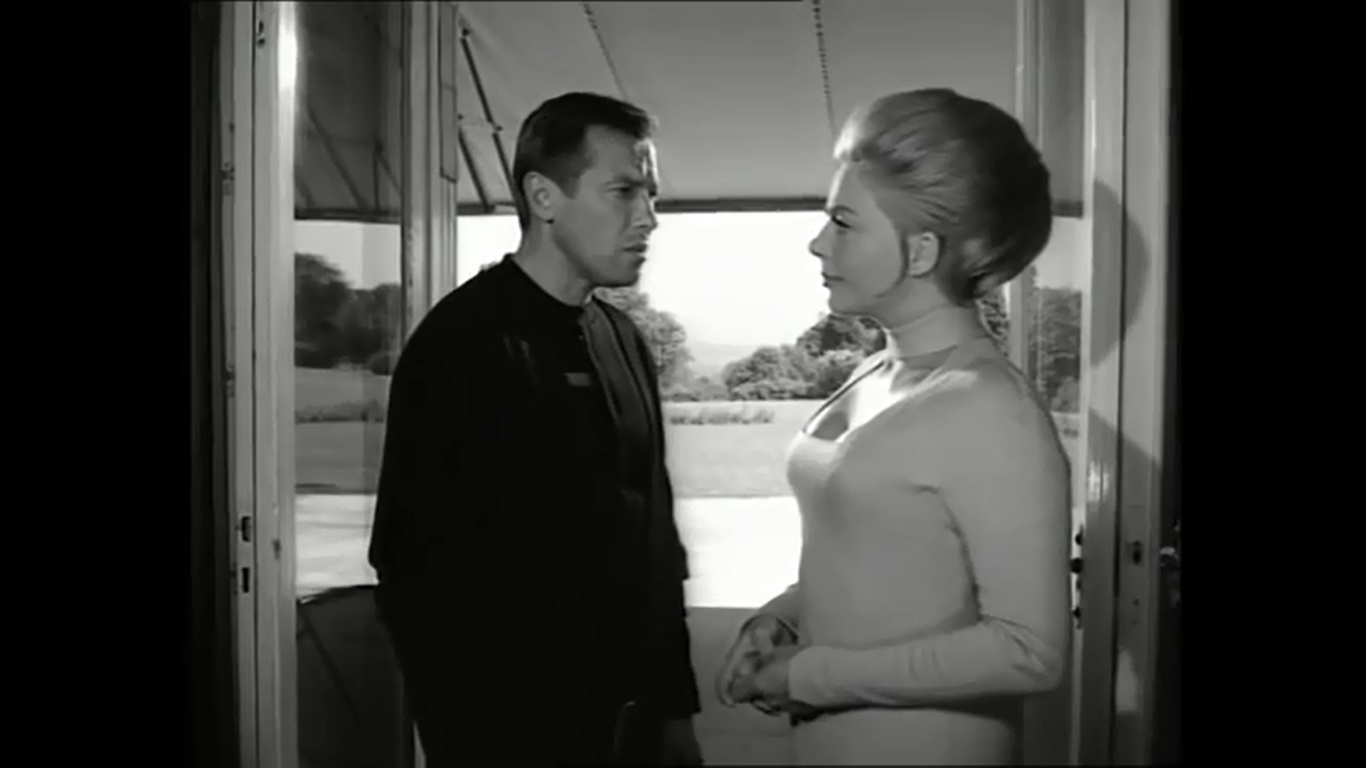
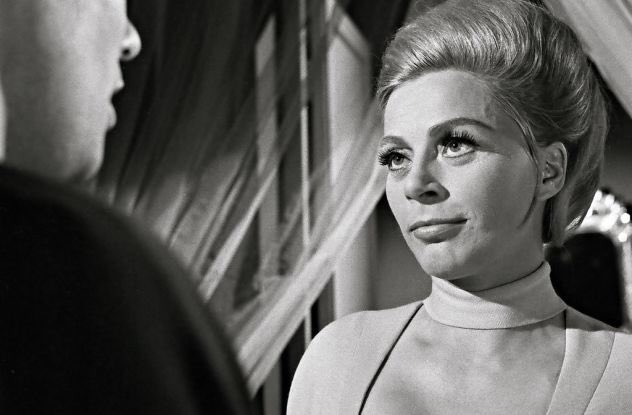
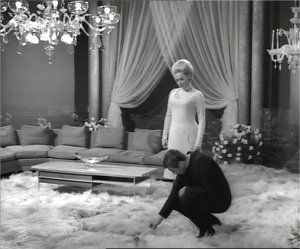
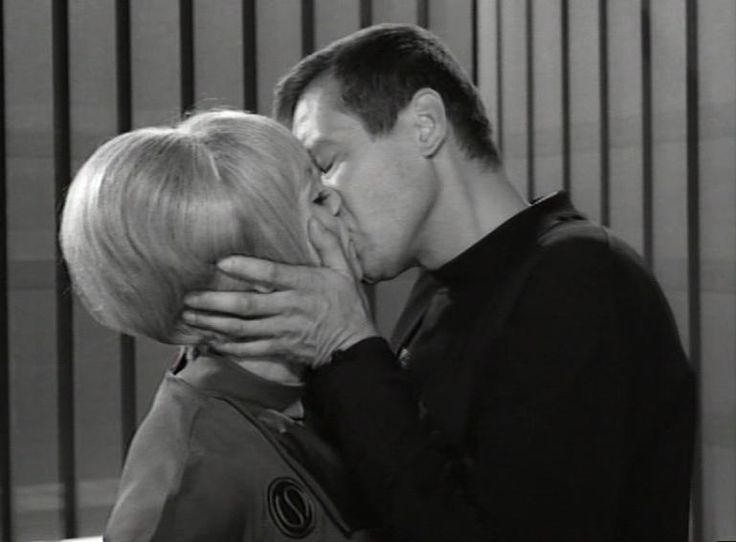
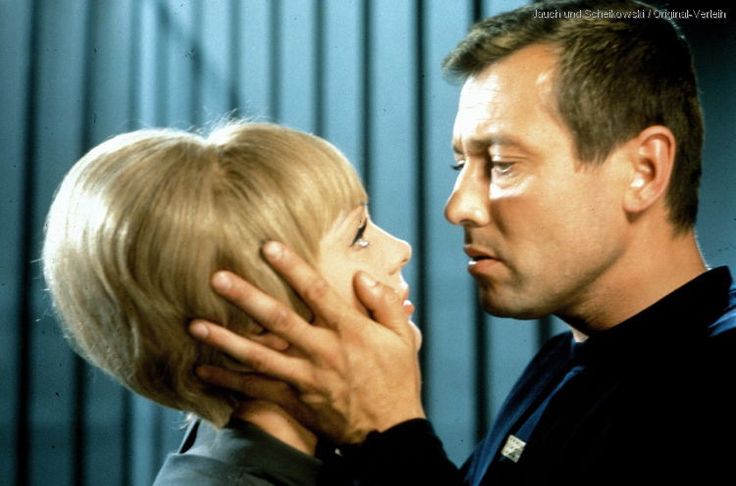

![[November 8, 1966] Paranoia and High Treason: <i>Space Patrol Orion</i>, Episode 4: "Deserters"](https://galacticjourney.org/wp-content/uploads/2021/11/orion-41-490x372.jpg)
